









WILLIAM (SANDY)
WILLIAM (SANDY) W. MCALLISTER, JR.
WILLIAM (SANDY)
RICHARD (RAD) A.
RICHARD (RAD) A. DETAR
RICHARD (RAD) A.
RYA N D. SHOWALTER
RYA N D. SHOWALTER
RYA N D. SHOWALTER
DOUGLAS S. WA LKER
DOUGLAS S. WA LKER
TIMOTHY J. OURSLER
DOUGLAS S. WA LKER
TIMOTHY J. OURSLER
TIMOTHY J. OURSLER
ADAM M. LY NN
ADAM M. LY NN
ADAM M. LY NN
STEVEN A. BROWN
STEVEN A. BROWN
DEMETRIOS G. KAOURIS
STEVEN A. BROWN
DEMETRIOS G. KAOURIS
DEMETRIOS G. KAOURIS
JANINE EVANS WOLFORD
JANINE EVANS WOLFORD
JANINE EVANS WOLFORD
BRENDAN S. MULLANEY
BRENDAN S. MULLANEY
BRENDAN S. MULLANEY
MICHELLE DiDONATO
MICHELLE DiDONATO
CHARLES T. CAPUTE
MICHELLE DiDONATO
CHARLES T. CAPUTE
VINCENT A. DONGARRA
CHARLES T. CAPUTE
VINCENT A. DONGARRA
VINCENT A. DONGARRA
STRIDER L. DICKSON
STRIDER L. DICKSON
STRIDER L. DICKSON
SARAH A. BAUGH
SARAH A. BAUGH
JOHN N. COSTELLO
SARAH A. BAUGH
JOHN N. COSTELLO
ANTHONY P. KUPERSMITH
JOHN N. COSTELLO
ANTHONY P. KUPERSMITH
CHRISTOPHER J. MINCHER
ANTHONY P. KUPERSMITH
CHRISTOPHER J. MINCHER
CHRISTOPHER J. MINCHER
KIRBY L. HOPKINS
KIRBY L. HOPKINS
MATTHEW A. PEARL
KIRBY L. HOPKINS
MATTHEW A. PEARL
CRAIG A. SNYDER
MATTHEW A. PEARL
CRAIG A. SNYDER
CRAIG A. SNYDER
CHRISTINA J. van VONNO
CHRISTINA J. van VONNO
EDWARD H. SCHEIRER
CHRISTINA J. van VONNO
EDWARD H. SCHEIRER
EDWARD H. SCHEIRER
KAITLIN A. O'DOWD
KAITLIN A. O'DOWD
KAITLIN A. O'DOWD










COVER STORY:
Reeling in adventure
Megan Watts relishes the Shore’s playground


Consummate outdoorsman 28
PROFILES: Rennie Gay
SHOP TALK:
‘I think we just bought a restaurant’
The story of a Hoopers Island staple


Imani Black’s love of water and how it grew into a foundation 42
WAYFARING:
Minorities in Aquaculture
ATMOSPHERE: Caroline County Shooting Preserve
A family focused on premier upland hunting


STRANGE TAILS: Yellow perch fishing A Chesapeake Bay sporting delight


SHORE ROOTS: Clay target group offers high school students more than competition A unique opportunity to compete as a team and individually























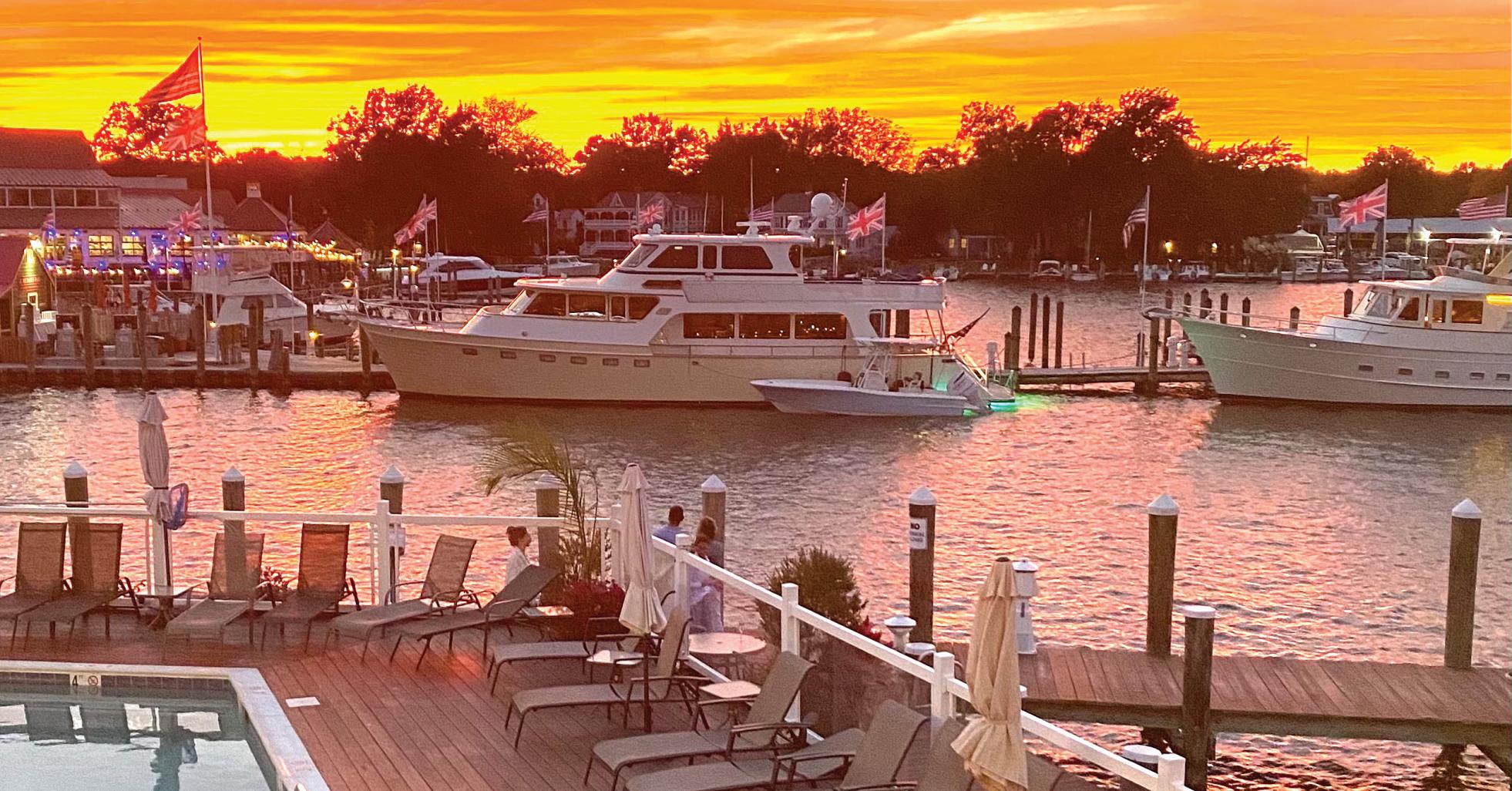





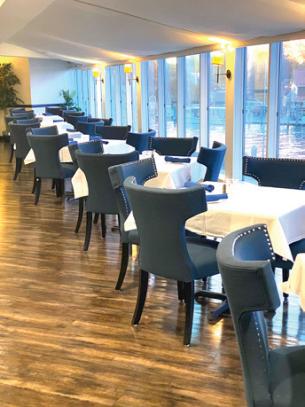

Is there an element to sporting life that is your favorite? One of my favorites is fishing, but probably more so from what else came with it.
Growing up, each year the church I was attending would go on a camping trip, just for dads and their sons. It was one of my favorite things to do each spring. We would load up my dad’s Oldsmobile Friday after school and drive the 20 or so minutes to some open farmland. The excitement was immediate as we had to cross a small creek to get to our campsites, so my dad would have to hit the gas pretty hard to get through in our small car. What a rush!
Even though this was a time before cell phones, it was truly a weekend to just unplug. We would cook over the fire, fish, swim, shoot targets and more. As I am replaying these weekends in my head, I find myself wishing for these kinds of opportunities. Let’s make a pledge today, just between you, the reader, and me, that we will give ourselves this by the time next year’s edition of Shore Sporting Life publishes.
What a lineup we’ve got for you in these pages. The Shore has no shortage of incredible stories, people, places and businesses that we are just so excited to feature. The best part is knowing there are so many more wonderful tales out there and the minute this finishes on the printing press we will be counting down the days until the next one.
So, until next time…
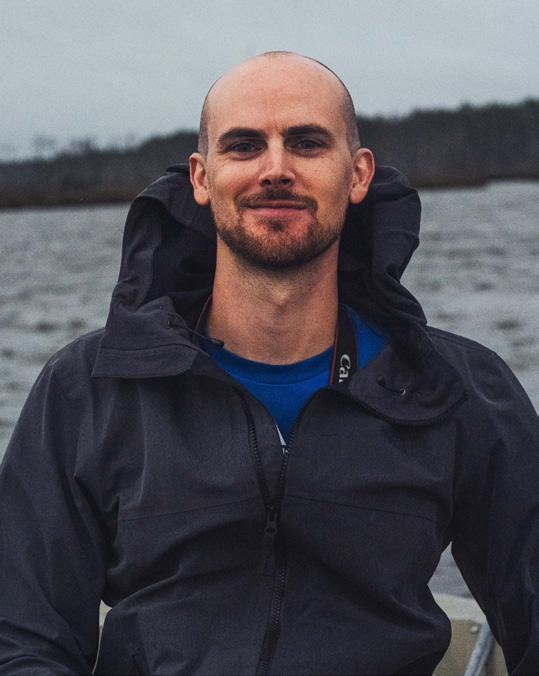
Regional President Orestes Baez
Editor Eli Wohlenhaus ewohlenhaus@chespub.com
Assistant General Manager, Sales Betsy Griffin 443-239-0307
Regional Advertising Director Jo Ann Geiger jgeiger@chespub.com
Director of Marketing
Kristi English
Creative Director
Jennifer Quinn
Page Design
Jennifer Quinn
Meredith Moore
Editorial Liaison
Amelia Blades Stewart
Contributing Photographers
Jennifer Quinn
Cal Jackson
Arden Haley
Contributing Writers
Kenia Itzep
Amelia Blades Steward
Jordanna Garland
Tracey F. Johns
Brian Shane
Niambi Davis
29088 Airpark Drive Easton, MD 21601 www.shoremonthly.com


Shore Magazine is published by The Star Democrat. Copyright 2024.
No portion may be reproduced in whole or in part by any means, including electronic retrieval systems, without written permission from the publisher.
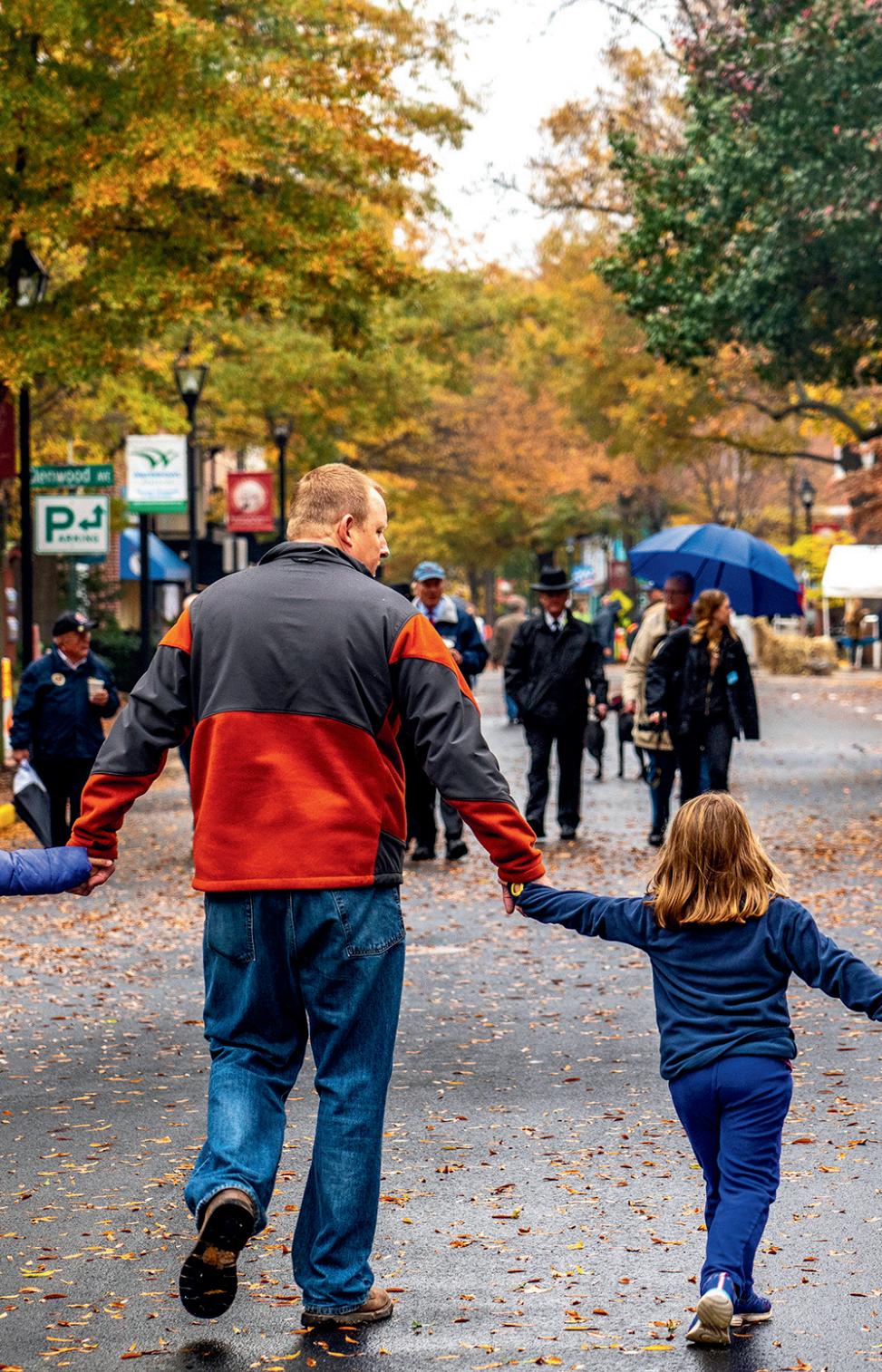



The festival is all about having fun -nom atter what your interest, there is something for you! Actionpacked venues throughout Easton, MD
November 8-10, 2024

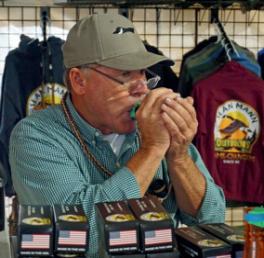

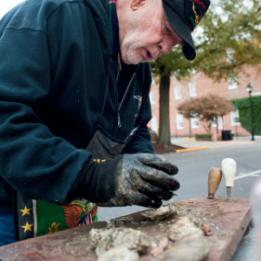

Quackin’ Trail -p ick up your trail map at any ticket booth and explore with your little ones this year!
Heritage Exhibits -Outlaw Gunner Exhibit, Artifacts, Wings over Water movie, carving demos...so much to learn
Live Music -with six stages of talent, your feet will be tapping all weekend long. Get ready to dance with us!
We’ve got the oysters -and the crabs, the crabcakes, the clam strips, the Smith Island Cake, the bbq...eating well is on the schedule everyday!
Wonder - Kids of all ages will have much to discover...plan to come for all three days to see it all!
THANK YOU TO OUR LEGACY CONSERVATION PARTNERS FROM THE STATE OF MARYLAND FOR SUPPORTING OUR FESTIVAL’ SA RT AND HERITAGE SITES















































































































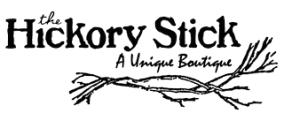















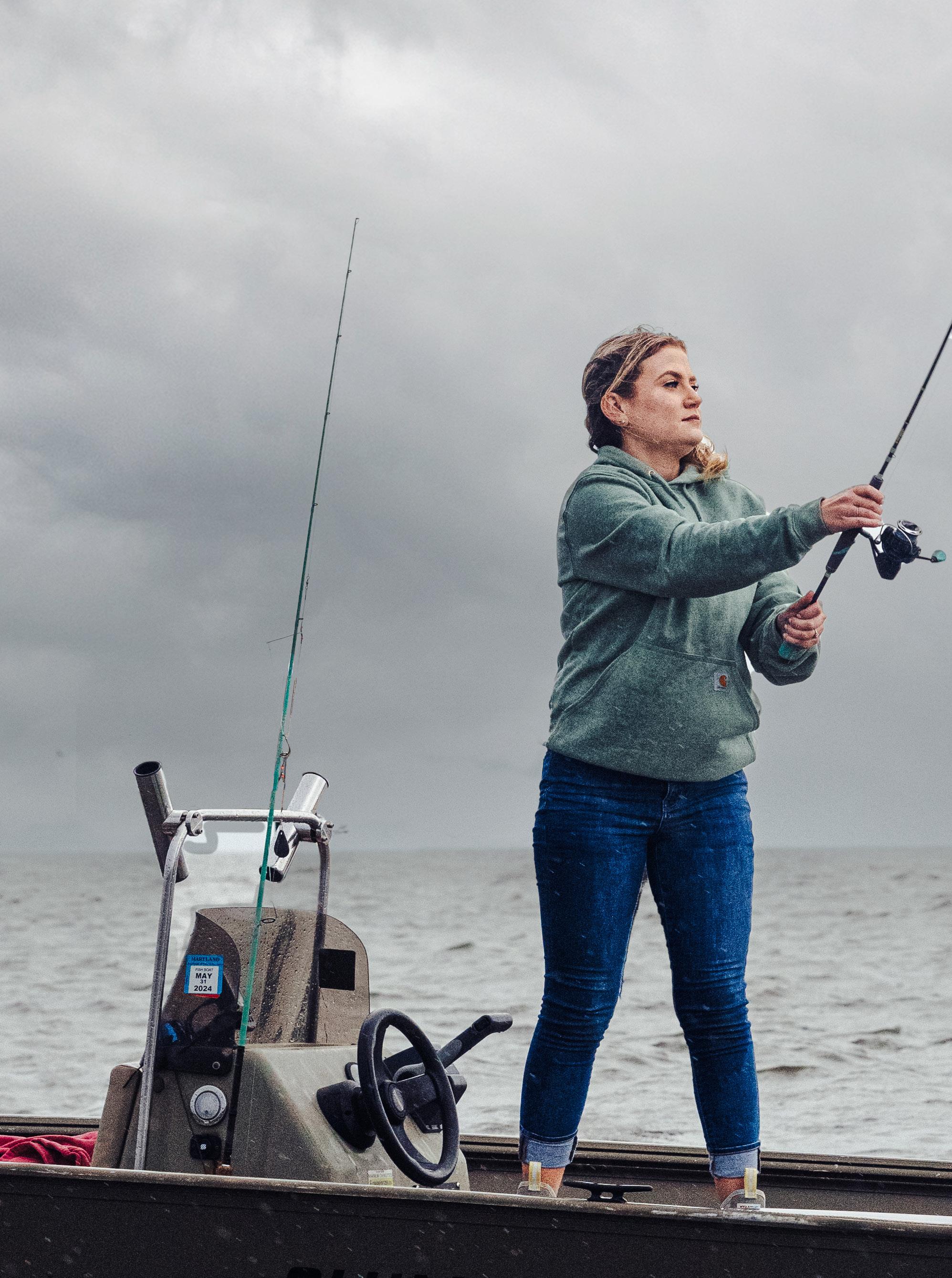
STORY BY KENIA ITZEP | PHOTOS BY JENNIFER QUINN
As the cool fall winds sweep across the Eastern Shore at dawn, most people are still snuggled in bed, savoring the last minutes of sleep. But for Megan Watts, this is the season she eagerly awaits. The
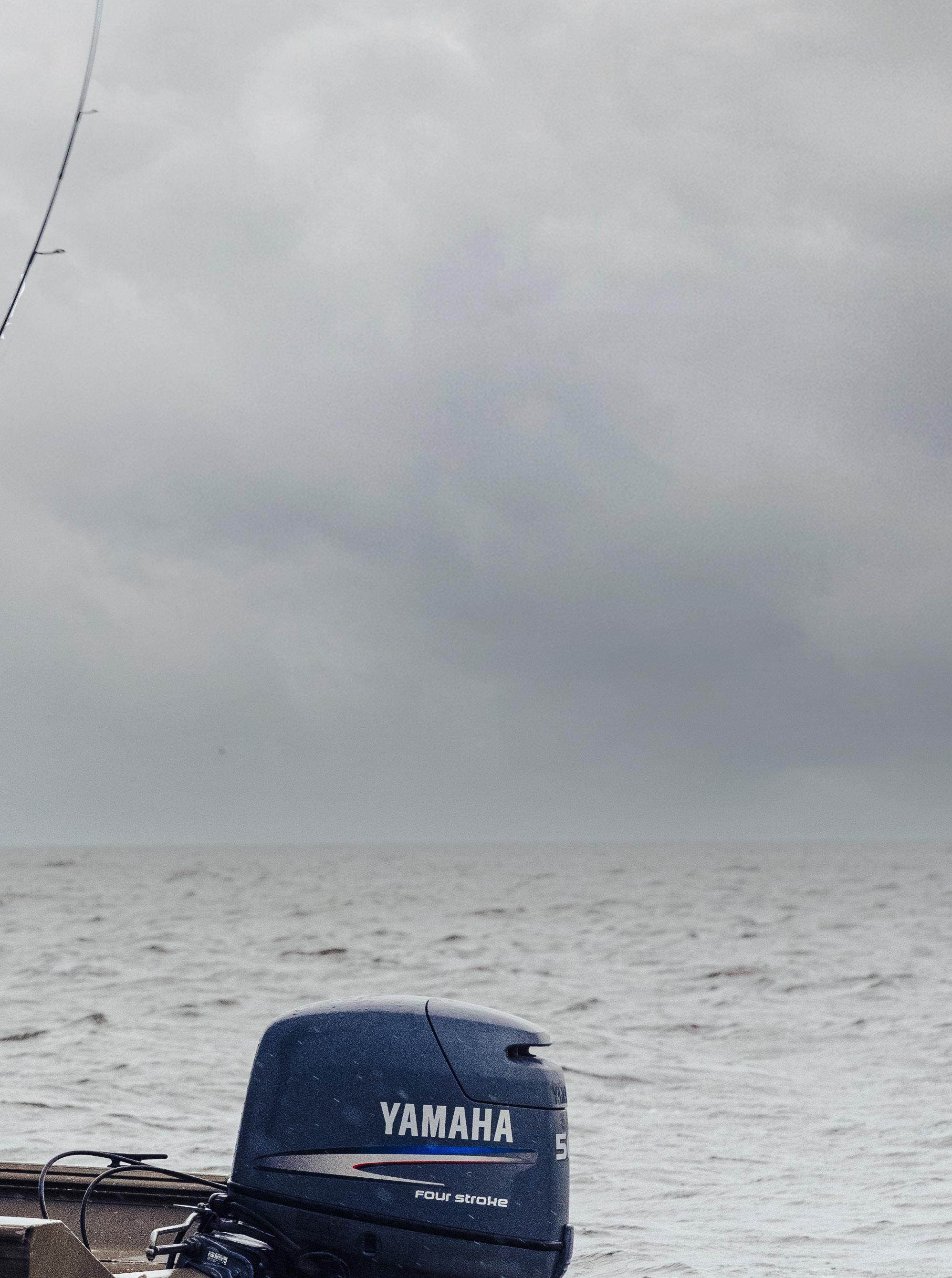
26-year-old Easton native is already up, fastening her waders and gathering her gear for the day’s hunt, her eyes sharp as she scans the sky for ducks or the ground for the elusive sika deer.
“I love the smell of a marsh with crisp fall air,” said Watts, describing the scent as “pure.”
Watts’ love for the outdoors started at just 6 years old, driven by a persistent desire to join her father on his hunting and fishing trips.
“It was to the point I was begging him,” Watts recalled, laughing at the memory of her father’s reluctant agreement to take her one day, perhaps assuming the harsh cold would send her running back home. But it didn’t. Instead, that first chilly outing ignited a lifelong passion for all things outdoors.
She fondly remembered her dad taking her on early fishing trips, catching perch or rockfish close to home. As she grew more confident, their adventures expanded to the family boat, where they spent days fishing and crabbing together. Then one day, her dad began bringing home ducks, and Watts was eager to learn how to hunt them herself.
“I wanted to go nonstop after that,” she said, recalling her initial duck hunt.
The Eastern Shore’s diverse landscape — a mosaic of marshlands, beaches, bays, rivers and dense woods — offered Watts endless opportunities to try new things.
“It’s given me a taste of every aspect of being able to do something recreationally outside,” she said.
From waterfowl, turkey and deer hunting to




fishing, there is something for everyone.
One place that holds special significance for Watts is Dorchester County. It was here, on a cold morning, that her father first took her hunting. Years later, it remains her go-to spot for outdoor pursuits, a location rich with memories and ripe for new experiences.
Watts recalled her most exhilarating memory when her dad and his friend took her goose hunting. Her dad had stepped out of the blind to use the bathroom, and his friend called some geese for her.
“I shot one, and he kept saying, ‘shoot again, shoot again, shoot again!’ she recalled. So she did. The memory of dropping two geese in one trip was a highlight of her hunting adventures, especially since the limit for geese is only one now.
But it’s not just hunting that brings her joy. Watts is equally passionate about fishing, with one of her favorite moments being the day she reeled in a massive rockfish on the bay. “There’s just something about reeling a big fish and everyone is just hootin’ and hollerin’… your adrenaline is running because you never know when that hook could just snap off. The fish could do one wrong twist and bam, it’s gone,” she said.
Beyond all the excitement, her love for the outdoors has come with challenges. As a woman in a predominantly male community, it’s been a hit-or-miss experience.
“You’re not really as respected as a man would be… They think because you’re a woman, you don’t really know what you’re doing,” she admitted.
On more than one occasion, she’s had hunters range shot over top of her as if unaware of her presence. Still, she’s been quick to brush it off, choosing to keep doing what she loves.
Her advice for young women interested in hunting and fishing is simple: find someone you trust to show you the ropes. Learn from them and don’t be afraid to ask questions.



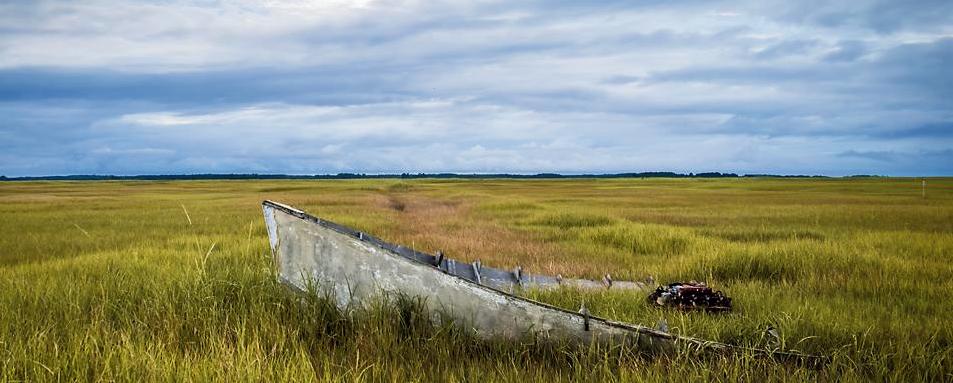
Th eW ate rfowl Fes tiv al offe rs nu me rou so por tu ni tie st op urcha se ar t, wh ich ca nb ea va lu ab le as set for yo ur fa mi ly’s po rtf oli o. Ea ch wo rk of ar ti sa gi ft to ch eri sh.
Ad mir ing th eb ea ut ya nd var iet ya ll ar oun du si nt he na tural wor ld re mi nd s us wh yw ew or ks oh ar de ac hy ear to do what we do .I fy ou lo ve wid eo pen sp ac es an dt he an im al st hat li ve in th em ,y ou wi ll he lp us ca re fo rt he m.


THANK YOU TO OUR LE GACY CONSERVATION PARTN ER FOR SUPPORTING OUR ART PAVILIONS FO RA LL TO EN JO Y




“The worst anyone can say is no,” Watts said.
Despite the challenges, Watts is encouraged by the growing number of women embracing outdoor sports. She mentioned big-game hunter and influencer Eva Shockey, daughter of famous hunter Jim Shockey, as a source of inspiration. Watts, too, has gathered a following on Instagram under WaterFowlQueen and is a model and ambassador for Banded Hunting Gear and other companies.
For Watts, the outdoors isn’t just a hobby; it’s a spiritual experience.
“You shouldn’t have to go to church to believe in God,” she reflected. “Sitting outside with God’s creations is another aspect of it.”
Her respect for nature is evident in how she hunts and fishes, always mindful of her actions.
Watts spoke highly of organizations like Ducks Unlimited and the National Wild Turkey Federation in their environmental efforts and their attempt to reach younger hunters.
“Ducks Unlimited is huge in supporting the youth and introducing them to the outdoors and teaching them the importance of having and protecting our environments,” she said.
You shouldn’t have to go to church to believe in God...
Sitting outside with God’s creations is another aspect of it.





Watts’s fiancé has joined her in these outdoor pursuits, adding a new layer to her outdoor adventures. He encouraged Watts into deer hunting a few years ago and it’s been special to her to share their first experiences together, like shooting their first big buck or sika deer.
Looking ahead, Watts hopes to explore new hunting opportunities, like going after a six-point sika stag on public land or catching a roosterfish native to Mexico.
As the seasons continue to shift and the Eastern Shore landscape transforms, so do the opportunities for Watts to connect with the land she loves. She also plans to pass on her passion for the outdoors to her future kids.
For Watts and many others, the Eastern Shore is more than just home — it’s a vital part of their identity and a source of inspiration that fuels their love for the natural world. S












































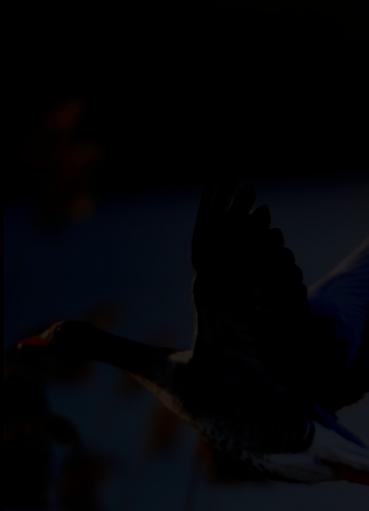

















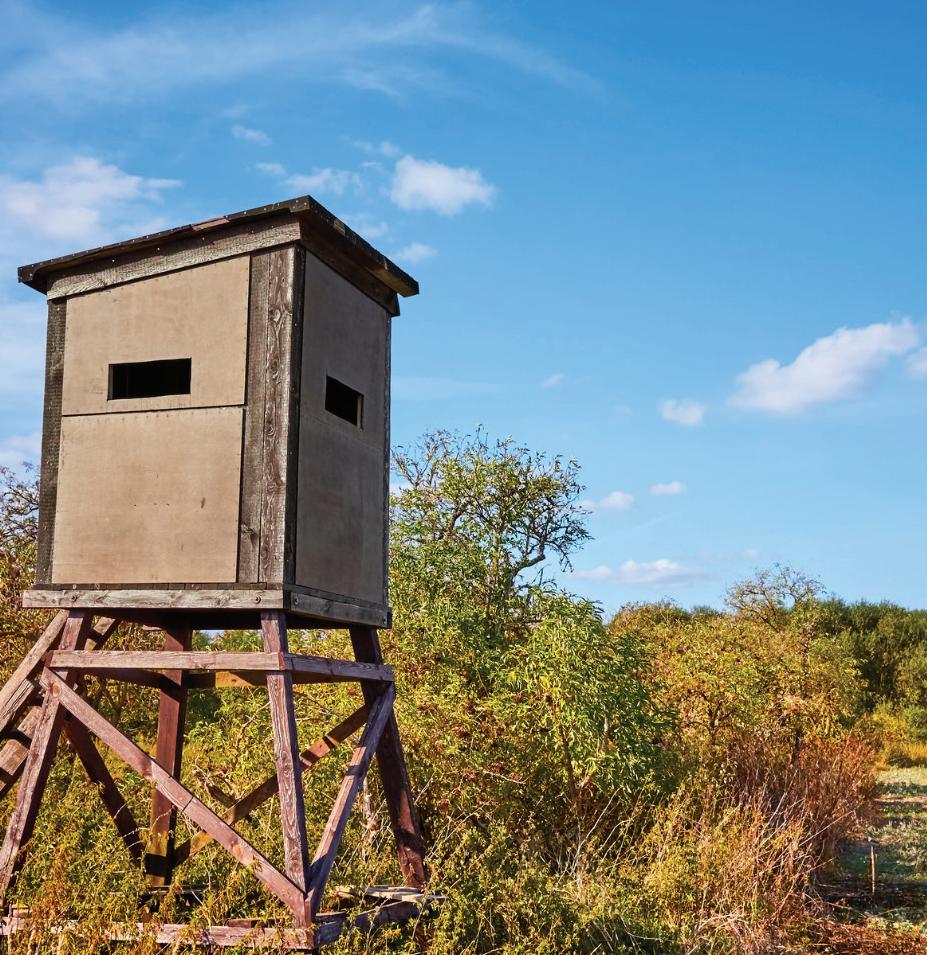





























STORY BY AMELIA BLADES STEWARD
Gay’s Seafood in Easton has been on most locals' radar since it opened in 1915. Generations of families have relied on the business, located down the gravel driveway at Easton Point, for crabs and oysters for family gatherings for decades. But the story behind the owner, Rennie Gay, runs deep into Eastern Shore’s hunting traditions and how the outdoorsman makes a living today.
“My grandparents, Lawrence and Mary Gay, raised me,” Rennie Gay reflected. “My grandfather was a waterman, so I learned about hunting and crabbing from him. He owned property at Easton Point where he operated his business.”
Gay said when he was 16 he had a work study period in the mornings at school he would use to go hunting before going to classes in the afternoon.
“I met Bill Myers and started taking hunting parties on his farm in Oxford,” he said. “He often brought his business associates to hunt his farm in Talbot County. He taught me a lot.”
According to Gay, the 1980s were when goose hunting was at its best on the Shore. By 1995, however, the Maryland Department of Natural Resources implemented a moratorium on the hunting of migratory Canada geese because the number of migratory geese was declining due to bad weather and overharvesting. This ended what the Washington Post reported was a $40 million industry for Maryland. This moratorium was later lifted beginning with the 2001/2002 hunting season but remains tightly regulated today.
PHOTO BY CAL JACKSON


‘‘
It’s hard making a living with the new limits...
“It’s hard making a living with the new limits for waterfowl, oystering and fishing today,” he added.
Gay stayed friends with the Myers family after Mr. Myers’s death and continues to lease the farm today for goose hunting parties, along with two other farms on the Shore through his business Tidewater Guide Service. He also leases about nine other farms for deer hunting, which has become a much more profitable venture.
Along with his guide service, in 1990, Gay became the owner of Gay’s Seafood, which had been started by his grandfather’s uncle in 1915 selling live crabs and oysters and later owned by his grandfather. Once he took over the business, Gay was able to install a steamer to offer customers steamed crabs — something that he is known for across the region today. Most recently, Grammy-award nominated artist Maggie Rogers mentioned Gay’s Seafood on the Today Show as the best place to get crabs in Maryland.
It was during the 1990s that Gay also began a live eel business to meet the new growing market in Asia and Europe for this delicacy. Gay’s cycle as an Eastern Shore outdoorsman was to crab from April through
November and then oyster between September and April. In the 1980s to 1990s, oystering was mainly done by hand tonging, and this is how oysters were supplied to Gay. By 2000, Gay began working with an oyster diver, who was one of the best in the area, bringing in 30 bushels of oysters in a day.
“The diving process was more efficient than tonging,” Gay recalled. “It was one of the things I enjoyed most about this business over the years I have had it.”
Now, Gay mainly spends time running Gay’s Seafood and taking out hunting and fishing parties through Tidewater Guide Service. He has seven deer guides and four waterfowl guides and hunts on leased farms between St. Michaels and Church Hill. Hunters provide their own guns, shells, and gear and need to apply for all the necessary hunting licenses, and Federal and Maryland stamps. Hunting is available Monday through Saturday with no hunting on Sundays in Maryland. Hunters can bring their own dogs or hunt with Tidewater’s dogs.
“Hunting clubs have increased over the years because people don’t have access to land to hunt,” Gay said. “Hiring hunting guides like us on leased
farms can make for a more successful hunt and can be less risky for the property owner.”
As a waterfowl guide, Gay uses his 40 years of professional guide experience, between November and January, to provide a memorable and unique hunting from pits and blinds using the Shore’s vast corn and bean fields, scenic ponds, creeks and waterways as the backdrop. He averages 60 to 70 hunting parties a season. His waterfowl hunting trips include hunting for Canada geese, Mallards, Canvasbacks, Blue Bill ducks, Black Ducks, Buffleheads, Goldeneyes and Wood Ducks.
When talking about goose hunting, however, Gay’s eyes light up. “I love it as much as I did when I was 18 years old,” he shared.
“Just watching them. I’ve seen memorable scenes while hunting during my lifetime that people would pay millions of dollars for — there are few things more thrilling than to see Canada geese fill the dawn sky against the backdrop of the Eastern Shore countryside.”
Gay shared that he likes the challenge of getting the geese to come in and the camaraderie of the sport. His favorite memories focus on the hunting
experiences he had in the 80s when geese were plentiful and he had large hunting parties come in from other states. Looking back over history, Gay recalls Talbot and Kent counties as having the biggest concentrations of geese. The amount of smaller farms growing corn, soybeans and winter wheat provided the right food source for migrating waterfowl.
“I think that the disappearance of farms due to development just concentrates the same amount of geese in a smaller area,” he added. “But, if development keeps happening here, there will not be enough food supply and the waterfowl won’t be here. As long as they’ve got good food and good water, we’ll continue to have the birds here.”
Between September and January, Gay leads hunting parties of whitetail deer providing careful scouting at locations in Talbot, Caroline and Queen Anne’s counties. He pays close attention to pressure to give his hunters the best opportunities to get that trophysize buck in their sights. The service mainly focuses on hunting with rifles and muzzleloaders.
“I’ve got between 60 and 70 deer stands and probably 12 ground stands equipped for older people who still want to hunt but can’t climb the

raised stands,” he said. “Some blinds offer heat and comfortable chairs where hunters can kick back and sleep between active hunting if they want.”
If hunting isn’t your fancy, Gay’s fishing charters will find you the best waters to fish rockfish, bluefish, trout and catfish. Whether you go into the open waters of the Chesapeake Bay, or on one of its many tributaries, there is so much more to the experience than just catching fish.
“First-time or experienced anglers are sure to have a great time. We provide all of the ingredients to make your day out on the water something memorable.”
Gay considers himself to be blessed and that he has met some great people as a guide.
“I’ve done everything I wanted to do,” he said. “I will guide hunt and fish until I can’t do it anymore.”
He also likes the generational part of his work, especially seeing the grandchildren of people he hunted with involved in the sport. His grandson Carter is going to be on the Easton High School Skeet Team this fall and enjoys hunting with his grandfather. Gay believes getting the next generation of hunters trained properly in the sport is important.
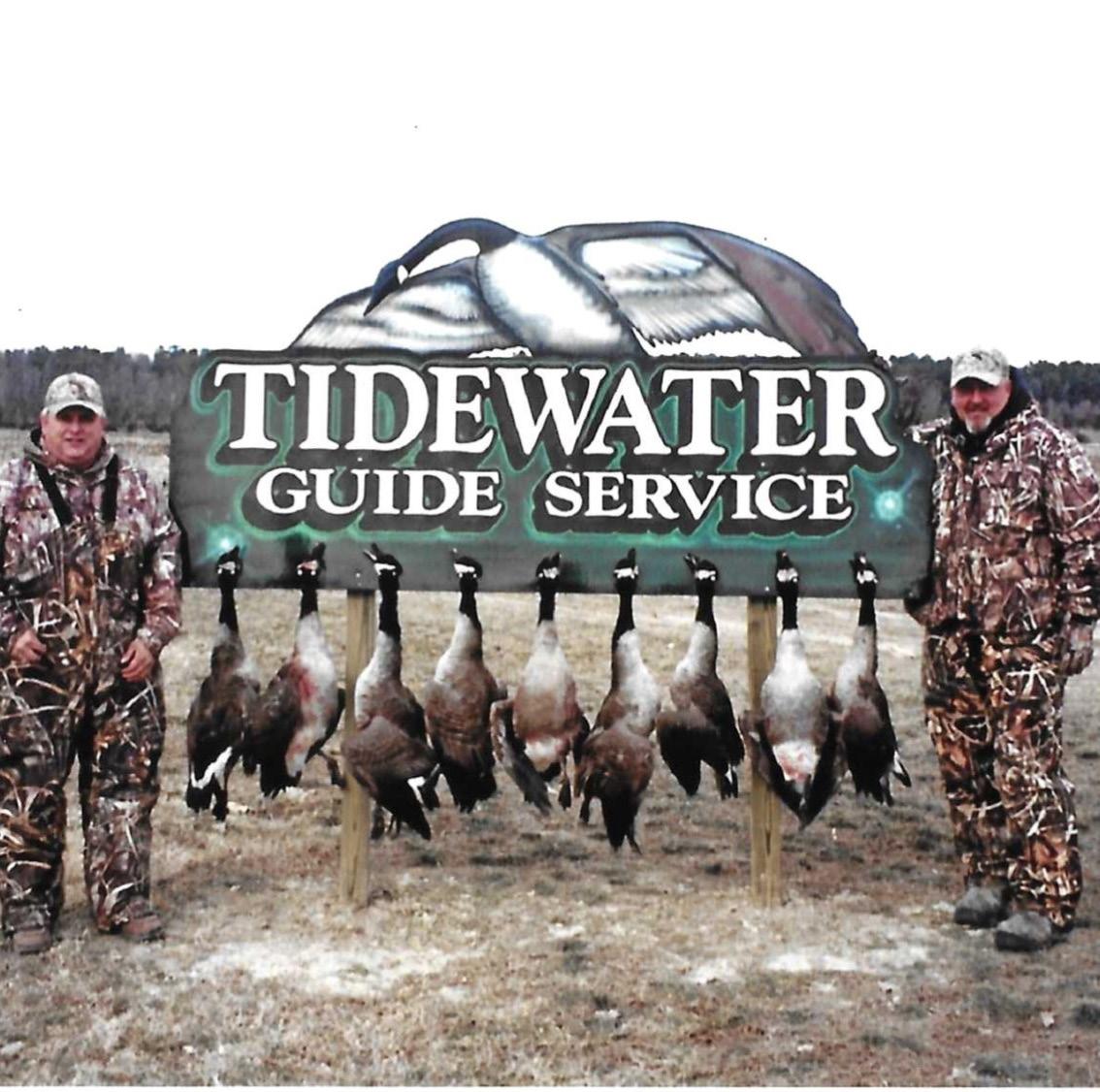
During his career, Gay earned top honors in local, regional and national sporting clays shooting competitions and is widely regarded as one of the top hunters on the Eastern Shore.
“We’re blessed that the sport of hunting is still here and we are blessed that we still have oysters and crabs to eat,” Gay said. “Even though the regulations have all changed, we can still catch and eat them.”
When Gay is not hunting, fishing or running Gay’s Seafood, he is raising money for his charity, “Conor’s Project” to raise funds in memory of his grandson who died in a swimming pool accident. The skeet shooting fundraiser, which included a crab feast at the Talbot Rod & Gun Club, started in 2017 and raised $7,000 in its first year. Proceeds from the event were used by Critchlow Adkins Children’s Center for swim lessons and summer enrichment programs for area children. Seven years later in 2024, it switched to a sporting clays tournament and crab feast at PinTail Point in Queenstown which raised $82,000 for the same cause.
“If the swimming classes we sponsor save one child’s life, then it was worth it,” Gay said.
Hunting Seasons: Canada Geese: Mid-December through late January
Ducks : Early November through mid-January
Deer: Mid-September through late January

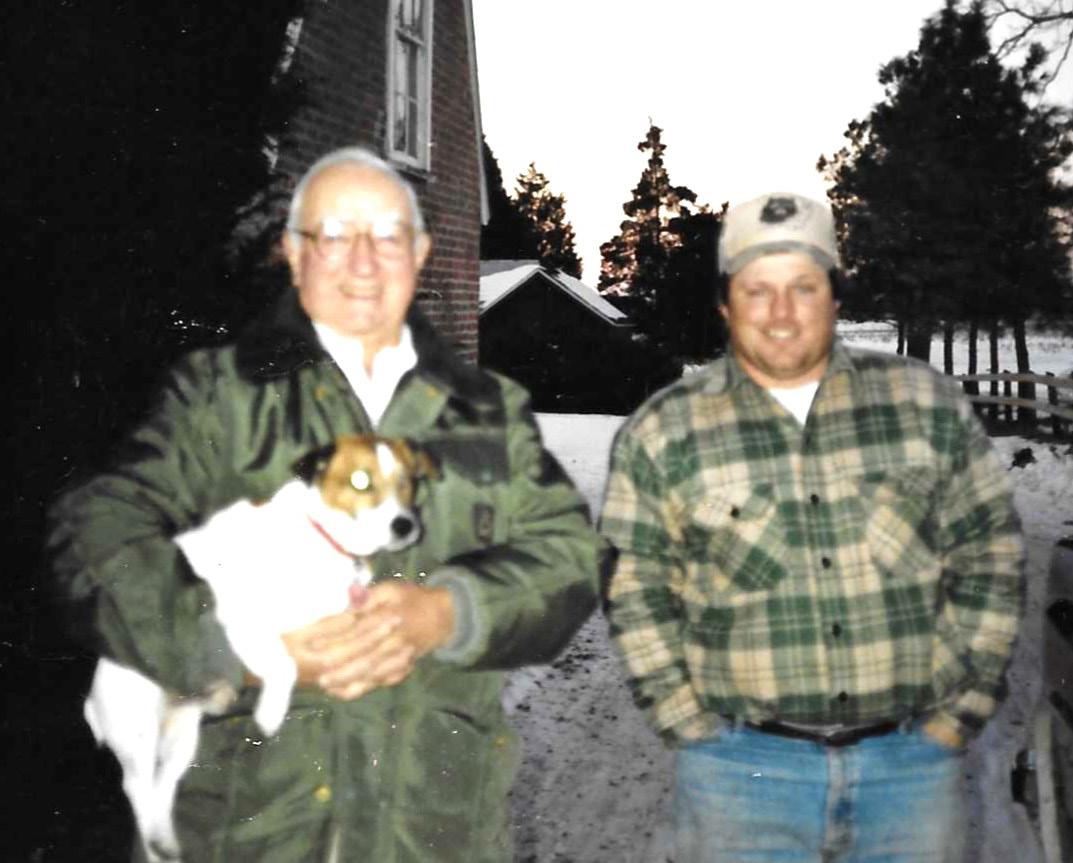
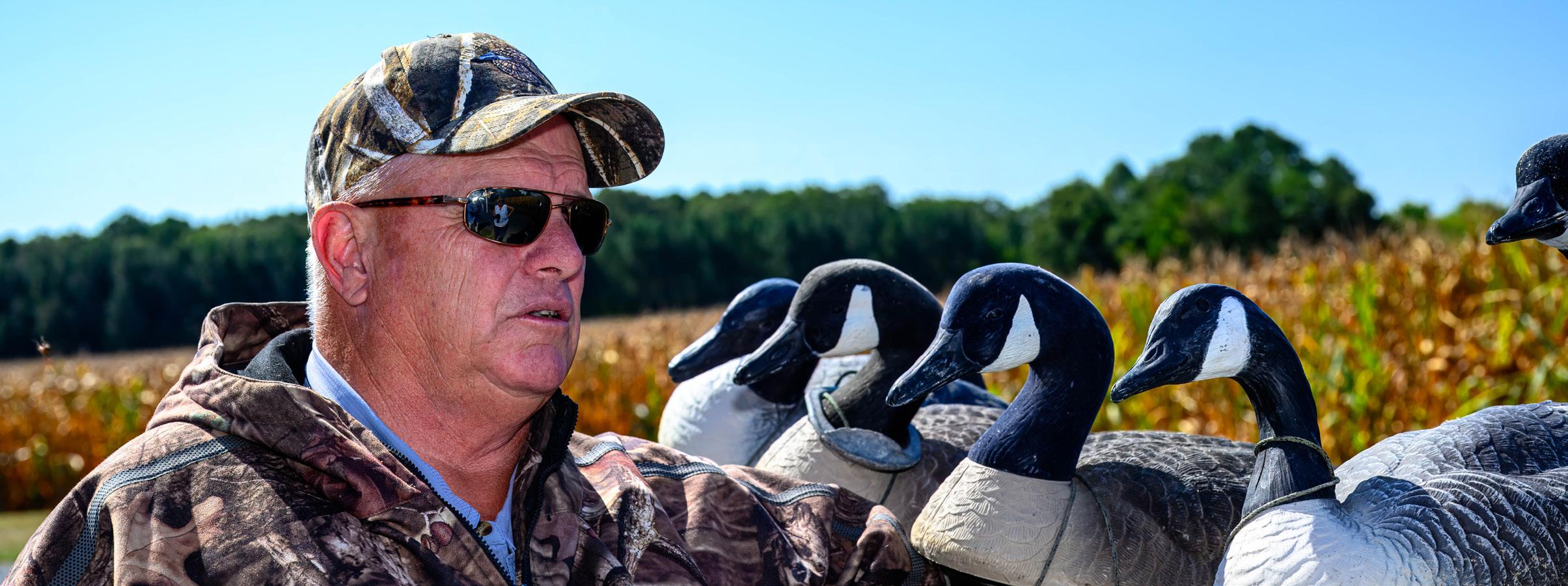
Gay’s next venture is expanding Gay’s Seafood and moving to its new location at the corner of the Easton bypass and North Washington Street this fall. His new location, previously the Old Mill Market, will offer seafood, along with a deli for breakfast and lunch offerings through 3 p.m. He is expanding the building to accommodate the steamer and will continue to offer a retail section to sell shrimp, scallops, frozen soft crabs, snow crab legs and crab meat, in addition to crabs and oysters. The market
will also offer his daughter Heather’s crab dip, which has gained popularity over the years. Heather continues to take a more active role in the business.
When asked how he gets a day’s work done, Gay quipped, “No worries, I am an early riser. Getting up all those years to hunt and fish has changed my clock.”
For further information about Tidewater Guide Service, visit https://tidewaterguideservice.com/ or call 410-310-8317. Tidewater Guide Service, 10341 Councell Road, Cordova, MD 21625. S



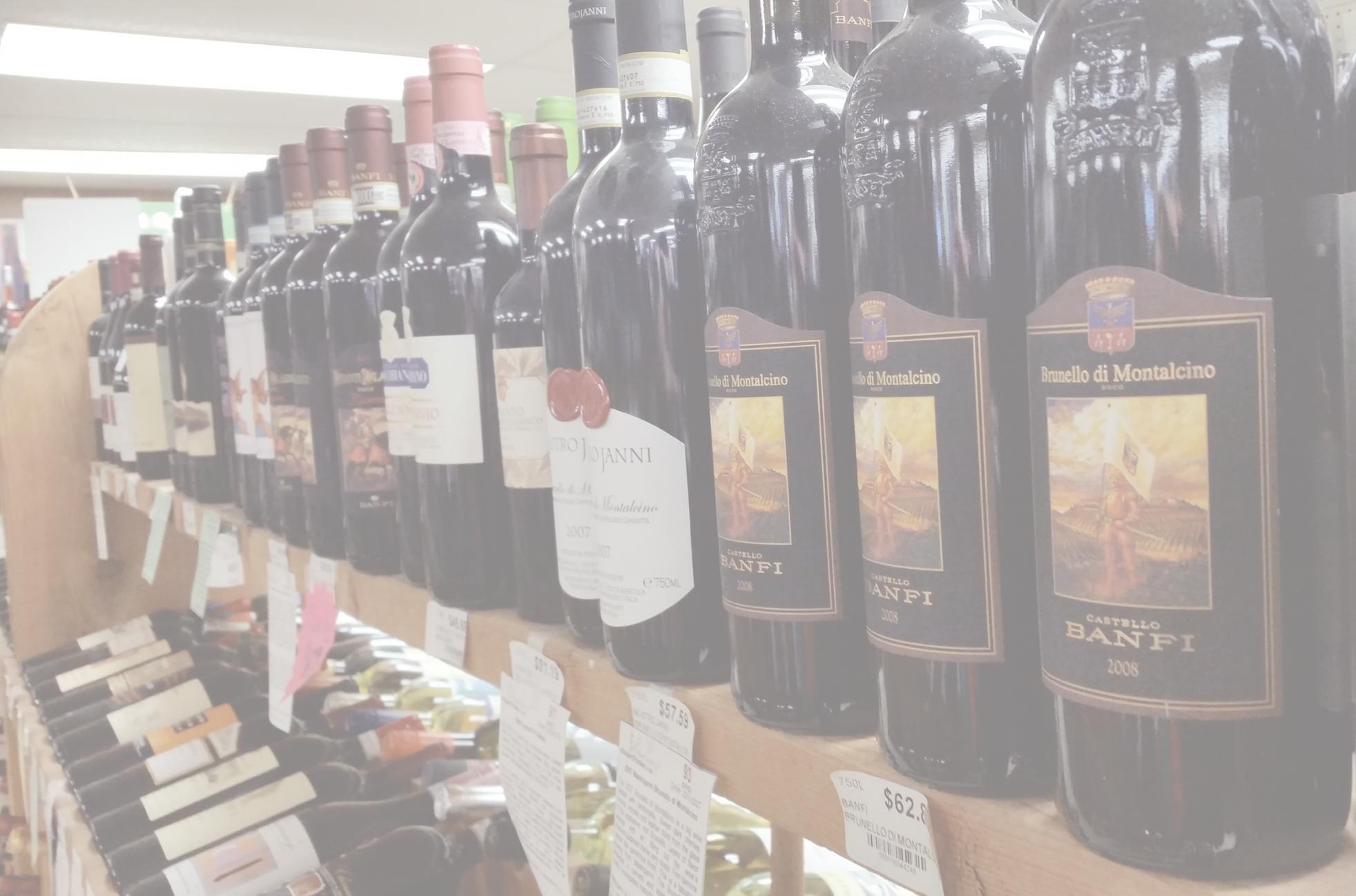












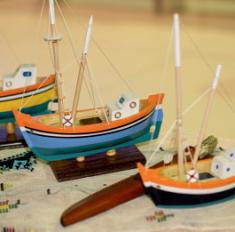

































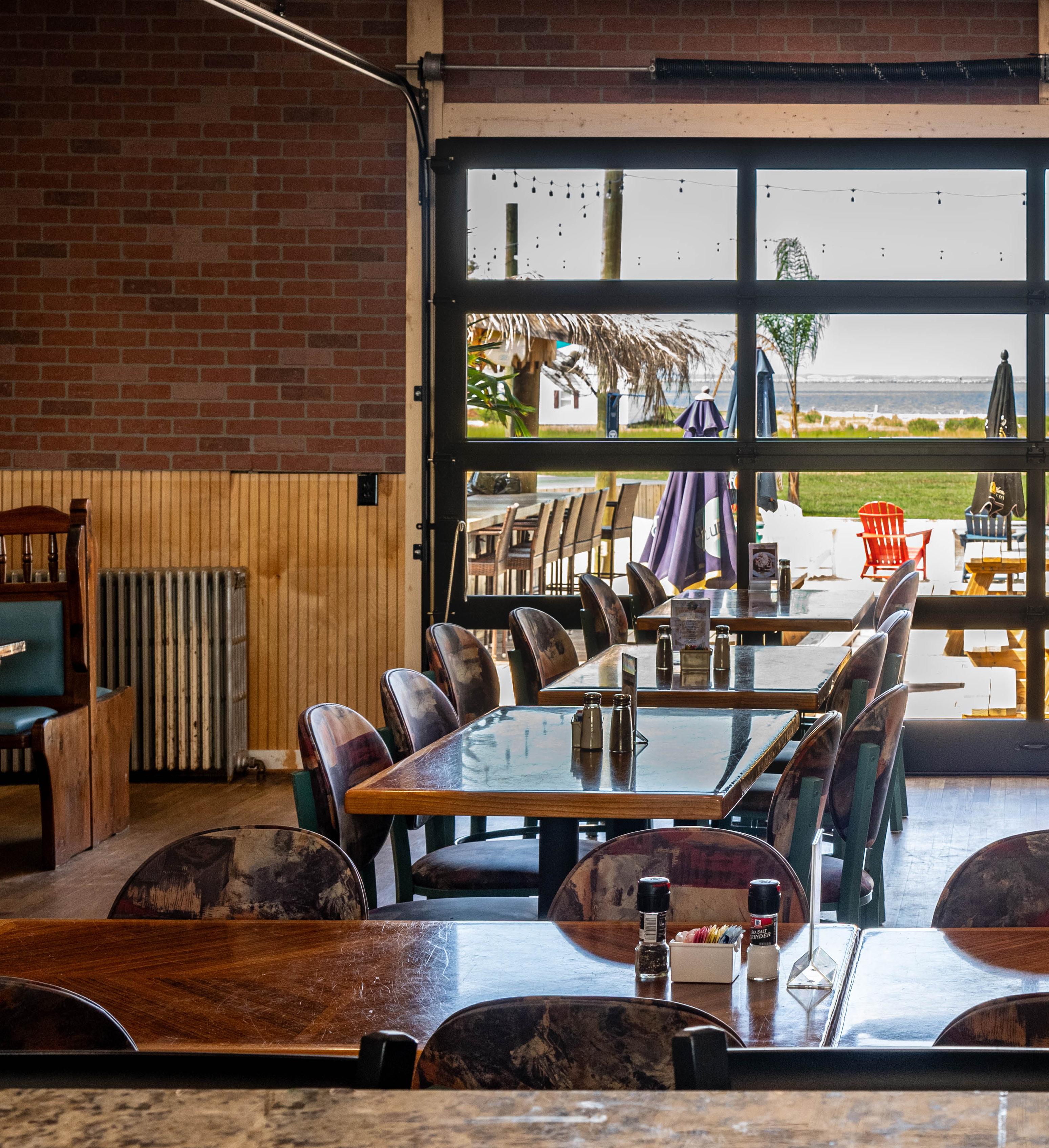

‘I THINK WE JUST BOUGHT
THE STORY OF A HOOPERS ISLAND STAPLE

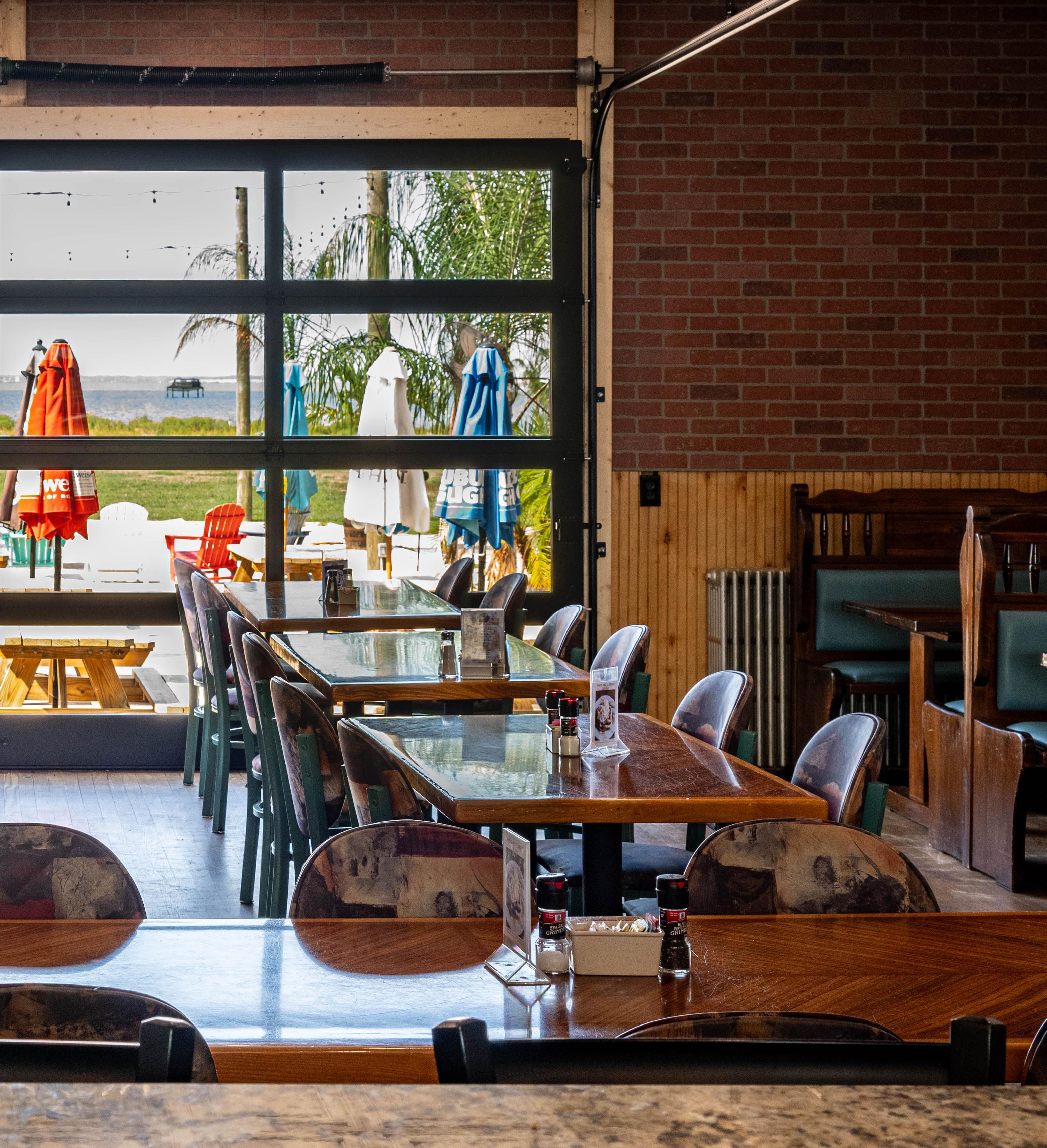
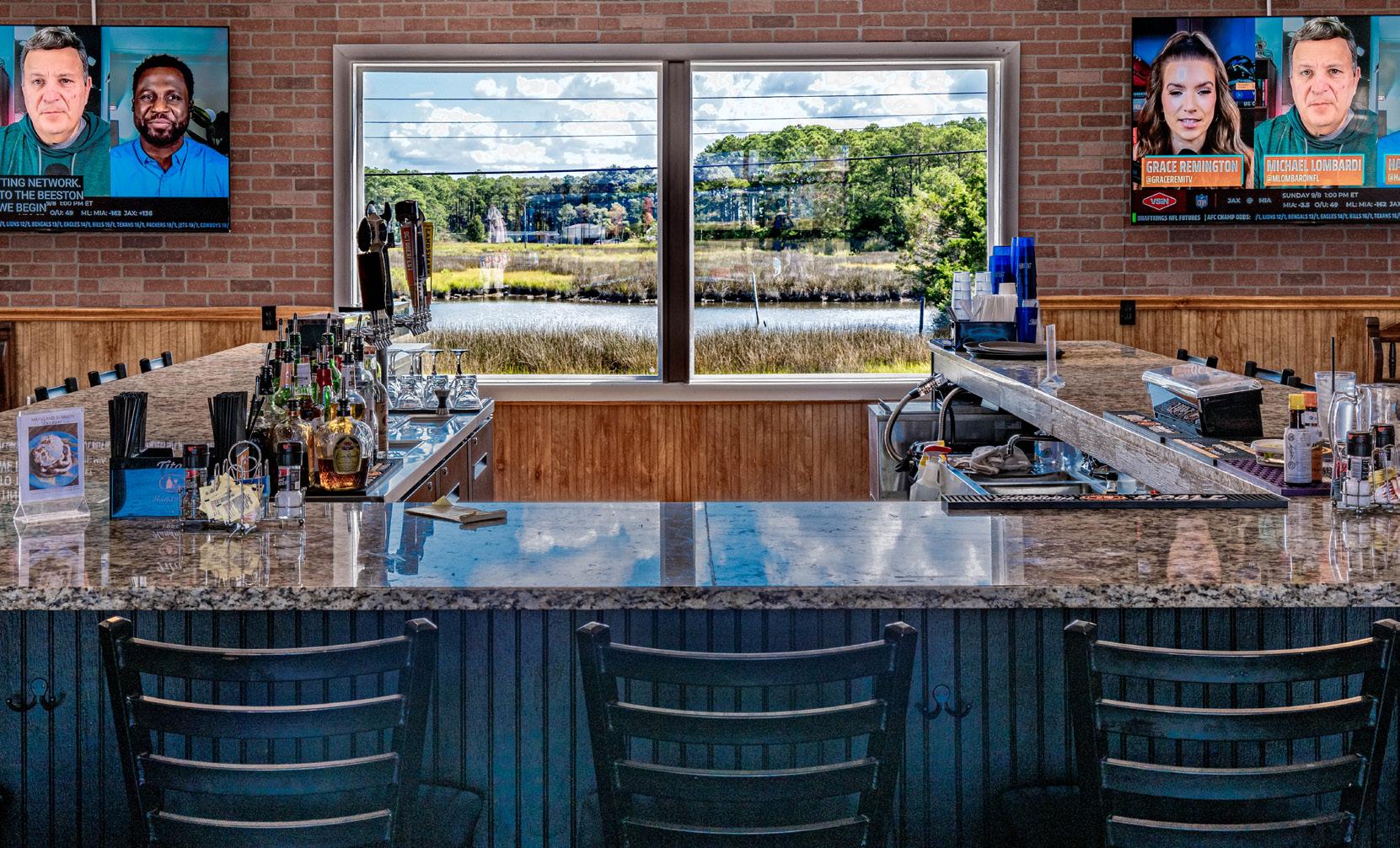
Melinda Perry recalled with a smile the moment when her husband Mike broke the news that would change their lives forever.
“He came to me, he was like, ‘I think I just – I think we just bought a restaurant,’” she said.
“And I was like, ‘You did WHAT?’”
The Perrys are the proud proprietors of Old Salty’s, the iconic Hoopers Island establishment tucked into the quietest corner of the Eastern Shore, at the end of “the road to nowhere,” as Mike puts it.
Get here by heading east on Route 50, taking a hard right at the Cambridge Walmart, and then – well, just keep going and going, past the churchyards and farm fields and marshland.
After a 40-minutes ride that culminates in a rollercoaster swoop over the Hoopers Island Bridge, and you’ll find yourself at the island’s only sit-down restaurant, with the plumpest crabcakes this side of the Chesapeake waiting for you.
You’ve heard of farm to table? Mike Perry prefers “from the boat to your throat.” And he means it: crabs on their menu were caught in local water and picked within a thousand feet of the kitchen.
Some folks complain about the size for the price, but Mike is quick to point out how their award-winning crab cakes have no filler. He doesn’t believe in it.
“Everything in our kitchen is handmade daily,” Mike said. “They make your mac and cheese, they get the beet hearts, we pickle them in house. Everything. Peel the potatoes. Mash them. They’re real. We don’t buy that instant. When you get it here, you’re getting a real deal. It’s not a joke. Everything in here comes right from locally sourced people.”
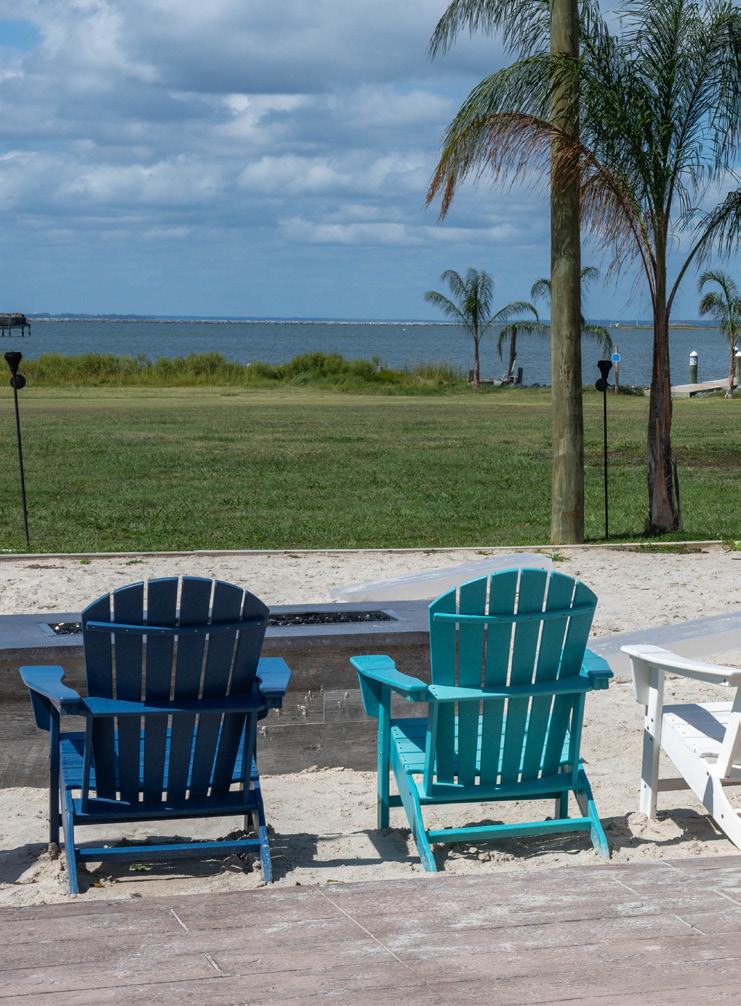
Old Salty’s has been open 41 years. Going back a century, the building used to be the schoolhouse, was reinvented as a roller rink, and then briefly was a community center.
Today, it’s the island’s only sit-down restaurant, but calling it just a restaurant wouldn’t be fair. With a capacity to hold 600 diners, it’s more like a venue.
Here, guests can host gala events inside the former grade-school gymnasium, attend a bluegrass festival on their football field-sized backyard, or just park a sailboat off their pier and take in the night air from the spectacular outdoor tiki bar. And let’s not forget, of course, the Mother’s Day bull riding festival.
Mike says Hoopers Island has always been a part of his life. Growing up in the ‘70s in what was then rural Anne Arundel County, his family visited the island often to see extended family. The couple made Hoopers Island their home about a decade ago, leaving behind the hustle and bustle of life “over the bridge.”
Mike said the notion of buying the restaurant started as a joke with the former longtime owner, Jay Newcomb. The Perrys got to know him well after years of patroning the restaurant where they had many latenight conversations.
“And then, finally, one night I was in here and had a couple of drinks. Me and him started talking. I’m like – are you serious?” Mike said. “And he’s like, I’m ready. We shook hands that night, and it took about eight months to a year to make the deal happen.”
They traded their careers for the grind of restaurant ownership. Melinda left behind a 28-year corporate gig, and Mike gave up his successful business in the building trades.
“This was not part of our retirement plan,” Mike said.
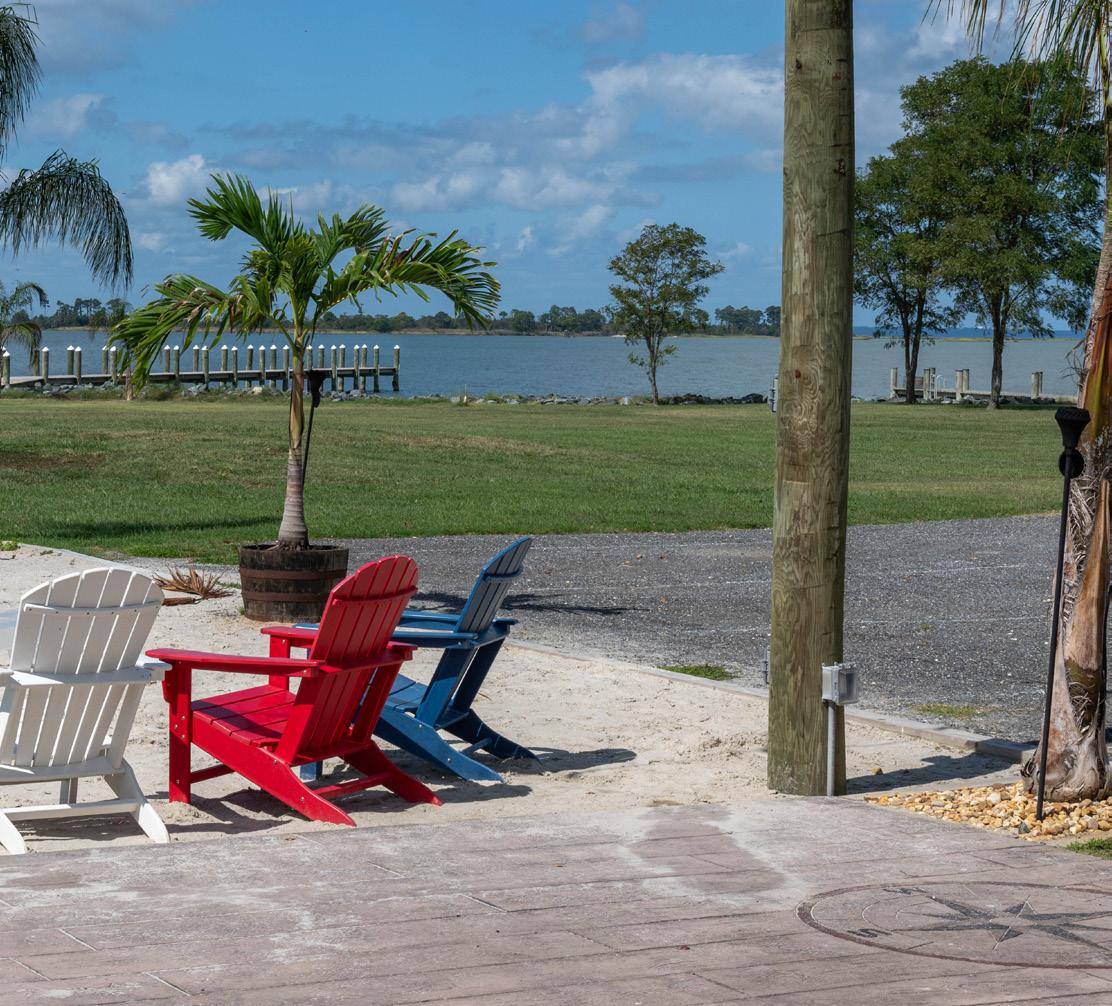



You know, this place became a baby to us. I mean, it’s seven days a week. You’re married to it.
“We figured we give it a whirl, and now that we have, we’ve absolutely fallen in love. You know, this place became a baby to us. I mean, it’s seven days a week. You’re married to it.”
What they didn’t expect, the couple mentioned, is how close they’ve become with their employees, many of whom travel a long distance to work a shift here at the end of the world. Mike called his staff of about 20 people “the backbone” of Old Salty’s.
“We tell them every day how much they’re loved,” he said. “We’re a family in here. Everybody. They just don’t know how much it takes to run this place. And they’re here every day supporting us in our journey in life. So, that’s most important to me, and the community, for supporting us and standing behind us.”
One of their servers on staff is the octogenarian Mary Hubert, who’s been waiting tables in this restaurant since it opened in 1983. She even waited on Mike and
Melinda 20 years ago when they made their first visit to Old Salty’s as a couple.
“She is more of an entertainer than a waitress now,” Mike said of Miss Mary, “because when you sit down and you ask, she gives it to you. She tells you the whole story of when it started, how it moved through different ownerships, and, um, of course she always says I’m her favorite third owner.”
But Mike and Melinda aren’t just celebrating three years of successful restaurant ownership coming out of the pandemic. They’re toasting the new life they’ve carved out for themselves here in Dorchester County, serving up made-from-scratch food in a converted schoolhouse, where the water meets the sky.
“For me, the whole journey’s just been overwhelming, to be honest with you,” Mike said. “I just never thought that, again, we’d have a place of this magnitude and have the friends and people that we met. It’s overwhelming.” S

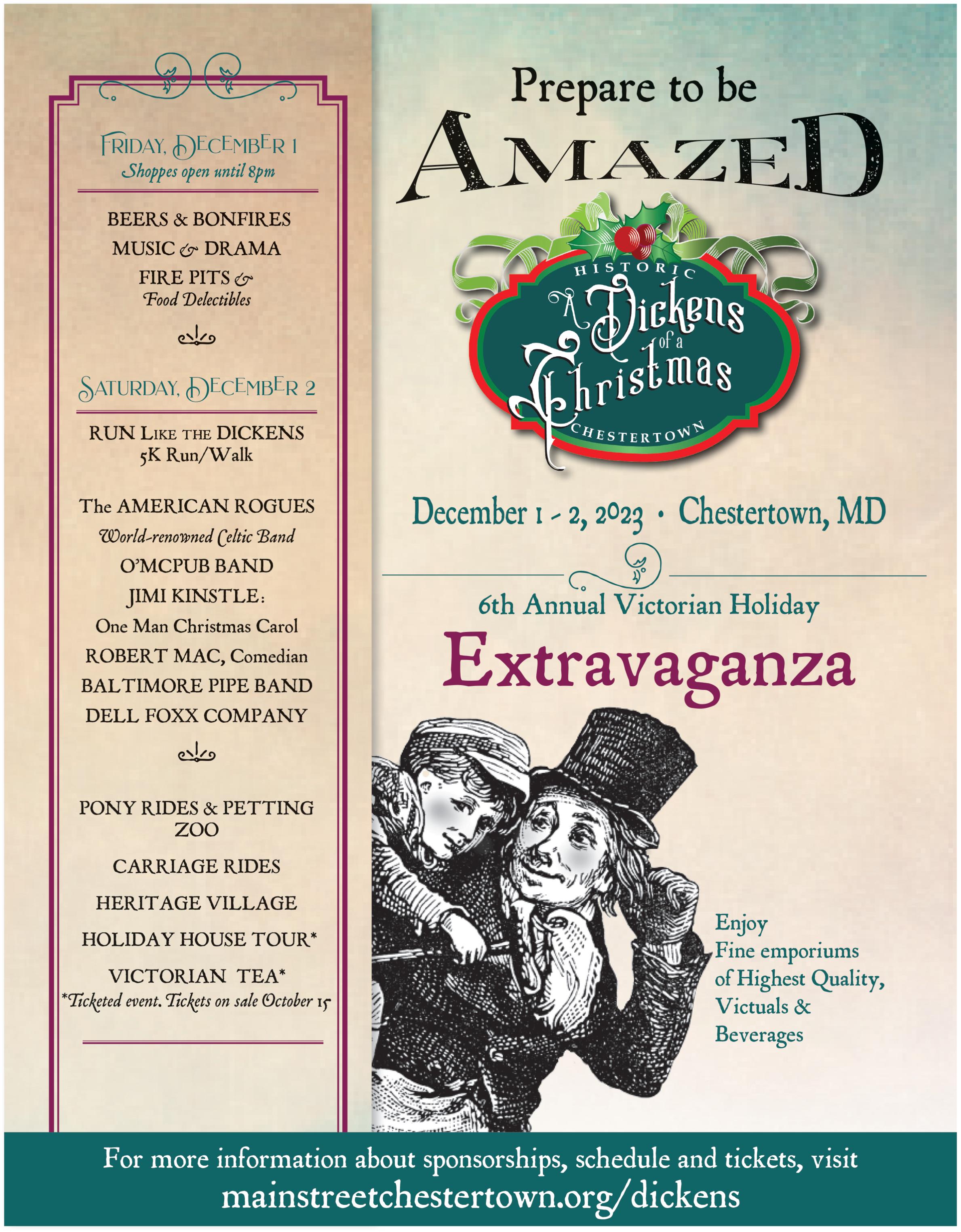
Tarot Card Readings


Story by Niambi Davis | Photos by Arden Haley
Imani Black’s love of the water began with fishing and boating trips on the waterways near Chestertown with family and friends. It strengthened when she was a 7-year-old camper at the University of Maryland’s Center for Environmental Science Camp at Horn Point in Cambridge. Even as a child, she was clear that working on the water would be “what I want to do when I grow up.”
During an internship at the Chesapeake Bay Foundation the summer before her senior year of high school, Black was introduced to aquaculture (defined as “the production of commercial seafood and restoration of habitats in our natural waters which together help replenish and rebuild oysters, clams, salmon, finfish and marine grasses”). Working with an all-female team, she became “hooked on the oyster world” and decided to pursue a career in oyster restoration.
And then came the summer of 2020. With many who watched the events of 2020 unfold live before their eyes, she was reminded of the racial disparities that continued to exist and her connection to them. Where were the people of color in commercial fishing? In oyster farming? Were there any minorities in leadership roles in the industry? Or were they, as described by a farmer she contacted in her search, “a speck of pepper in a sea of salt?”
The quest for answers became the foundation for her self-described year of redirection. If a path existed to increase the ranks of people of color in aquaculture and support their existence, she would find it.
But how? Black quickly turned her idea into a concrete plan. Her determination, bolstered by the ability to process “five or six thoughts at one time” led to a Google search on how to form a nonprofit. From the thought process Black describes as a “brain dump,” Minorities in Aquaculture became a 501(c)3
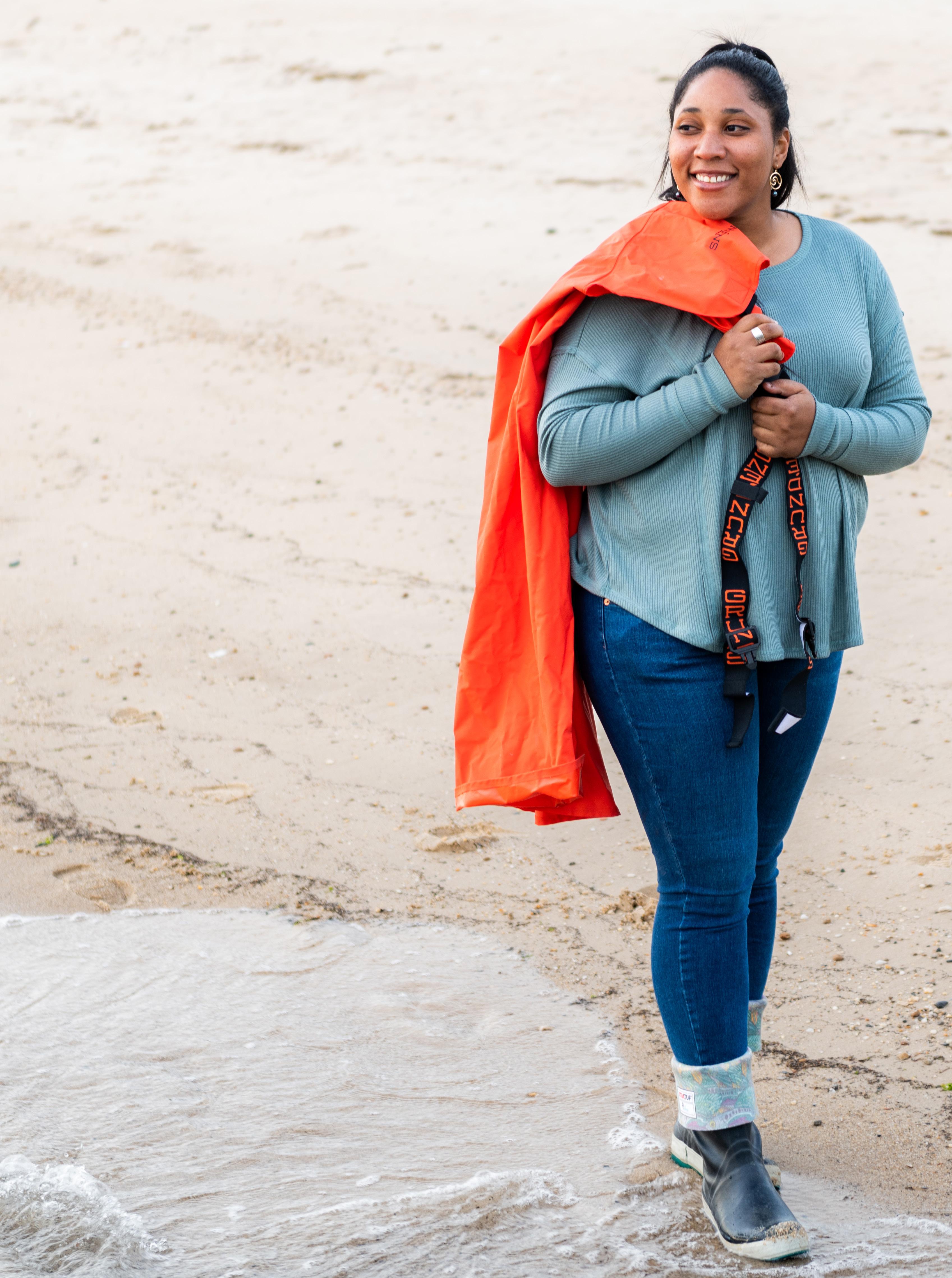
nonprofit organization created to support women of color in any aspect of a career in aquaculture they chose to explore.
The organization has expanded to offer two additional programs. Its summer internships connect women of color to careers in aquaculture through hosts who are part of the network Minorities in Aquaculture has previously worked with. In addition are the organizations with whom Black has cultivated a relationship throughout her aquaculture career. Located nationwide, host partners include institutions wishing to diversify or oyster and finfish farmers looking for summer help. Internships are tailored to each applicant’s interest. Each intern gains technical skills and is introduced to marine industry career opportunities.
For its ability to make instant connections, social media became an effective recruitment tool to connect Minorities in Aquaculture with prospective participants.
“Many interns from this past cohort told us they searched for opportunities on Instagram and Google,” Black said. “Minorities in Aquaculture popped up as the first among many they could explore.”
“It’s been a strategic progression,” she said. “We’ve been growing each year but we’re also intentional about our resources to make certain we’re not overextending ourselves but providing our interns with the support they need.”
From 70 applications this past year, the organization chose 14 interns. The original cohort was set at 12 participants, but when last-minute opportunities arose “it was hard for me to say no,” Black declared, “because I want to help. I want people to have great opportunities and access so I added them to the original group.”
Minorities on Course, another recent addition, was created after consultation with the last living captains on the Chesapeake Bay who are Black. It developed from listening to their dreams and goals of preserving their legacy to providing the resources that would make their objectives a reality.
Some are 4th and 5th generations of watermen families who, until recently, have been largely overlooked. But these men are as much an integral part of the Eastern Shore watermen tradition as their counterparts.
“People from Baltimore come down to Kent Island and don’t even think we exist,” said Captain







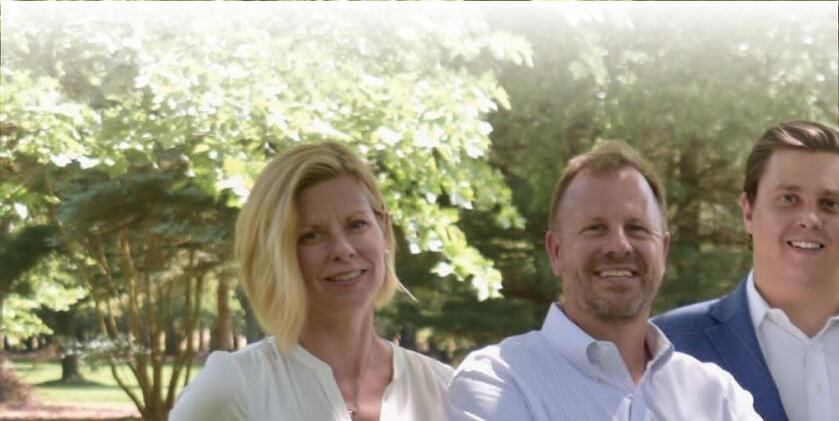









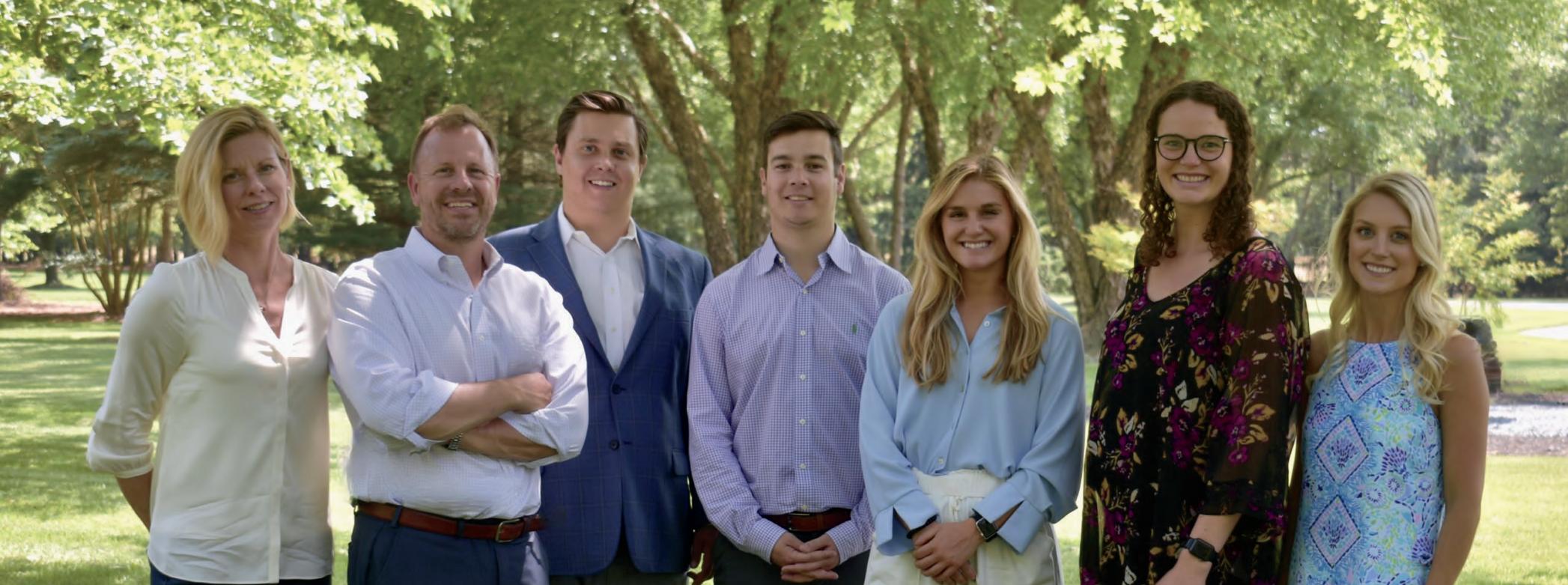


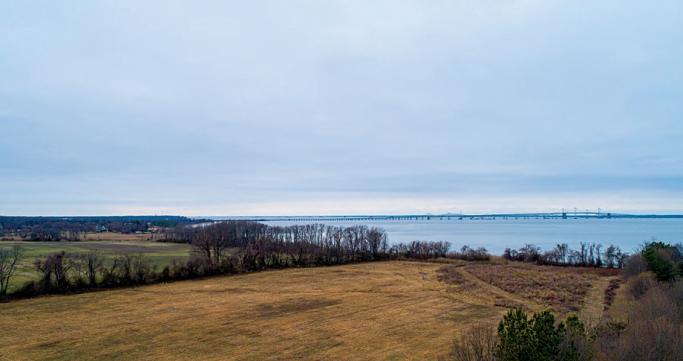


















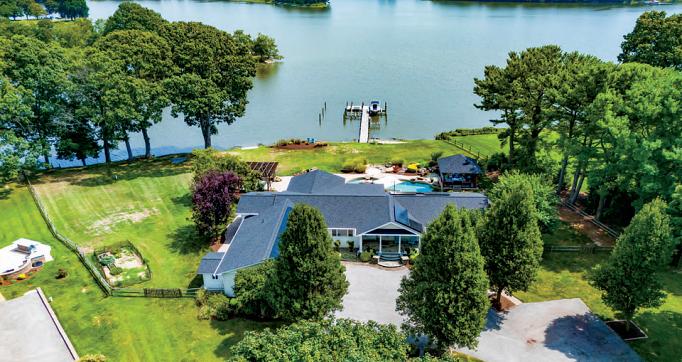




Darrell Roy, who has worked the Chesapeake for 38 years. Captain Roy is also the father of a Minorities on Course recipient.
The program serves a dual purpose — to pass along traditional knowledge held by current captains and to create a path for people of color to obtain their 100-ton captain’s license. This certification provides a path to pursue opportunities as towboat, ferry, or water taxi operators, boating Instructors, and owners of fishing charter ventures. Minorities on Course members participate in hands-on, in-person, and networking instruction and mentorship from previous program participants.
“These are the types of programs I would like to have found when my aquaculture journey began,” Black stated.
2024 was a year of significant personal and professional achievement for Black. She successfully defended her thesis — Unveiling the Legacy of African American Watermen in Chesapeake Bay Commercial Fisheries: Preserving Cultural Heritage and Traditional Knowledge and Ensuring Future Participation through A Social-Ecological Perspective.
She received a Master’s Degree from the University of Maryland Center for Environmental Science in May. Alongside those who keep the connections between African Americans and the Bay alive, she appeared in Maryland Public Television’s production “At the Water’s Edge: Black Watermen of the Chesapeake.”
On June 22, the documentary won a Capital Emmy award in the category of Diversity, Equity and Inclusion.
”Being a part of the Waters Edge project was such an honor,” Black said. “To have it be not only focused on a topic that I’ve poured into with my Master’s Thesis, but directed and produced by Alexis Aggrey, a brilliant African American woman, and her team was amazing. And to see her and the project win a Capital Emmy was something I’ll truly never forget.”
In October, Minorities in Aquaculture turned four.
“I still can’t believe all we’ve accomplished over that time.”
For the remainder of 2024 and into 2025, Black has set personal and professional goals designed to showcase why Minorities in Aquaculture is not only important but needed.
“Even as a small organization we’ve had a major impact
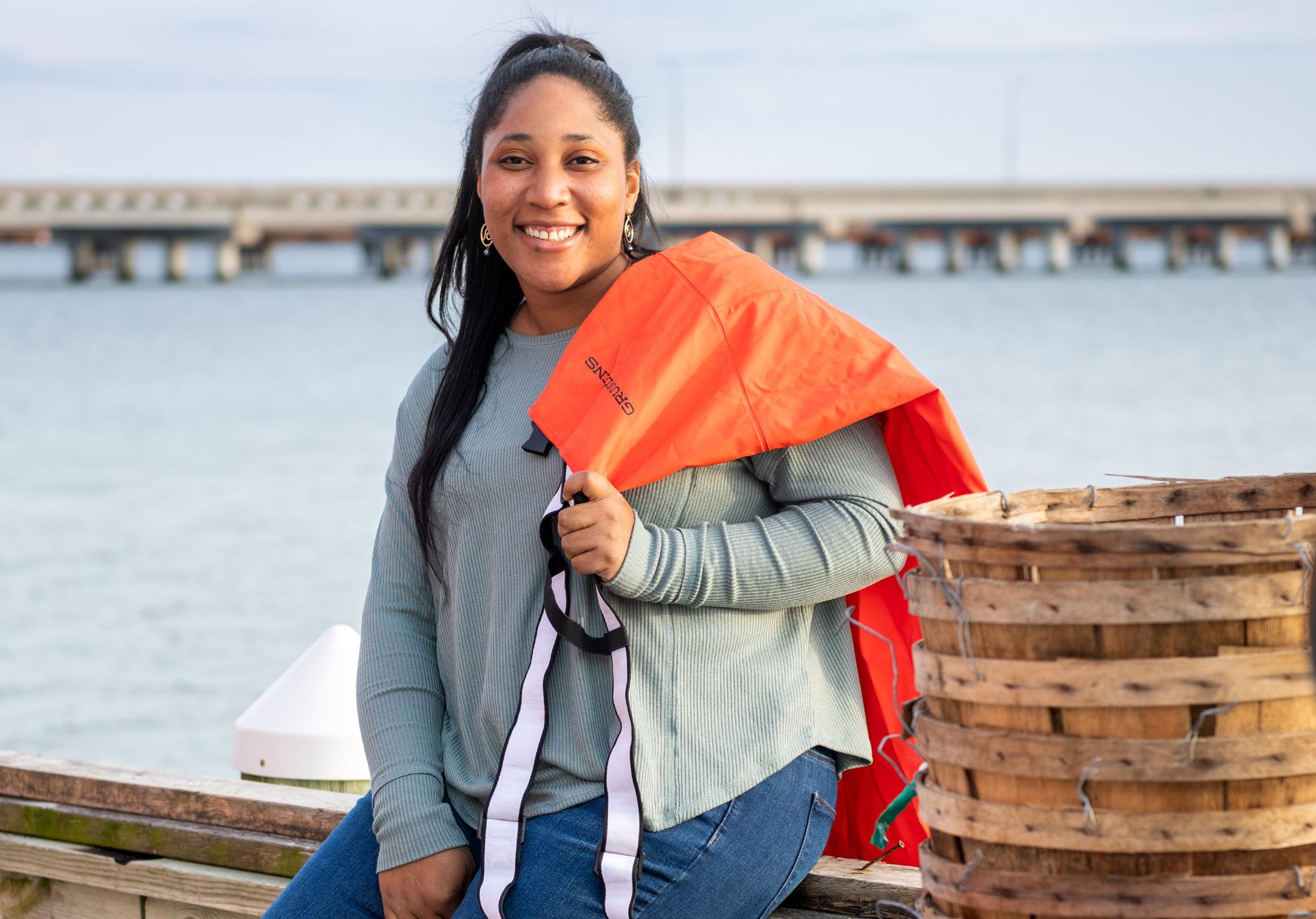
‘‘ ‘‘

on the global fisheries and aquaculture industries, and we’re looking for other organizations, businesses and individuals that want to get fully behind our movement over the next five years,” she said. “Whether that’s helping us with capacity
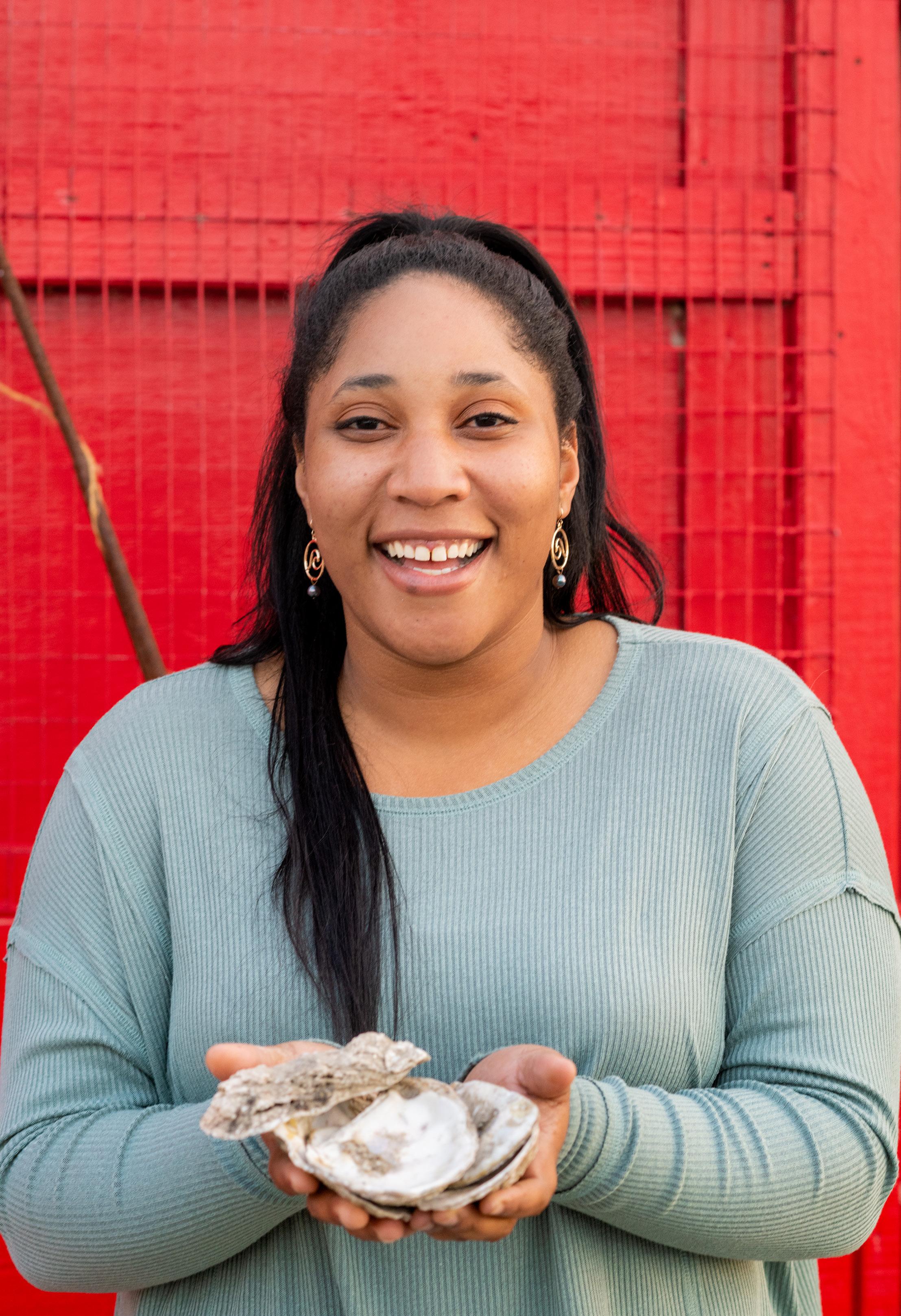
I still can’t believe all we’ve accomplished over that time.
development, funding for our programs, and resources for the community we’re serving. We’re looking for partnerships that want to help us change the world.” S






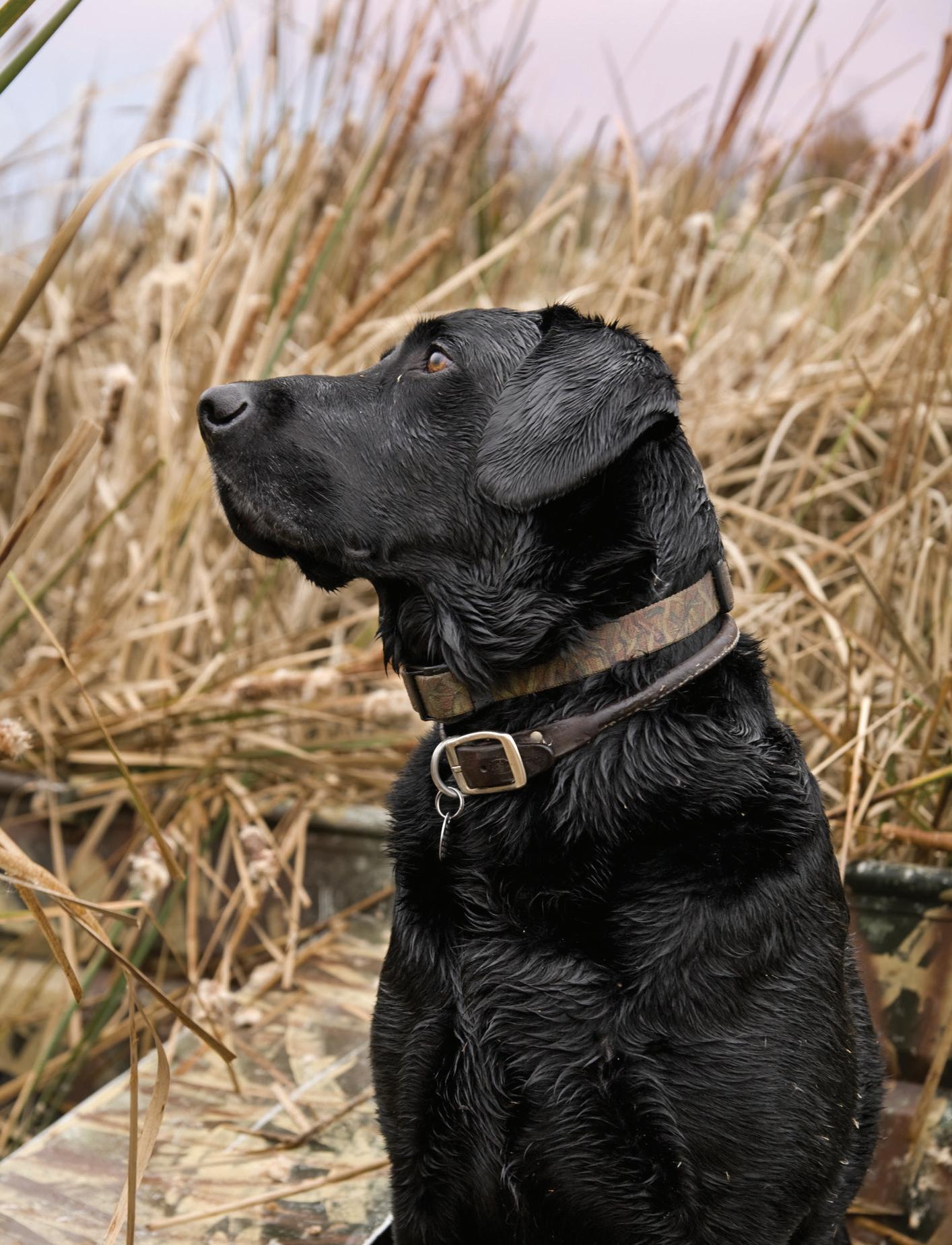




























5369 MORGAN’S POINT ROAD OXFORD, MD
6+ BR |INDOORPOOL +SPA |GYM |4 CAR ATTACHED GARAGE WITH 2ND FLR 1BRSUITE DOCK |19,854 SQFT |6.86ACRES |SALE INCLUDES 4.187 ACRE VACANT LOT

7891 FORT STOKES LANE EASTON, MD
4BR|4.5 BA |VAULTED BEAM CEILINGS |HEATED SALTWATER POOL |SPA |DOCK |BOAT LIFT |4,458 SQFT |4.22 ACRES $4,750,000

7937 MAIDEN POINT CT EASTON, MD
3BRMAIN HOUSE |2-CAR GARAGE |1BR/1BA GUEST SUITE ABOVE GARAGE |POOL |DEEDED BOAT SLIP |2,512 SQFT |.2ACRES |AGENT OWNER $2,350,000


7369 DRUM POINT ROAD
MICHAELS, MD 3+BR| 2.5 BA |OPEN FLOOR PLAN |WATERFRONT BACK PORCH FOR ENTERTAINING |GUEST HOUSE DOCK |3,562 SQFT |4.8 ACRES $1,995,000




$2,650,000

























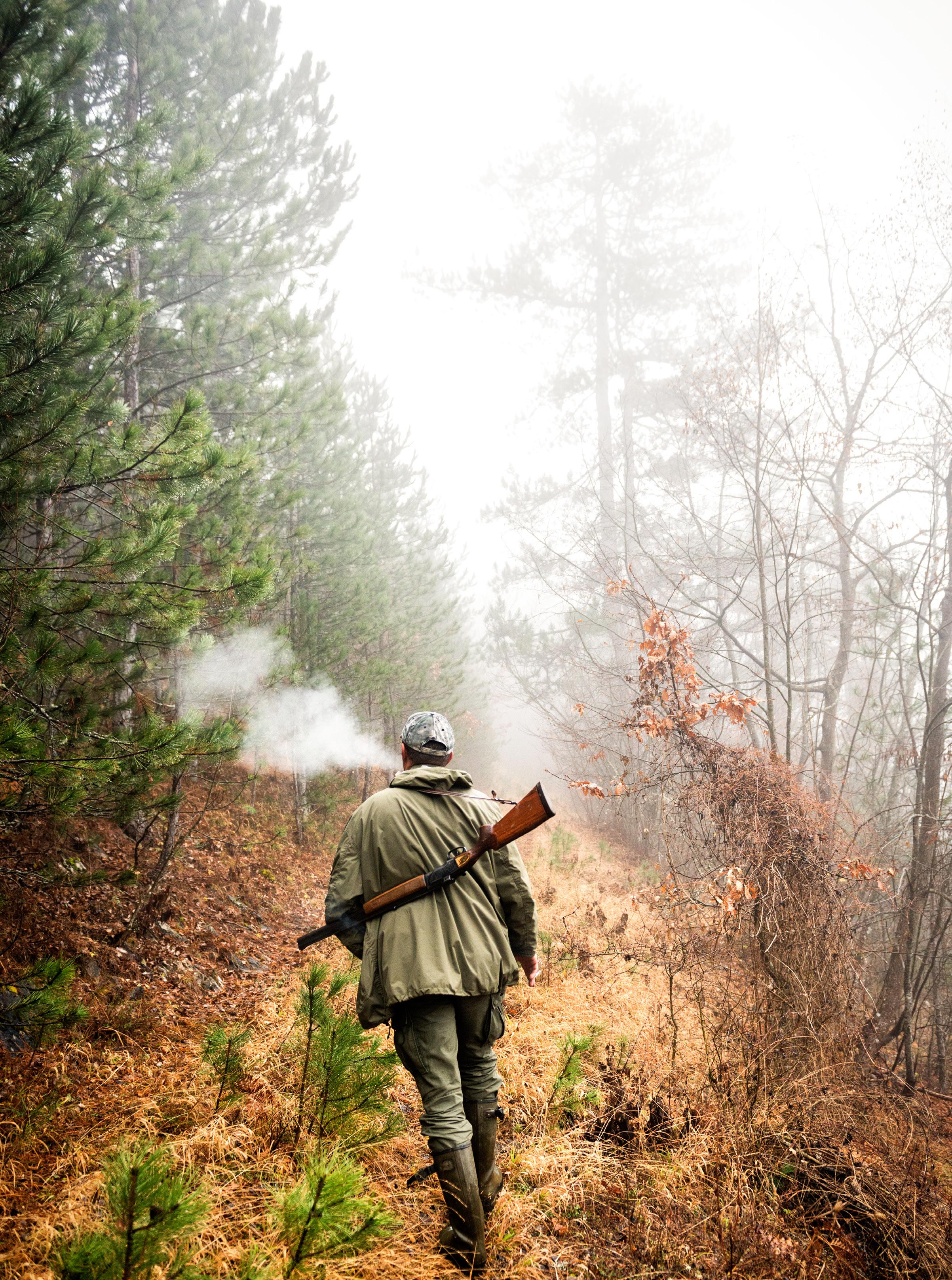
A family focused on premier upland hunting
BY JORDANNA GARLAND | PHOTOS COURTESY OF CAROLINE COUNTY SHOOTING PRESERVE ATMOSPHERE

At the core of what makes the Caroline County Shooting Preserve (CCSP) one of Maryland Eastern Shore’s best kept secrets is a family devoted to providing high-quality upland hunting experiences for hunters from all over the region. Located on 8665 New Bridge Road in Denton, MD, the CCSP was founded in 1963 by Thomas (Tommy) R. Swann and is currently owned and operated by Donnie Swann, Tommy’s son. Though Tommy passed away in 2013, his legacy continues to grow through the work of his family business.
“My father, he loved bird hunting,” Swann said. “Years ago, they had native quail in this area…he enjoyed hunting them, so he started taking people as clients and they hunted. Then, he started the shooting preserve.”
Swann explained that since its founding just over 60 years ago, the CCSP hasn’t changed all that much. He still sees the same urge and passion for hunting in the clients today than of decades before.
“Some of em’ will start coming in every year, sometimes they come five or six times a year,” Swann said. “You might not see them for eight or ten years and they’re back. It’s kind of like a reunion a lot of times with clients.”
Andrew Tawney, Swann’s son in-law and preserve guide, has worked at the CCSP for seven years. Every morning, Tawney cleans the dog’s kennels and feeds them, catches the birds and plans for the hunting parties that’ll be arriving for the day. Once the hunting parties arrive, he releases the birds out into one of the seven different fields on the preserve for the hunters to shoot.
“Hunters can come and either go on an unguided hunt, where they bring their own dog and they hunt





birds, or a guided hunt that we provide a guide for them to hunt released birds, so captive birds that are released on the property,” Tawney said. “It’s also just a really beautiful property where people can come and just enjoy God’s creation and just kind of have that camaraderie of hunting – that tradition.”
The CCSP provides three types of game to hunt: quail, chukar and pheasant, which, for guided hunts, they also provide bird cleaning. Since the CCSP releases captive birds for hunting, locals are welcome to call the preserve if they find any wild birds in their area.
“We have people that call us from 12… 10 miles away, saying, ‘hey, we have a little covey of quail’, or ‘I saw a rooster pheasant running across my lane,’” Tawney said. “So it’s really cool that we kind of serve that purpose as well.”
Driving up to the preserve, clients are met by a line of pine trees that are over 120 years old and vast fields of freshly mowed grass. Before or after the hunt, hunters
‘‘
are encouraged to relax and unwind in the preserve’s clubhouse. Moreover, the workers are very welcoming and understanding of all experience levels.
Before every hunt, the guides do a safety briefing with the hunters to ensure they’re aware of their surroundings and their actions on the field. The CCSP recommends that every hunter have passed Maryland’s hunter safety course and obtained their regulated shooting permit (RSA) before hunting.
To find more information about the preserve, clients can visit the CCSP’s official website at https://www. carolineshootingpreserve.com/.
“And when I say that it’s a family business, the [bird] pickers are usually my mother in-law, Donnie’s wife, Laurie, or my wife Kelley, or my sister in-law, Elaina, or my niece, Keira, or my son, Dylan,” Tawney said. “So it’s a whole family operation.” S

It’s kind of like a reunion a lot of times with clients.
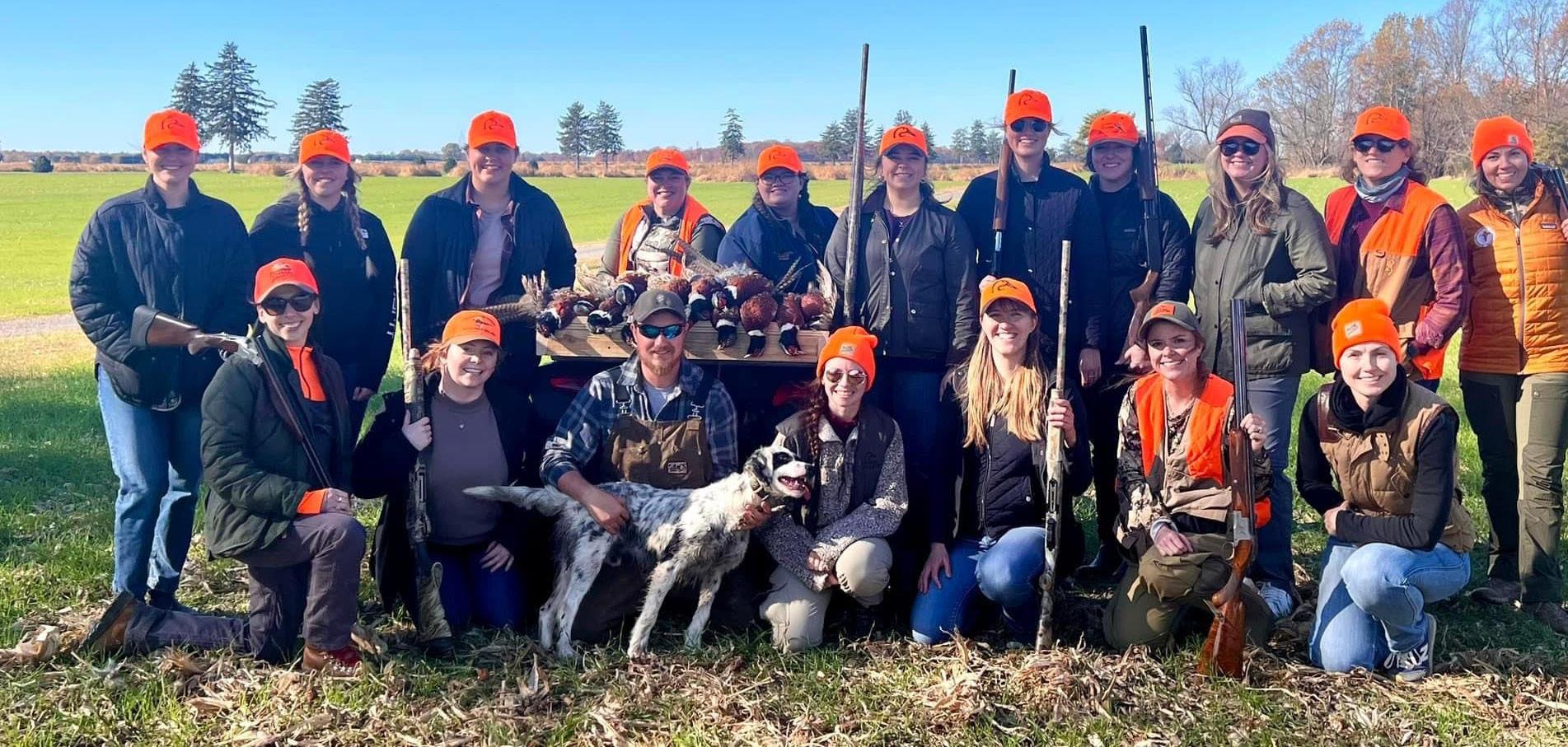































Looking for vendors in your area? Check out our regional pages to see who near you for any part of your wedding.
Wish you could find a story from last year? Or can’t get enough of us? Check out all our past editions on our site.
We want you to partner with us! Contact us about advertising online and in our upcoming editions.
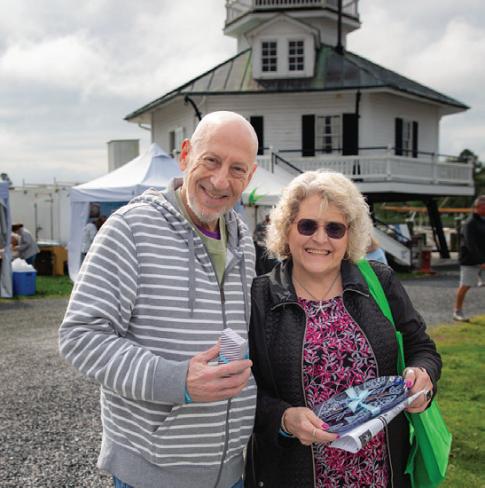

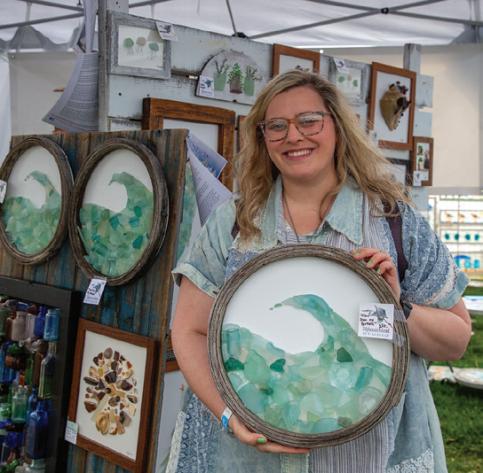
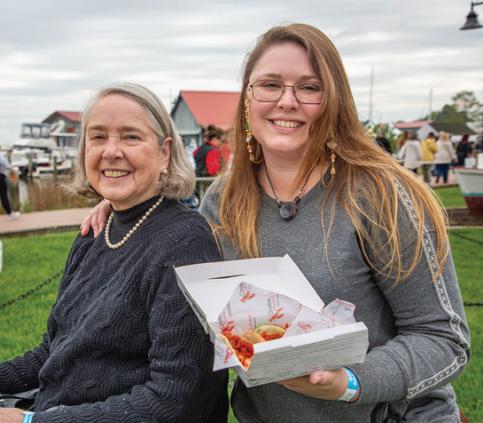

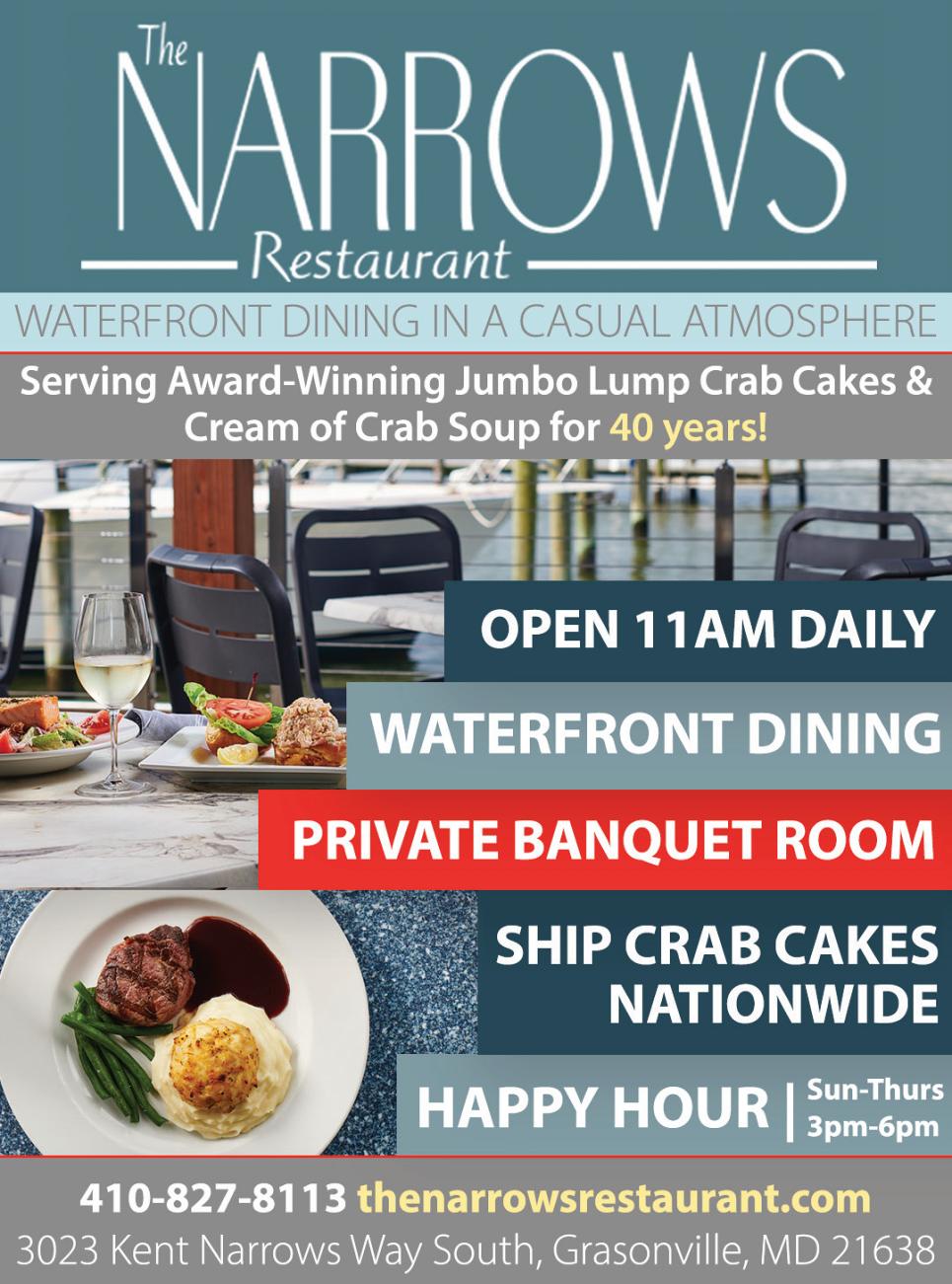





NO ONE DOES BEER AND SPIRITS BETTER THAN THE EASTERN SHORE. FOLLOW THE DRINK TRAIL FOR THE BEST OF HOUSE-MADE BEVERAGES.

BAD ALFRED’S
badalfreds.com
Chestertown
The place to find house-made beer and spirits.
Bad Al's Pilsner
Bad Al's Raspberry Blonde
Bad Alfred’s Rye Whiskey
Bad Alfred’s Bourbon Whiskey
Bad Alfred’s Grappa
Jen’s Gin
Cassinelli Girlshine apple flavored brandy
Cassinelli Moonshine corn whiskey
A must try: Bad Al’s Raspberry Blonde with the pulled pork tacos.
PATRIOT ACRES FARM BREWERY
patriotacresfarmbrewery.com
Sudlersville
Veteran owned and operated brewery.
The farm is a working farm, featuring food trucks, live music and activities on the weekend.There is a tap with something for everyone, and constantly changes.
Some favorites are:
Under the Sea (Pineapple POG Pale ale)
Roosters Crow (IPA)
Fast Car Hard Cider
Some Like it Hot (Mango Habanero Pale Ale)
Brian’s Peanut Butter Delight Nitro Stout
A must try: Jalapeño Brain with the boom boom chicken skewers. 1 2 3 4
BULL & GOATOLD COURTHOUSE DISTILLING bullandgoatbrewery.com
Centreville
The place to find house-made beer spirits.
Bull & Goat have a large list of ever changing beers.
Some favorites are:
67 IPA
County Seat Pale Ale
Raft Up Root Beer - Non-Alcoholic
Old Courthouse Distilling has well-loved spirits
Blanco Rum
Agave Sunrise Rye Whiskey
TEN EYCK BREWING teneyckbrewing.com
Queenstown Beer, cider, seltzers, find them all here.
Some favorites are:
Jalapeño Brain
RiverKeeper Lager (410)
Deep Well Lime
Independence Triple Berry Cider
Lose My Rind

2 1 3 4

























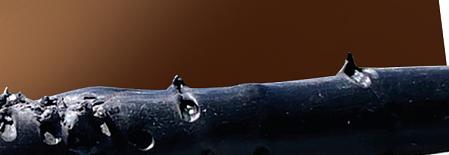




of $20,000+ with an extended outage.
CHOPTANKELECTRIC.COOP/DSTL

5 6 7 8 9
5 6 8 9 7
BIG TRUCK BREWING
btfbeer.com
Queenstown
Self-taught growers and makers.
Halfcab Hazy IPA
Crew Cab IPA
K5 TOPLESS BLONDE
Hilite American Lager
High Tide Peach Hard Iced Tea
Dually XXIPA
Dozer Stout
Grapefruit Crew Cab IPA
Blood Orange Halfcab Hazy IPA
Motor Oil IPA
CULT CLASSIC BREWING cultclassicbrewing.com
Stevensville
Centered around good drinks, good food and good movies.
Some favorites:
UFOria Citra IPA
The Thirst Island Dew
The IPA When the Earth Stood Still
Irish Red Ale
A must try: Island Dew with the buffalo chicken pizza.
EASTERN SHORE BREWING
easternshorebrewing.com
St. Michaels
17 years of local brewing.
St. Michaels Amber Ale
Situation Critical IPA
Back Creek Blonde
Down Feather Cuss Pale Ale
Vienna Lager
Even more seasonal and one off beers.

LYON RUM lyonrum.com
St. Michaels
Spirits locally made, visit the distillery, found for sale up and down the east coast.
Lyon White Rum
Lyon Dark Rum
Lyon Sailors Reserve Rum
Lyon Rock & Rum
Lyon Curaçao Orange Liqueur
Lyon Coffee Rum Liqueur
A must try recipe: Tradewind 2oz Lyon Dark Rum + 2oz Lyon White Rum + 1oz Passionfruit + 1oz Blood Orange Juice + Splash Pratt Standard Grenadine + Ice
RAR BREWING rarbrewing.com
Cambridge
Extensive options on tap and in cans.
Some favorites:
RAR 000: Cherry Pie
RAR Lumber Sexual
RAR Country Ride
RAR Imperial 1st Meal
RAR Devils Pie
A must try: RAR Country Ride with the Chessie Chop.
GRAY WOLF SPIRITS
Find at farmers markets and purchase online graywolfspirits.com/in-the-wild/ S


































































Story and photos
by Tracey F. Johns
David Confair — better known as “Cornflower” thanks to a waterman who misheard his last name 30 or so years ago — has built his passions as a Chesapeake Bay waterman and recreational fisherman.
While enjoying the peace of being out on the water aboard his 21’ shallowbottomed fiberglass boat, he’s also gathering an audience of other fishing enthusiasts through his YouTube channel, “BabyCornOfficial,” which includes his
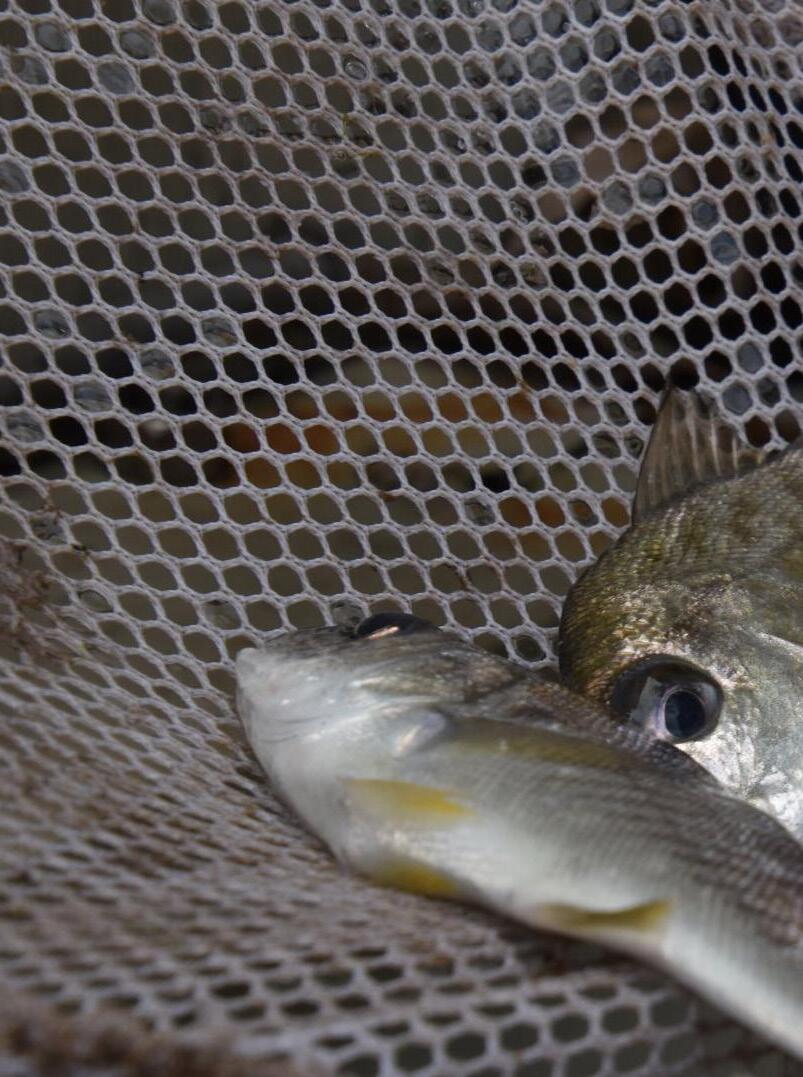
adventures fishing yellow perch.
For Confair, who is from Secretary, yellow perch fishing is a sport for all seasons, but he said late fall through early January is prime time.
“Yellow perch prefer cooler water,” Confair explained. “When it gets warmer in the summertime, they move further out the rivers, into the deeper holes. You can still catch them, but that’s not the time to catch them.”
Yellow perch, related to the walleye,

are distinct from their year-round cousins, the white perch. They school, though not in the large numbers white perch do, and are often found in the smaller tributaries of the Chesapeake Bay. The best time to catch them, Confair said, is in the early months of the year when they’re spawning.
“When they’re coming upstream to spawn, the numbers are greater. So you’ve got a better chance of catching more fish.”
Fishing for yellow perch isn’t complicated. Confair keeps his gear simple, preferring a lightweight six-toeight-pound test line and, in his words, “the cheapest rod you can find.”
He said a weighted bobber is essential, depending on the depth, and that it’s best to fish around five to six feet down.
“They’re usually running shallow in the spring and summer, so you can fish just a couple inches off the bottom.” When it comes to bait, Confair has a few favorites. “Nightcrawlers work phenomenally,” he said.
“Minnows, shiners, they love them,” he said. “And even little crabs — those tiny brown sand crabs under the logs, they can’t get enough of them.” Confair also uses shad darts under a bobber, adding a bit of jigging to his technique.
“I like to pop the line a little bit,” he said while showing his honed flick of his wrist to jig the rod in his hand. “Pop, pop, and let it sit. You cover more ground that way.”
To find the best fishing spot, Confair suggested keeping an eye on water conditions.
“Yellow perch like a sandy or rocky bottom,” he said. “When you’re looking at the bank, if you see lily pads and grass, it’s probably muddy.
“But if you see trees coming down and sand along the shore, that’s where you’ll find a harder bottom,” he added. “That transition spot between sand and marsh grass is where you’ll find them.”
Confair has his favorite fishing spots, including the Nanticoke Watershed.
“Nanticoke has some of the prettiest
yellow perch you’ll find on the Eastern Shore,” he said. “You can catch straight two-pounders up there.”
He also recommends Wye Landing and Marshyhope Creek, where the water temperature and tide play a critical role.
“The best is when the water’s temperature is between 43 and 52 degrees, and it’s better to fish during the tides. When the tide’s running hardest, that’s when yellow perch bite the best.”
Yellow perch fishing is also accessible without a boat. Confair notes that plenty of good fishing spots can be found right off the landings, including Federalsburg Park, which is a free fishing zone that doesn’t even require a license. Kayak fishing is another great option.
“Yellow perch are a great sports fish for kayak fishing, fly fishing, and fishing from land,” Confair said. “They give you a little bit of a fight and pull down pretty good.”
When it comes to cooking up a catch, Confair is a fan of keeping it simple.
“The worst way is the best way,” he laughed. “Fried. You can’t beat fried perch. Take it right out of the oil, sprinkle a little Old Bay or J.O. on it, and that’s as good as it gets.”
Though yellow perch fishing is fun and accessible, it’s also regulated to ensure healthy populations. In Maryland, the recreational limit for yellow perch is 10 fish per person per day, with a minimum size of nine inches and a year-round season for fishing. Commercial fishing for yellow perch south of the Bay Bridge is restricted, though it is allowed north of the bridge with strict quotas and daily reporting requirements.
For Confair and many other anglers, yellow perch fishing is more than a pastime — it’s a beloved tradition. Whether you’re popping a bobber in the shallows or jigging from a kayak, the thrill of landing one of these fish is one of the region’s true pleasures.
“Yellow perch respond to all kinds of fishing,” Confair said with a smile. “Except maybe trolling — though I’ve heard stories about that too.”


Other than physical appearance, what are the differences between yellow and white perch in the Chesapeake Bay region (ie where is their habitat, spawning, predators, what they eat, etc.)
The yellow perch (Perca flavescens) and white perch (Morone americana) in the Chesapeake Bay region differ in various ecological aspects, including their habitat, spawning behavior, predators, and diet.
Habitat: Both Yellow perch and white perch are typically found in freshwater and brackish environments in rivers and streams of the Chesapeake Bay. Yellow perch tend to prefer slower-moving waters with vegetative cover, such as submerged aquatic vegetation or along muddy bottoms. They are more common in the upper tributaries of the Bay.
White perch are a little more adaptable than yellow perch and can often be found in tidal estuaries, where salinity levels fluctuate, and are common in the middle and lower reaches of the Bay, as well as in rivers that feed into it.
Spawning: Yellow perch spawn in the early spring, typically from February through March when water temperatures are between 45-50°F. They migrate to freshwater streams and rivers, often laying their eggs on submerged vegetation or branches in shallow, slow-moving water. The eggs are laid in long, sticky gelatinous strands, which cling to structures. Eggs take approximately 2 weeks to hatch. White perch spawn later in the spring, usually from April to June when water temperatures reach 55-60°F. They move upstream to tidal freshwater or slightly brackish waters to spawn, often in large groups. Unlike yellow perch, white perch release their eggs freely into the water column, where they are fertilized and drift with the current. Eggs can hatch in just a few days after fertilization.
Predators: Yellow perch and white perch are preyed upon by similar larger predatory fish occupying freshwater and brackish environments including largemouth bass, striped bass, and catfish species, including invasive flathead and blue catfish. Invasive Northern Snakeheads can also be predators of both yellow perch and white perch. Birds like ospreys and herons, as well as mammals like otters, may also prey on both species. Since white perch can tolerate higher salinities, they may be subject to additional predation from other predatory fish that enter the Bay such as bluefish and weakfish.










































































































































ALocal Family Owned and Operated Company


























































































Large Supply of pool toys, floats, coolers and ProTeam Chemicals at our location in Easton.



























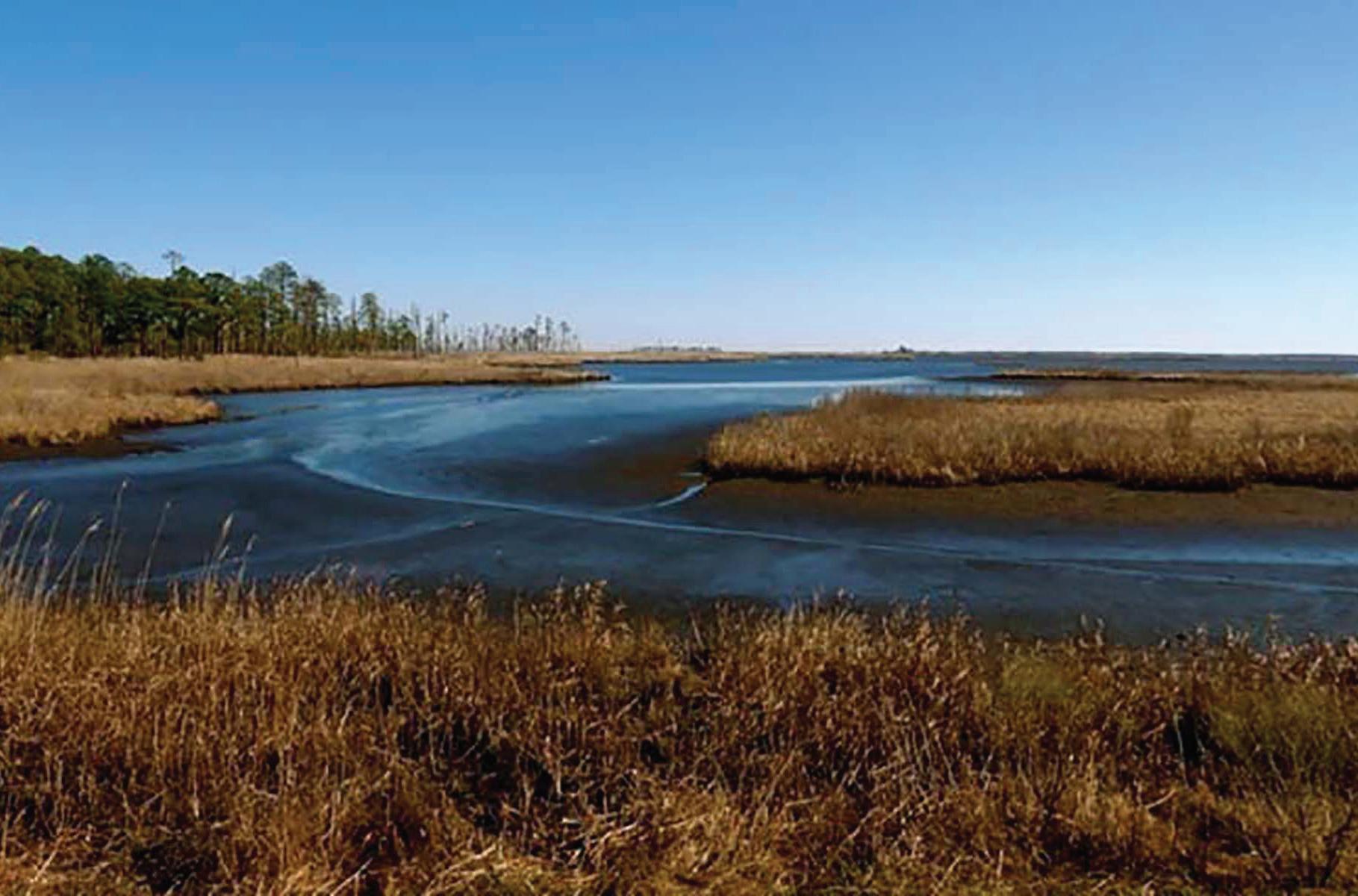












































































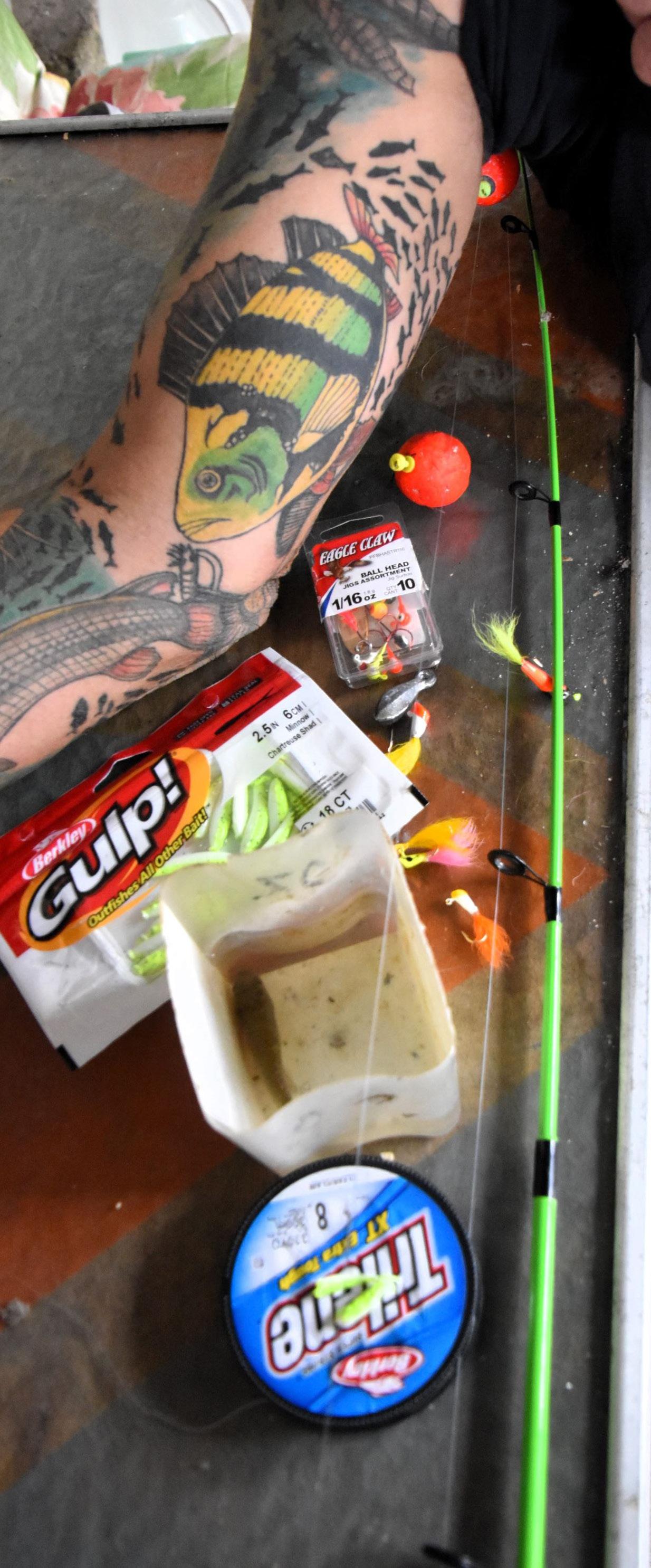
Diet: Yellow perch are opportunistic feeders, mainly eating small invertebrates such as insects, zooplankton, and worms in their juvenile stage. As they grow, they add small fish, crayfish, and larger aquatic invertebrates to their diet. White perch have a similar diet but are more omnivorous. They feed on small fish, shrimp, crabs, and aquatic insects but also consume detritus, small mollusks and plant material, making them more adaptable in various environments.
Why are yellow perch important to the Bay and tributary ecosystem?
Food web: Yellow perch play critical roles in the aquatic food web as both a prey and predator. They are an important prey species for a variety of larger predatory fish, birds, and mammals in the Chesapeake Bay ecosystem. Additionally, birds like ospreys, herons, and cormorants, as well as mammals like otters, also feed on them. By supporting these predators, Yellow perch contribute to maintaining the balance in the food web. As a predator, they help regulate the populations of smaller aquatic organisms, such as insects, zooplankton and small fish.
Spawning and nutrient cycling, contribution to nutrient dynamics: During their annual spawning migrations, yellow perch travel from the brackish waters of the Bay to freshwater tributaries. This migration helps transport nutrients between different parts of the ecosystem. When yellow perch spawn, their eggs and larvae provide a valuable food source for other aquatic organisms, further contributing to the nutrient cycling within the ecosystem.
Indicator of water quality: Yellow perch are sensitive to changes in water quality, especially pollutants like agricultural runoff, habitat destruction and changes in water temperature. Their presence, abundance, and health can act as indicators of the overall health of freshwater and brackish ecosystems in the Chesapeake Bay region. A decline in yellow perch populations can signal environmental problems such as habitat degradation, water pollution, or other ecological stressors, making them a valuable species for monitoring the ecosystem’s condition.
Supporting biodiversity: Promoting Ecosystem Stability: By being an integral part of both the predator and prey communities, yellow perch help maintain the diversity of the species that share their habitat.
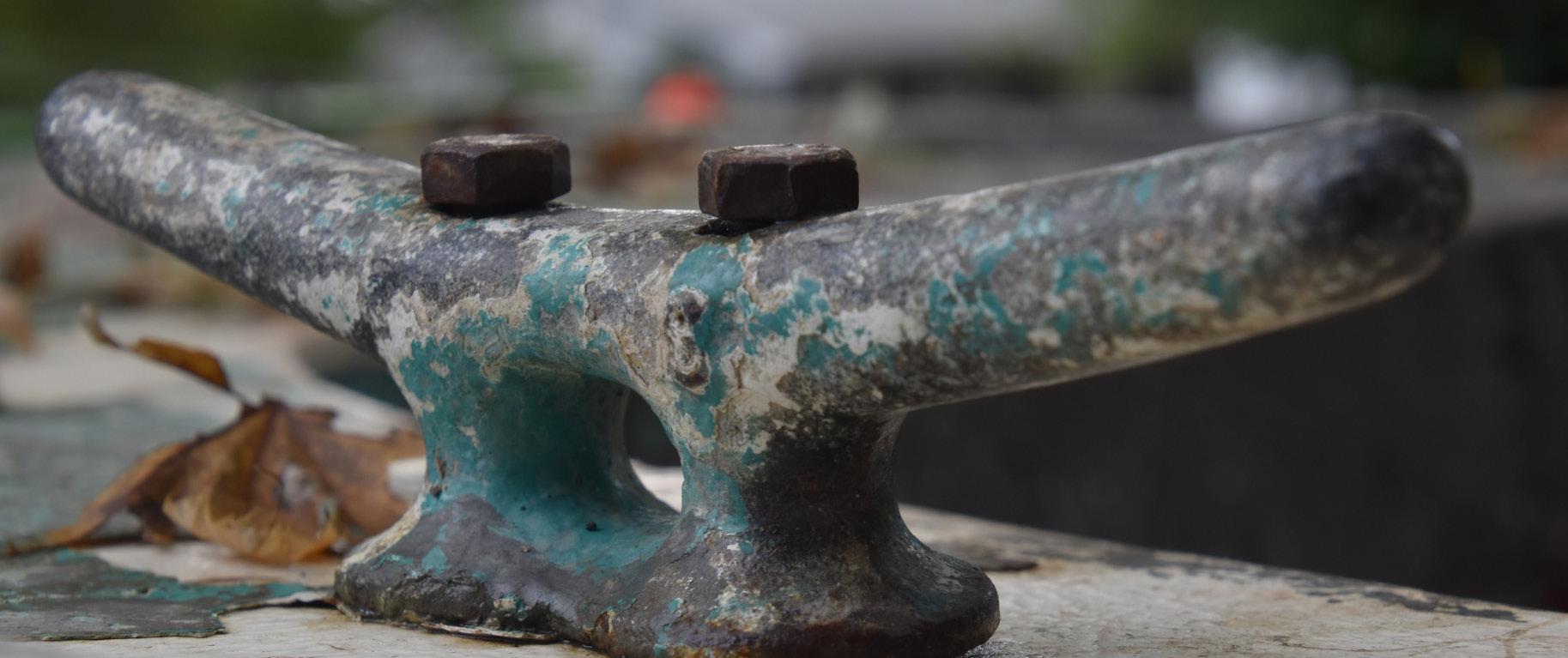
Biodiversity is crucial for the resilience of the Chesapeake Bay ecosystem, as it ensures that the ecosystem can better withstand and recover from environmental stressors like climate change and pollution.
Cultural and economic importance: Yellow perch are highly valued by recreational and commercial fishers in the Chesapeake Bay. Their popularity supports local economies, particularly in rural areas, and they contribute to the cultural heritage of the region. Sustainable fishing of yellow perch helps ensure that human activities remain in balance with the ecological needs of the Bay. Perhaps the most important factor that lends yellow perch to being a popular recreational fish is the early spawning period. Since the spawning run occurs in late February, this is the earliest fish species available to anglers, especially shoreline anglers. Many anglers avail themselves of the early opportunity to get out and fish after winter’s weather passes.
In summary, yellow perch are important to the Chesapeake Bay ecosystem because they help regulate species populations, support nutrient cycling, serve as an indicator of environmental health, and maintain biodiversity. They play a crucial role in connecting freshwater and brackish ecosystems while supporting both ecological stability and human interests.
What advice would you give to anglers looking to fish for yellow perch on the Chesapeake Bay and its tributaries?
Anglers fishing for yellow perch in the Chesapeake Bay and its tributaries can maximize their success with the following tips:
Timing the
• Fish during spawning season: Yellow perch are most active and easiest to catch during their spawning season in late winter to early spring. Utilize Maryland DNR fishing reports, angler forums/message boards and talk to local bait shops to increase the chances of timing their peak run.
• Location: During the spawning season, yellow perch will be found in freshwater tributaries, creeks, and rivers connected to the Chesapeake Bay. Target prime locations where yellow perch are known to migrate during their spawning run. Popular areas on the Eastern Shore are as follows:
• Tuckahoe Creek (Tuckahoe State Park)
• Choptank River (Greensboro-Red Bridges and boat ramps)
• Nanticoke River (along the border of Maryland and Delaware, near Vienna including Marshyhope Creek (Federalsburg-boat ramps)
• Wye River (public boat ramps and shoreline fishing)
• Tred Avon River (Town of Easton and several boat ramps along the river),
• Pocomoke River (Shad landing in Pocomoke River State Park)
• Wicomico River (Salisbury City Park, Wicomico Creek, Tonytank Creek)
Post-spawn: After spawning, yellow perch often move to deeper, cooler waters, so focus on deeper sections of rivers or the edges of drop-offs and weed beds.
Pre-spawn: Undoubtedly the most overlooked time to fish for yellow perch is mid-to-late fall. Yellow perch








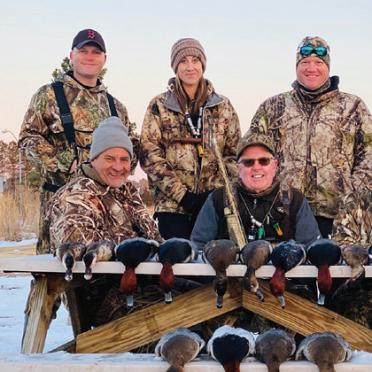

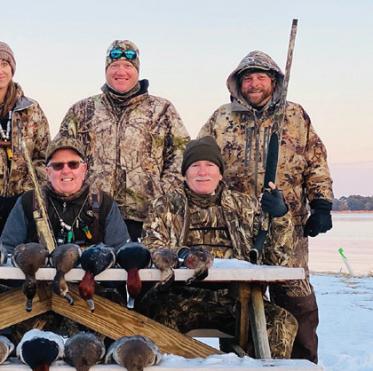





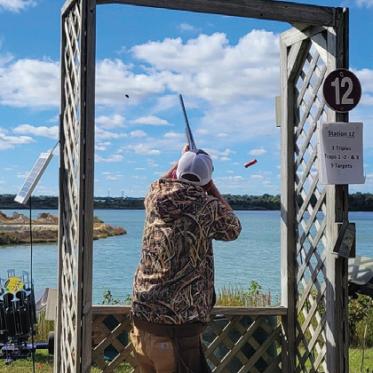


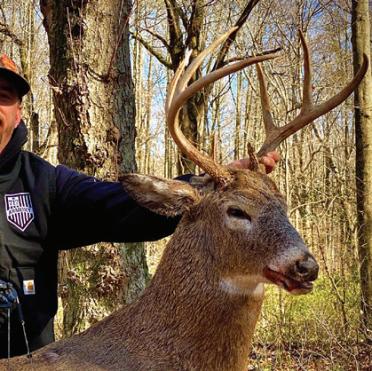
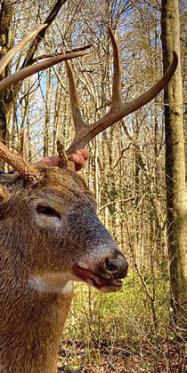
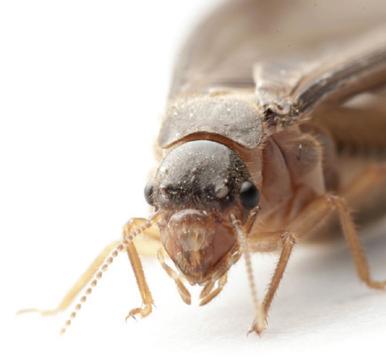





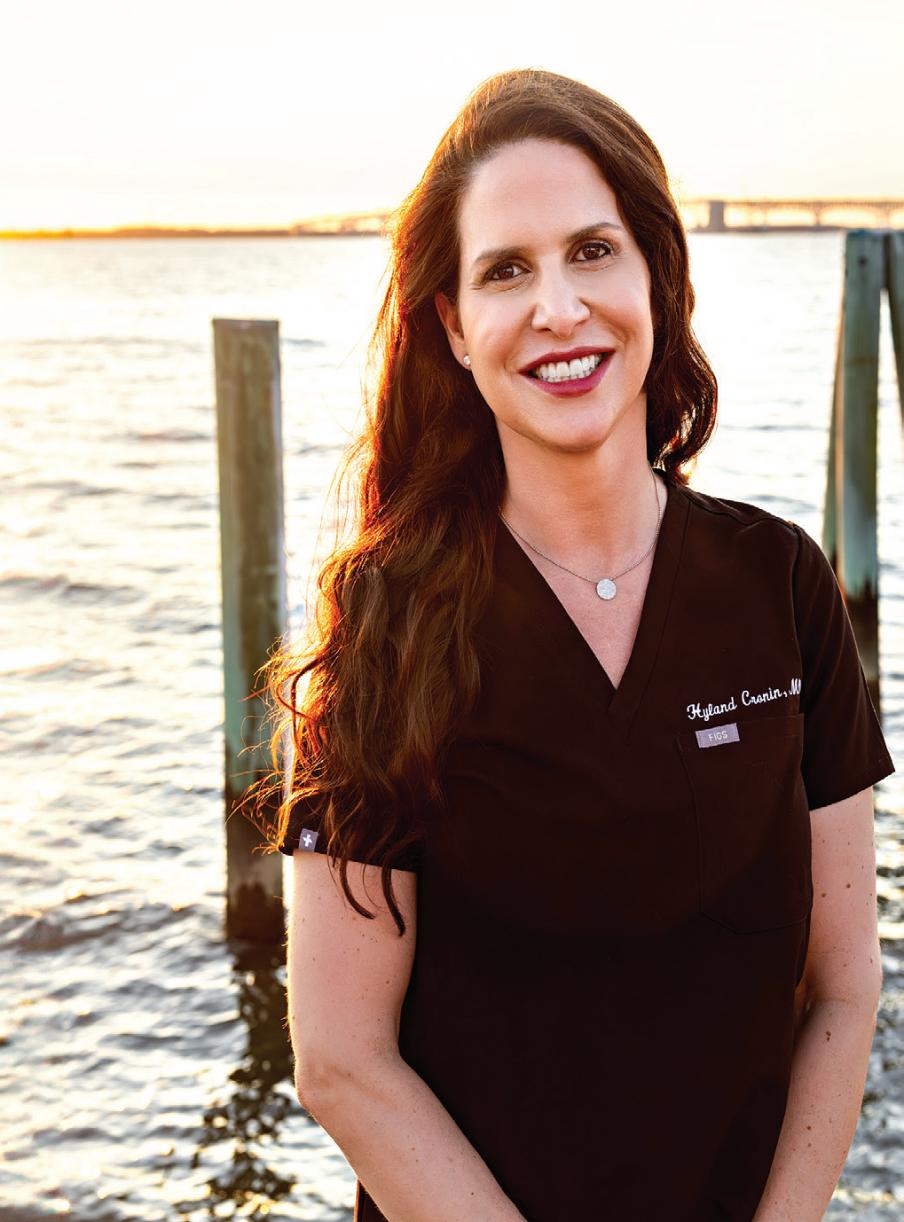




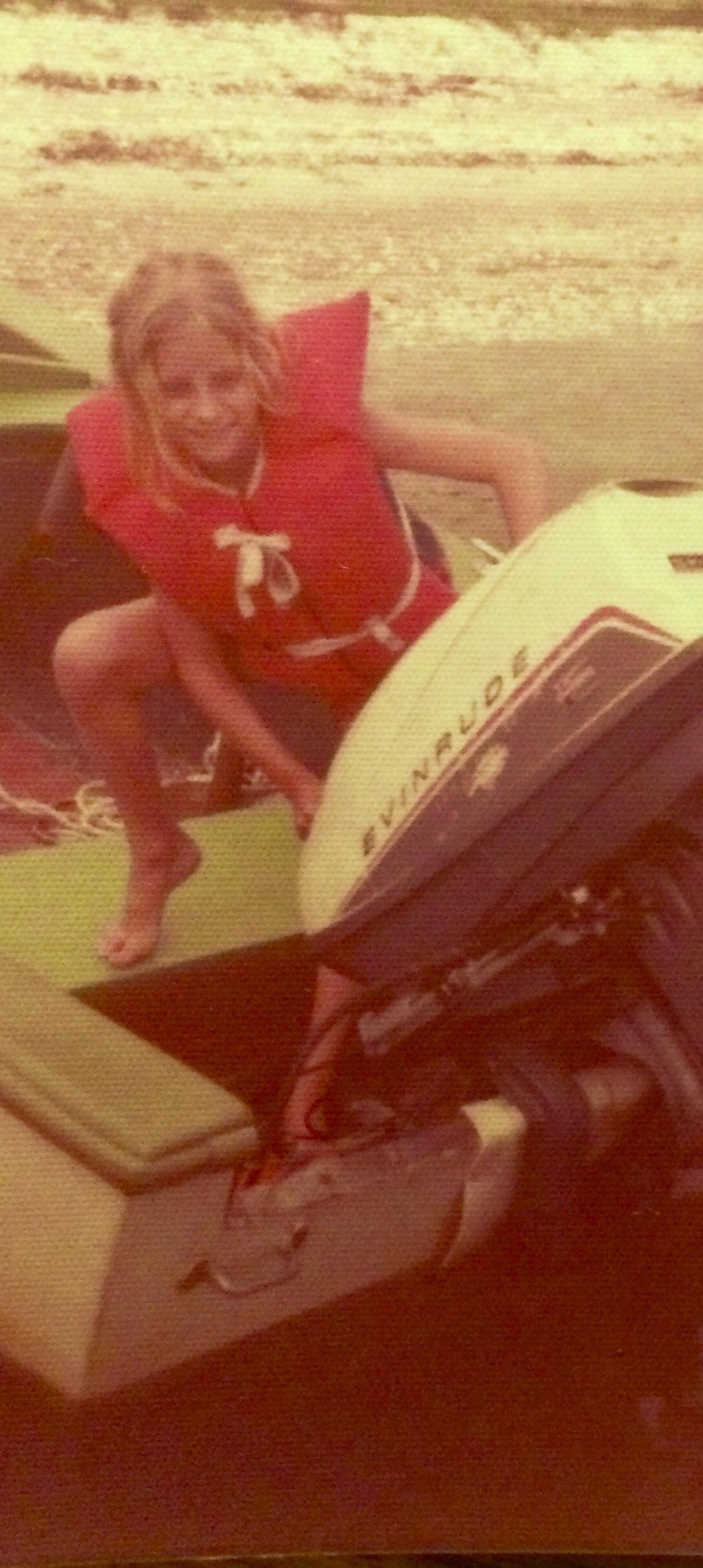
move into shallower waters to feed aggressively to put on weight before winter’s cold slows down their metabolism. Yellow perch will migrate to deeper waters once water temperatures drop during the winter. In general, though, these locations would be lower in a river system than where anglers would normally fish the spawning run.
Bait and lures:
• Live bait: Yellow perch are known to respond well to live bait such as minnows, worms, and insect larvae. Use small hooks and keep the bait close to the bottom where yellow perch tend to feed, but also try suspending live bait under a bobber set at various depths. The fact that you can have great success bobber fishing is part of the popularity of recreational yellow perch fishing. No fancy gear is required.
• Artificial lures: Small jigs, spoons and spinners in bright colors like chartreuse, yellow or white can also be effective. Slowly retrieve lures to mimic the movement of small prey. Many anglers find success by hooking live grass shrimp on small shad darts and jigging the rig through the current.
• For conservationists and anglers concerned with the declining populations of yellow perch in the Chesapeake Bay and its tributaries, responsible fishing practices and conservation efforts are key.
• Practice catch and release: handle them gently to minimize stress. Release fish as quickly as possible to ensure their survival. The use of artificial lures lessens the chances of deep hooking a yellow perch and can reduce mortality.
What else about yellow perch would Maryland DNR want readers of Shore magazine to know?
The Maryland DNR Fishing and Boating Services monitors and assesses population levels through fishery independent and dependent surveys. Abundance information and biological information are collected from our surveys and sub-sampling catches from the commercial fishery. This information is utilized to determine age and size structure, as well as growth and mortality estimates. Maryland DNR actively manages yellow perch populations to balance sustainable fishing with conservation to maintain healthy populations for future generations. S






Shooting sports is a unique opportunity to compete as an individual and a team.


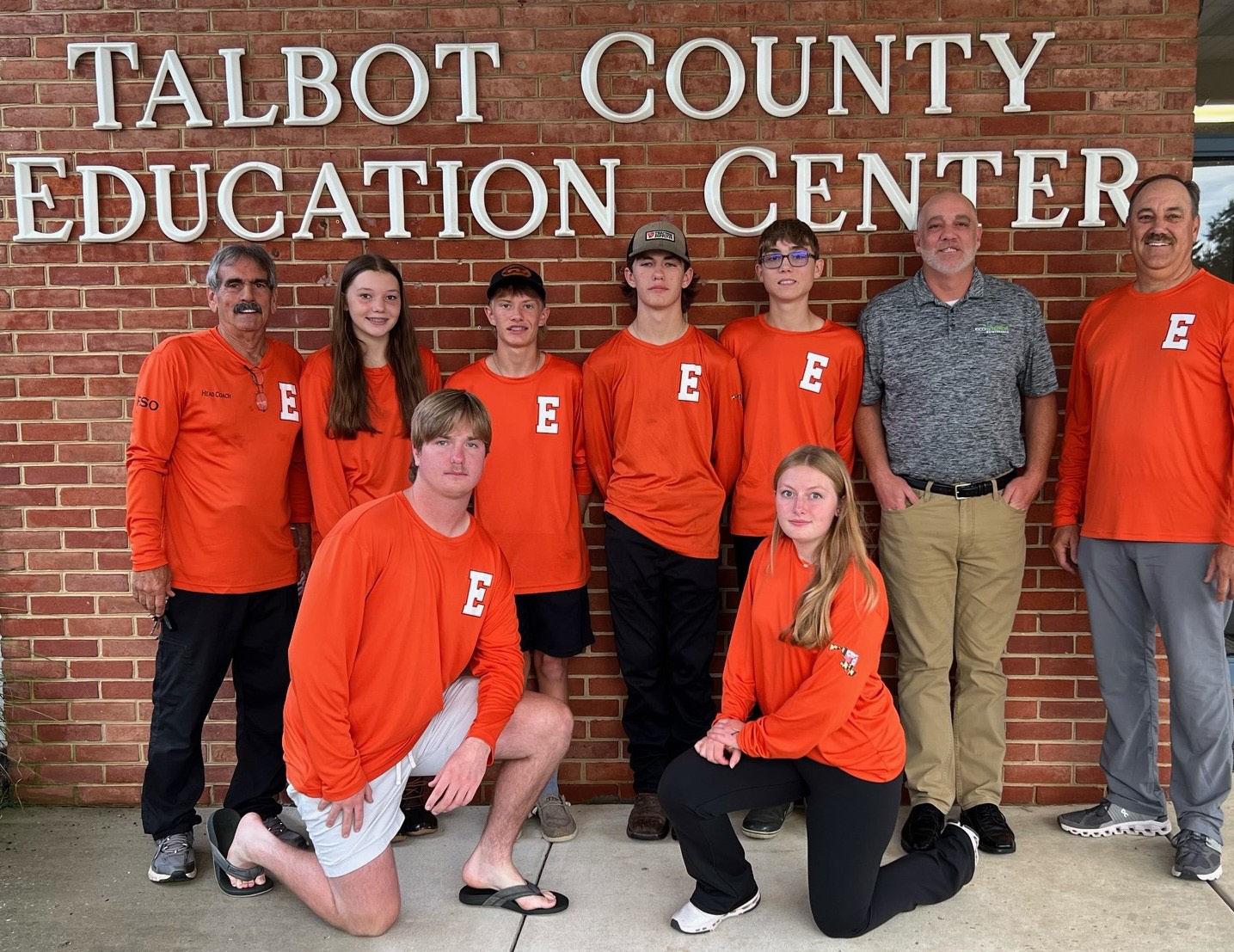
BY AMELIA BLADES STEWARD
New sports are cropping up everywhere. Watching the Summer Olympics in Paris showed us that several new Olympic sports have been introduced in the last 10 years, including break dancing which debuted this year.
Locally, a group of determined local coaches with some students from Easton High School decided they wanted to have a new club available to high school students so they lobbied the Talbot County Board of Education to create a Clay Target Team. The team is getting off the ground this fall, introducing students to this shooting sport that is gaining popularity across the country.
According to Joe Capozzoli, who will be the team’s head coach, once the club was approved, they joined the USA High School Clay Target League, the only 100% school-approved clay target shooting sport program in America. Capozzoli is certified through the league, which also insures the team. Justin Eader and Rocco Barletta are the team’s assistant coaches.
“The students got signatures from 211 students and 24 teachers in favor of having a clay team at Easton High School. Currently, there are teams at Kent Island High School and Queen Anne's County High School,” Capozzoli shares.
“It was a community effort to get the team going with many people behind it and several community members attended the School Board meeting.”
“The Easton High School Competitive Clay Shooting Team is such a unique and important outlet for our local youth. In addition to ensuring
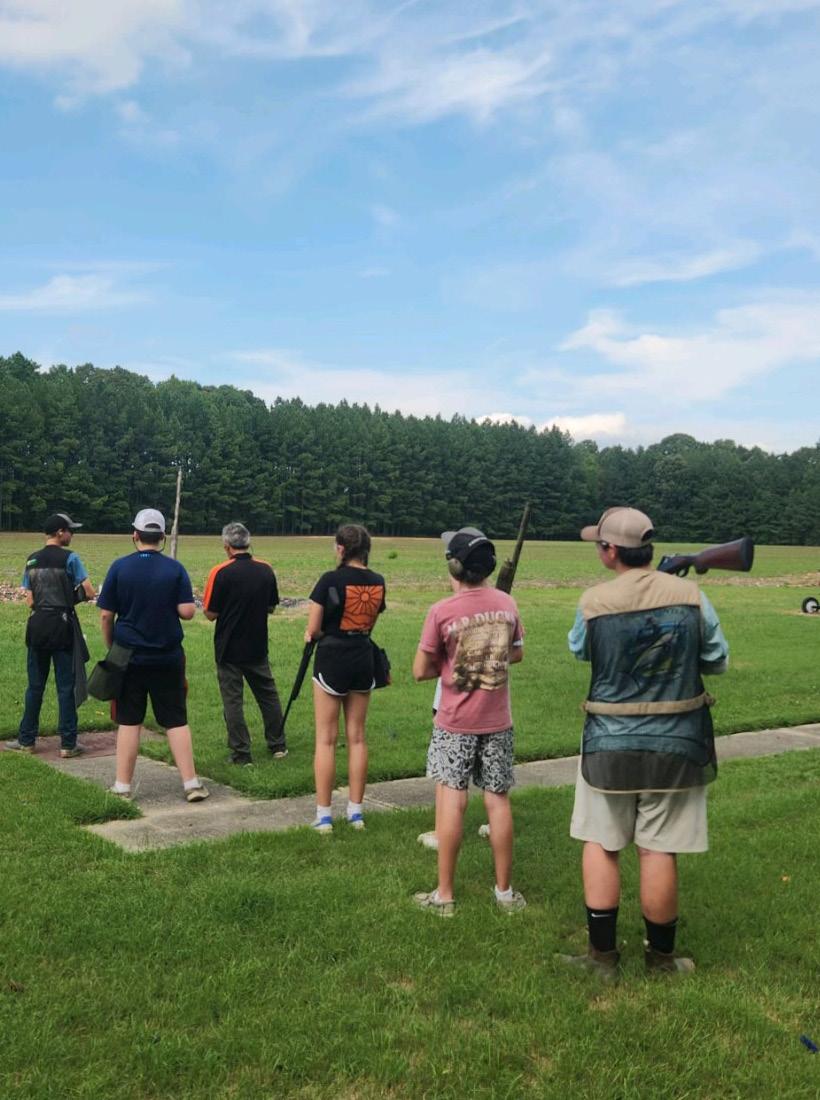

future generations carry on a sporting heritage and tradition that is so culturally significant to our region; this program also helps to educate team members on how to become respectful stewards of the land, and offers them careful training on how to become safe and capable operators of firearms,” said Easton’s Mayor Megan Cook, who has been a big supporter of the program.
Any high school, homeschool association, or college is eligible to participate in the USA Clay Target League but must be approved by the league and follow individual school protocols. The number of student-athletes on a team can be as few as two to unlimited numbers. The purpose of the league is to attract students to participate in shooting sports while creating friendly competition among high schools throughout each state. The league offers trap, skeet, sporting clays, and 5-stand leagues to secondary and postsecondary schools across the country. Both male and female athletes compete on the same teams and the sport is an ‘adaptive’ sport, which allows students with physical disabilities to take part as well.
Austin Eader of Cordova, a student at Easton High School, has been active in shooting sports since he was 8 years old. He helped get the signatures for the team and took the idea to the Talbot County Board of Education, who approved the team unanimously.
“I was taught about shooting and shown how much fun it actually is,” Eader said. “I think it makes you
a more responsible and knowledgeable person on many different things. It’s a great thing for the youth to experience.”
Easton’s team has 12 members with two freshmen, eight sophomores, one junior and one senior participating. The team will compete regionally and if successful, can compete at the statewide and national levels in skeet, trap, 5-stand and sporting clays.
This year’s fall season is five weeks and the team will compete in skeet. Team member Olivia Wade is active in the Future Farmers of America and is excited to be involved with the team.
“When I compete, I compete against myself,” she said. “I push myself to be the best I can possibly be, but having a team that I can communicate with and learn what and what not to do will help me learn even more.”
According to the USA Clay Target League’s website, “The League’s priorities are safety, fun, and marksmanship – in that order,” making it the safest sport in school, with not one reported injury since its inception in 2001. Each athlete must complete firearm safety certification before participation.
Capozzoli, who is president of the Talbot Rod & Gun Club in Easton, said that the club is offering the students a place to shoot.
“Without getting the youth involved with the sport, the sport will die a slow death,” he shared. “These students are building a lifetime sport and we are thrilled to be able to support them. It is not just the shooting end of this, it’s the social aspects and the


comradery of it.”
When my teammates improve their skills and have a better understanding of the sport, it makes me happy.


According to the USA Clay Target League, they have 49,337 athletes and 1,625 high school, college and homeschool teams registered nationally.
Part of the tryouts for the EHS Clay Target Team included students writing why they wanted to be involved.
“You could see by their responses that this is about more than shooting,” Capozzoli said. They are expected to participate in community events, sponsor events, and perform routine maintenance duties around the Gun Club.”
Capozzoli, who previously worked in pediatric psychiatry at Johns Hopkins Hospital, said he feels kids need relationships with other adults beyond their parents and family to learn how to function in society.
“When you can get kids together and unite them with a common cause — as long as it’s a positive cause — good is going to come out of it,” he added. “It also
‘‘
gives kids, who are not suited for other sports, an opportunity to be a part of a team. You don’t need to be a star athlete to shoot, you just need coordination.”
In addition to the Talbot Rod & Gun Club supporting the team, several individuals and businesses have stepped up to support the team and it is fully funded for the 2024 season.
“A heartfelt thanks to everyone who became a sponsor this year,” Capozzoli said. “It has made all the difference to these students who only have to pay for shells used outside of league functions.”
Sponsors have provided vests, jerseys, tee shirts, shot cameras and shells for league events. While the team is fully funded for this season, donations are welcome and can be made online at https://ehssos.org/ by selecting the Clay Target Team under the Donate button or by checks payable to the EHS SOS with Attention: Clay Target Team in the memo portion of the check. S















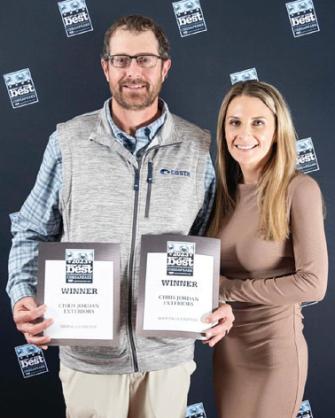

For over fifty years, we have brought the finest in collectibles, art, and heritage displays to Easton, MD. Three days to immerse yourself in the charming EasternShore lifestyle.
November8-10, 2024
In 1971 ag roup of for wardthinking Eastonian sh ad ad reamwhat if the yc ould cr eate an event that celebr ated the natural world and cr eated ad esire for those in att endance to car ef or it? Those visiona ry people had a mission and it was realized. Over 5.7mi llion dolla rs have gone to conservation, th ousand so f people have atten ded the fe stival, and the communi ties that surround it have rema ined focused on the future.
Join us this year and be ap art of the legacy. We welco me you!
tickets: waterfowlfestival.org
THANK YOU TO OU RL EG ACY CONSERVA TION PART NER FOR SUPPORTI NG THE HARRY M. WALSH WATERFOWLI NG AND ARTI FACTS EXHI BIT FOR ALL TO ENJ OY


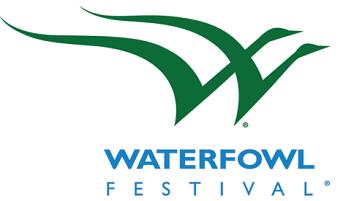

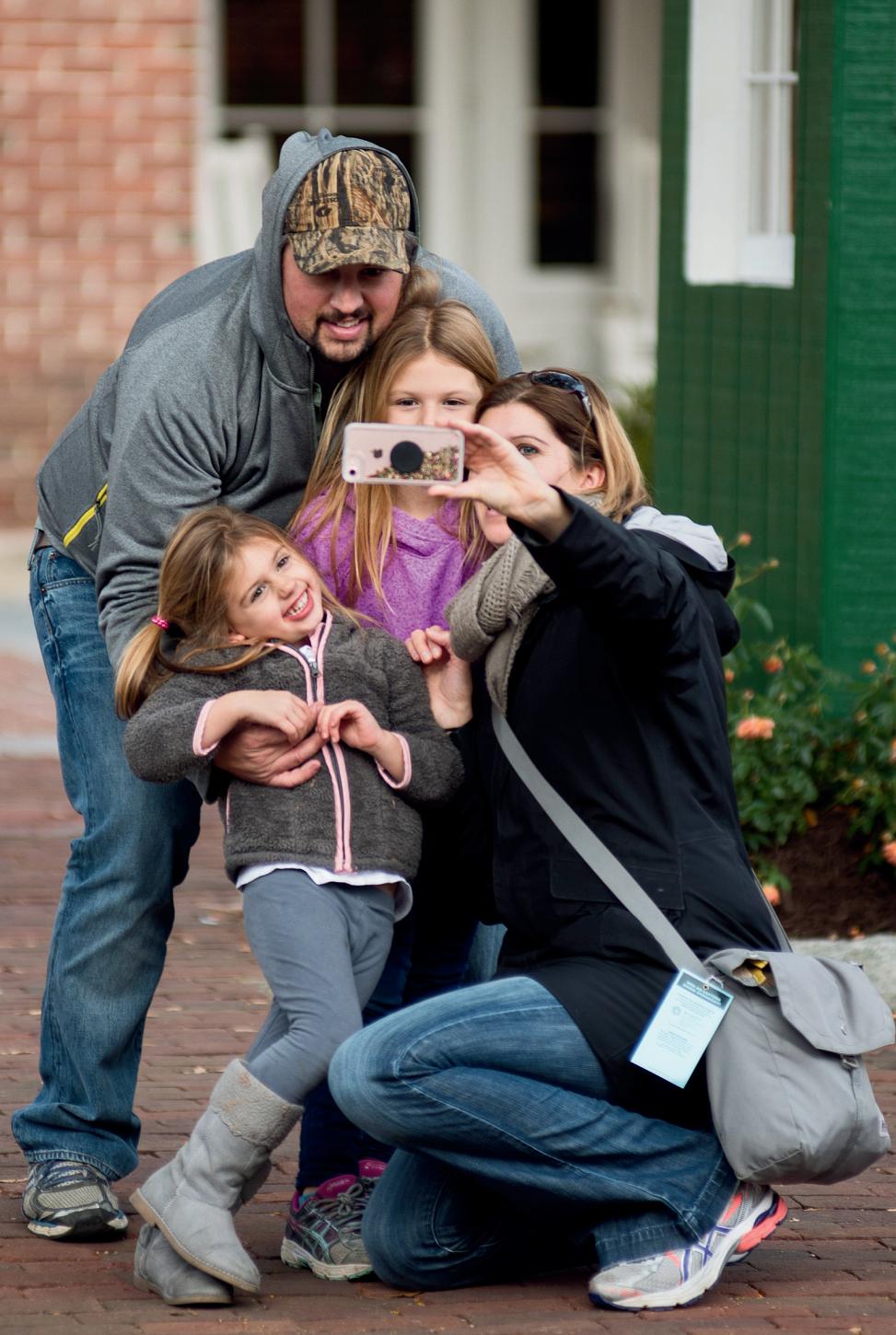
Maryland&The





Water fowl Festival Weekend Line Up 11/7 – HotToddieswithHannah Gill -Hot Jaz z 11/8 – AntjeDuvekot Wi th opener Seth Glier –Adul tContemporar y 11/9 – Stand Up Comedian Justin Schlegel 2Shows
BigShows Heading to Talbot County
11/2 – Brain Damage –APink FloydTribu te 11/16 – Pressing Strings–Soul/Rock/Reggae
11/1 7– Darlingside –Indie Folk Lush,lush.lushharmonies
11/2 2– SammyMiller and TheCongregation 100 YearsofJaz z 11/29– Josh Christinaand TheRevivalsPiano Rock through TheAges
11/21– Julian Velard –Piano Troubadour
11/30 – TheSeldom Scene –BluegrassLegends
12/1 – Front Porch Orchestra’sBluegrassNutcracker
12/12-22 – TheSound of Music on Stage
1/4 – Ken &BradKolodner Quar tet–American RootsMusic 1/11– Statesboro “A Tribu te to the Allman Brothers” 3/1 – Newmyer Flyer’s“Bleeker Street ”(ATribu te) TheSimon &Gar funkel Songbook
3/5 – TheS teel Wheels –RockFirst Folk Band 3/2 2– TheAmish Ou tlaws
3/29&30– An Evening with Graham Nash 4/4 – TomRushwithMattNakoa
5/8 – Madeleine Peyrou x 5/31– Beausoleil avec Michael Doucet
We wish ever yone awonder fulThanksgiving and Holiday Season with family,friendsand ashow at TheAvalon! Forticketsand more information youcan call TheBox Office at 410-822-7299 Or please visitonline at avalonfoundation.org TheAvalon Theatre -40E .DoverS t. Easton,MD
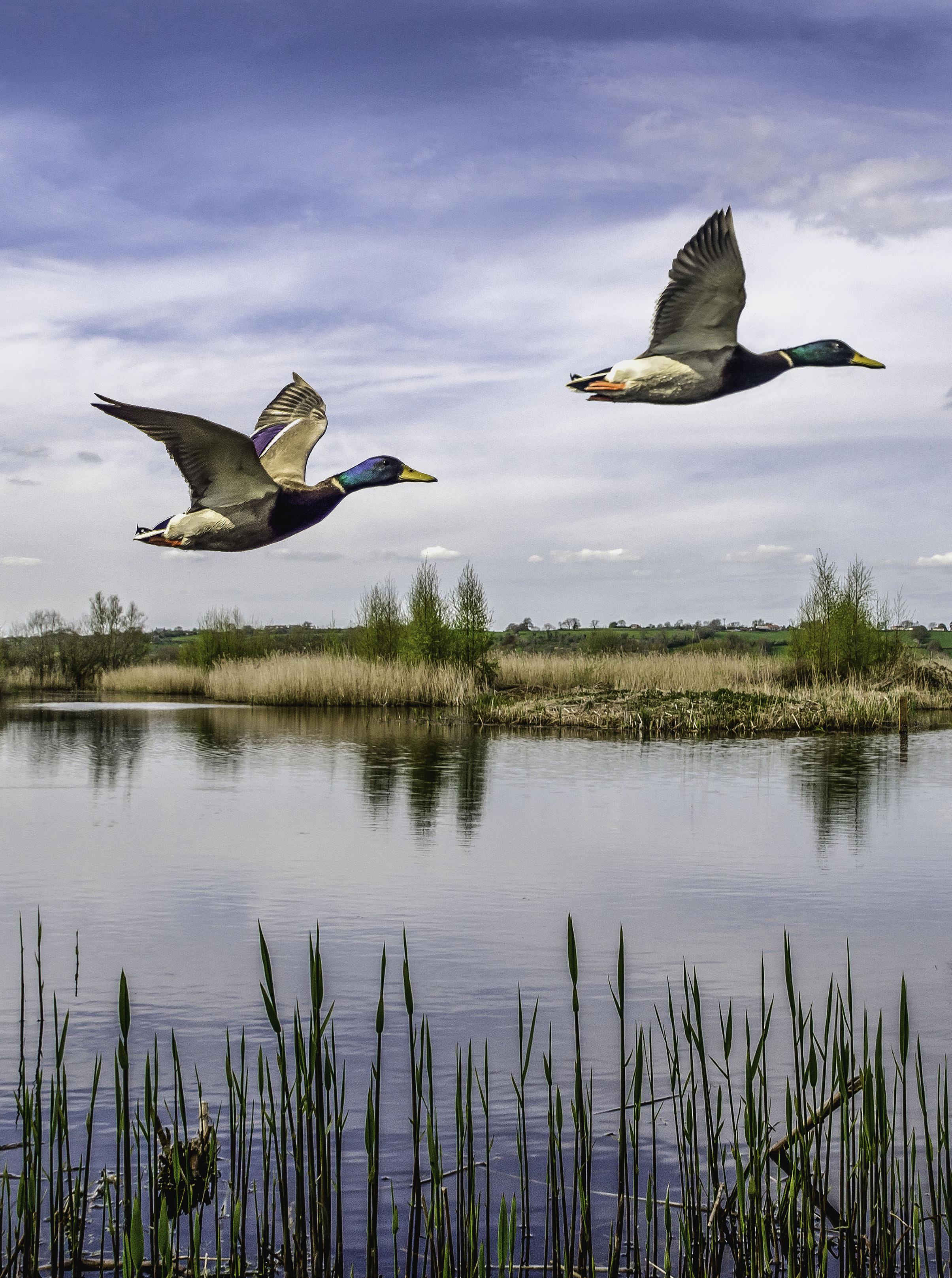
The Waterfowl Festival in Easton may be known for its ducks, geese, art and dock dogs, but the question on everyone’s mind when they get there is: what is there to eat? Thankfully, there is no shortage of answers to that question, with so many food vendors that it takes the weekend to try them all.
Deena Kilmon, the executive director of the Waterfowl Festival, is a long-time festival-goer.
“I’ve always scheduled my Waterfowl Festival around the food I want to eat,” she said. “You can’t come for just one day and get all your favorites. You’ve got to plan for two or all three days. The Waterfowl Festival is a cultural exploration of who we are. And
that includes food, that’s one of the most integral parts of the Eastern Shore experience.”
Many of the long-time food vendors set up around the festival are nonprofit and service organizations, including The Elks Club, the Lions Club, the VFW, Ruritan and Christ Church Easton. For most of these organizations, these food sales represent their biggest fundraising weekend of the year.
That touches on a philosophy of the festival: to support, enhance and show off the local community. The Waterfowl Festival brings people from all over the country to Easton, who then buy and enjoy food from local organizations and restaurants throughout town.
The festival itself is spread
all over the town and so is the food. Christ Church, along South Street across from Waterfowl Festival headquarters, is known for its crab cakes. The Elks Club is famous for oysters and Bloody Mary’s; the Lion’s Club in front of the courthouse on Washington Street sells a dizzying number of clam strips; and the sought-after Shoreboys Cream of Crab Soup is found at Easton Antiques on Harrison Street.
This year, the festival has worked with local businesses to add great food to other locations, with 4 Dogs Brewery having an outpost in the Eastern Shore Land Conservancy building on Washington Street and Gourmet by the Bay and The Village Shop teaming up to create an upscale “Party at the Ponds” with
BY MICHAEL VALLIANT
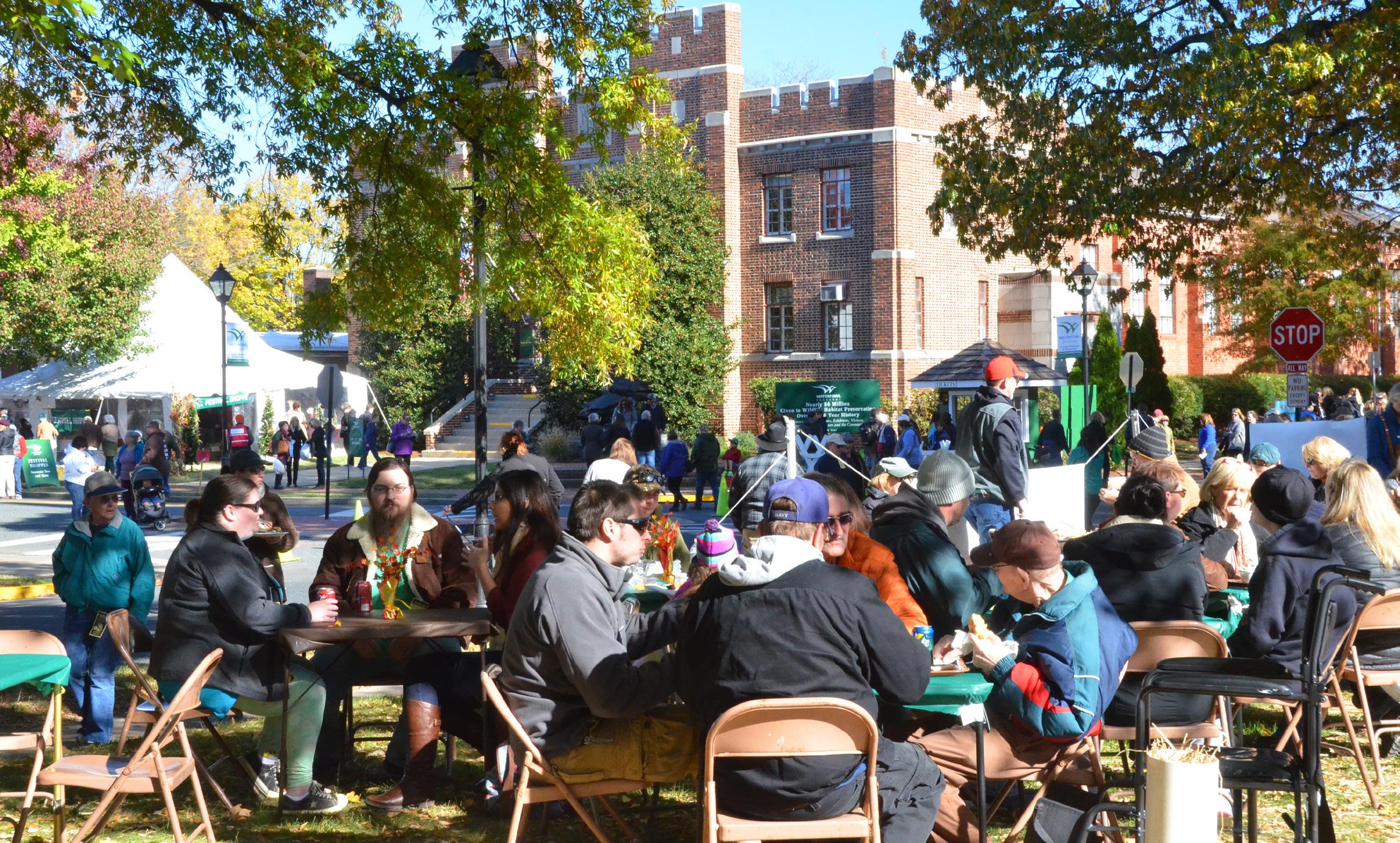

food and cocktails at the Bay Street ponds.
There will be food trucks and vendors downtown along Harrison Street set up for all kinds of snacks, coffee and desserts, including Smith Island Cake. The festival’s wine tent and tasting pavilion will be located behind the historic Bullitt House on the corner of Harrison Street and Dover Road. Another new aspect to the festival: inside the storied Avalon Theatre, festival-goers will find a “Duck Blind” of craft beers and cocktails.
For the first time, the Waterfowl Festival is introducing an official licensed beer for the weekend. Working with local brewer Bird Nickel Brewing, “In Flight” will be a winter lager that people will be able to purchase and enjoy. With increased food offerings
throughout the town, Kilmon suggests using the updated four-bus system to enjoy all the food venues without having to worry about driving and finding parking.
“We encourage people to buy a ticket and ride the bus to all the different locations,” she said. “We’ve introduced a four-bus system this year — treat yourself to everything from crab cakes and oysters, to the restaurants serving their fall menus around town, to the Elks Club and the ponds on Bay Street, just to name a few. You can’t do it in a day, but we can make it easy for you to get to them all.”
You can find a list of food vendors and their locations around town on the Waterfowl Festival website: https:// waterfowlfestival.org/foodvendors/ S
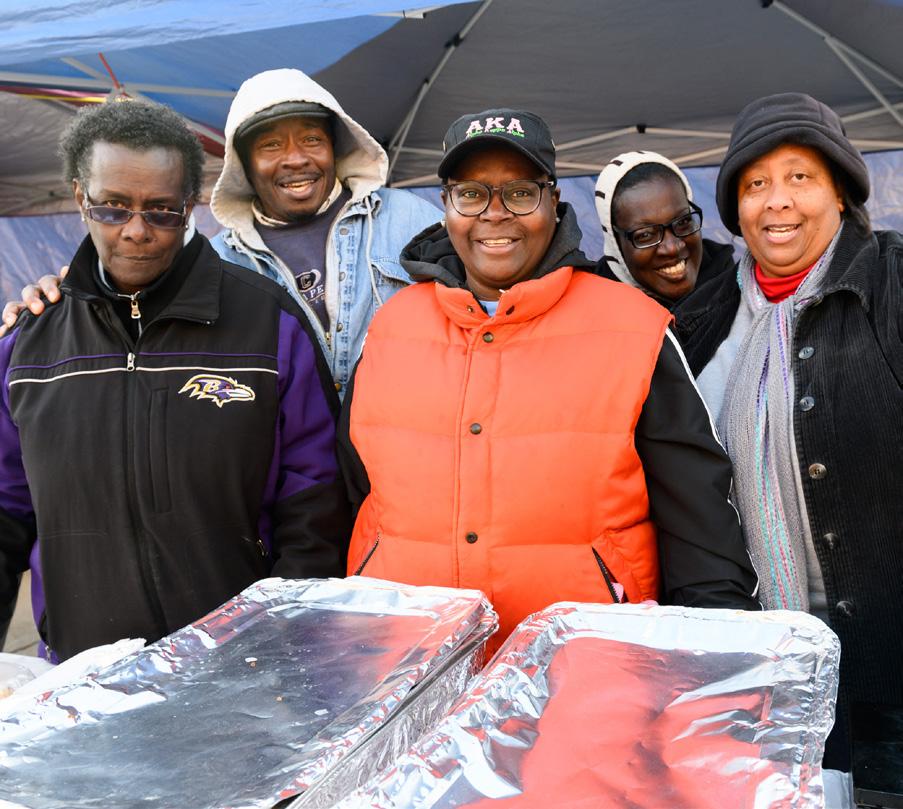

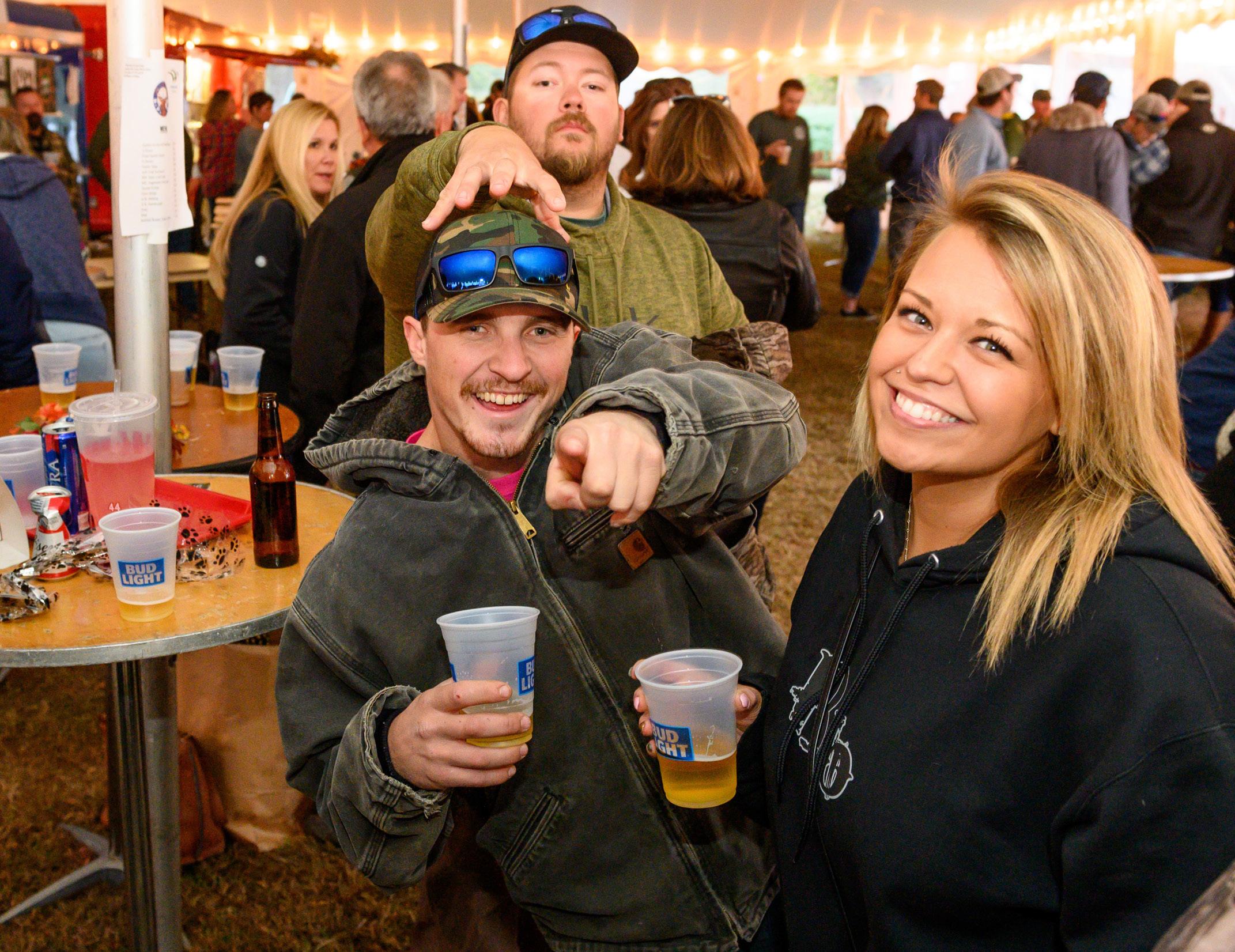


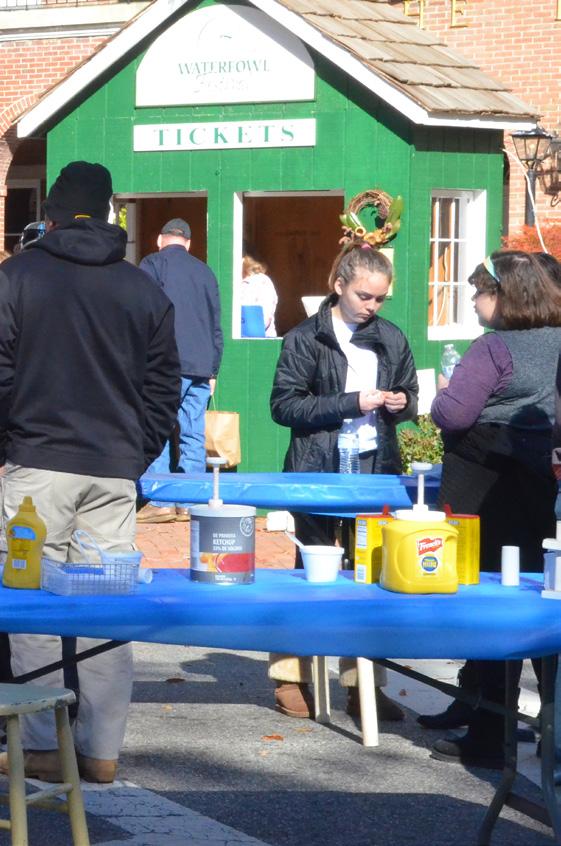

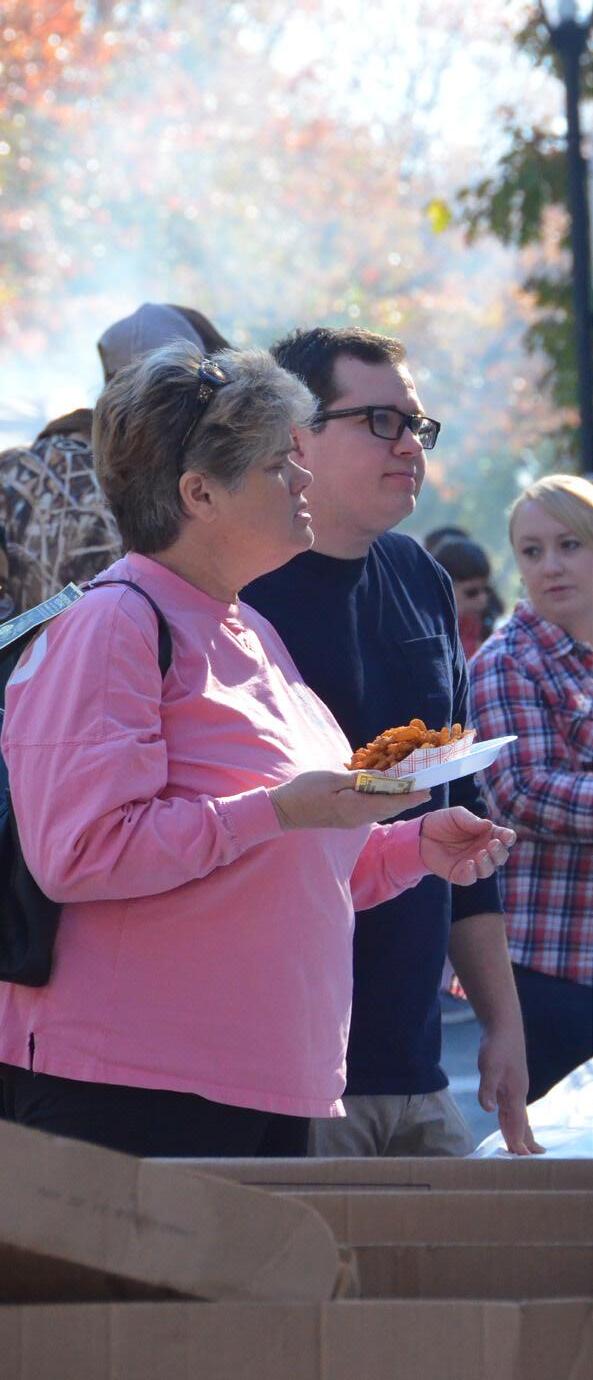





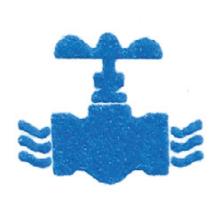





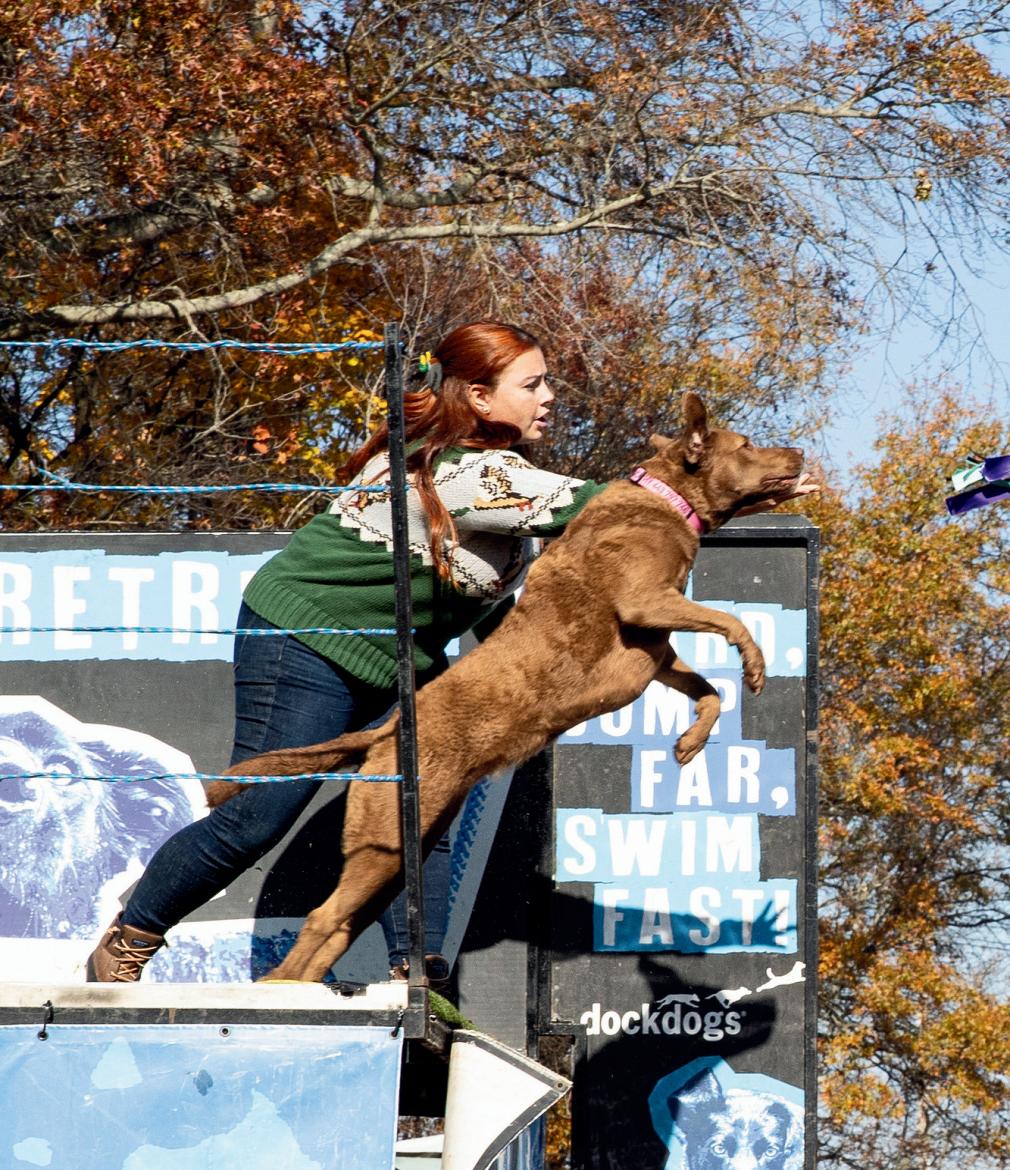
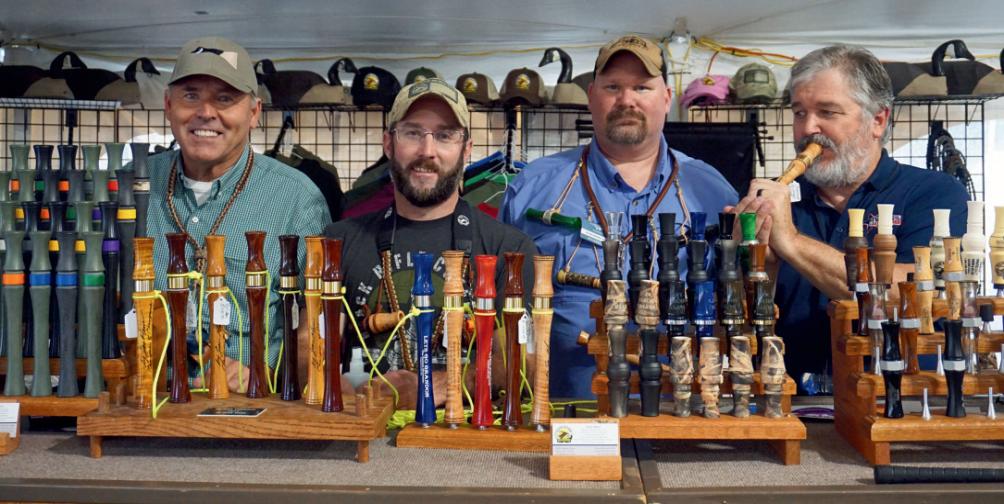
LESSONS IN TOP TECHNIQUES, BEST IN BREED, FIESTY SPIRITS.
Watching the dock dog competition, the retriever dog demos, or the field trial dog show- this is the way we learn! the Festival is dog-friendly, so bring your best furry friend to have some fun. Dog exhibits are at the Sportsman’s Pavilion (Elks), Chesapeake Bay Pavilion (VFW) and the Party at the Ponds on Bay Street. Doggie daycare available by Talbot Humane -sto pbythe Armory for details!
Marshland Mercantile, Art Pavilions presented by PNC, Tailgating Spot, Buy-Sell-Swap, Chesapeake Bay Pavilion, Guyette and Deeter Auction, and of course all the shops downtown are full of awesome outdoor and lifestyle wear that will help you get ready for action.

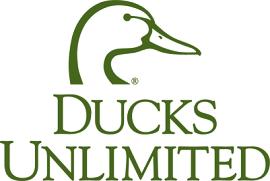

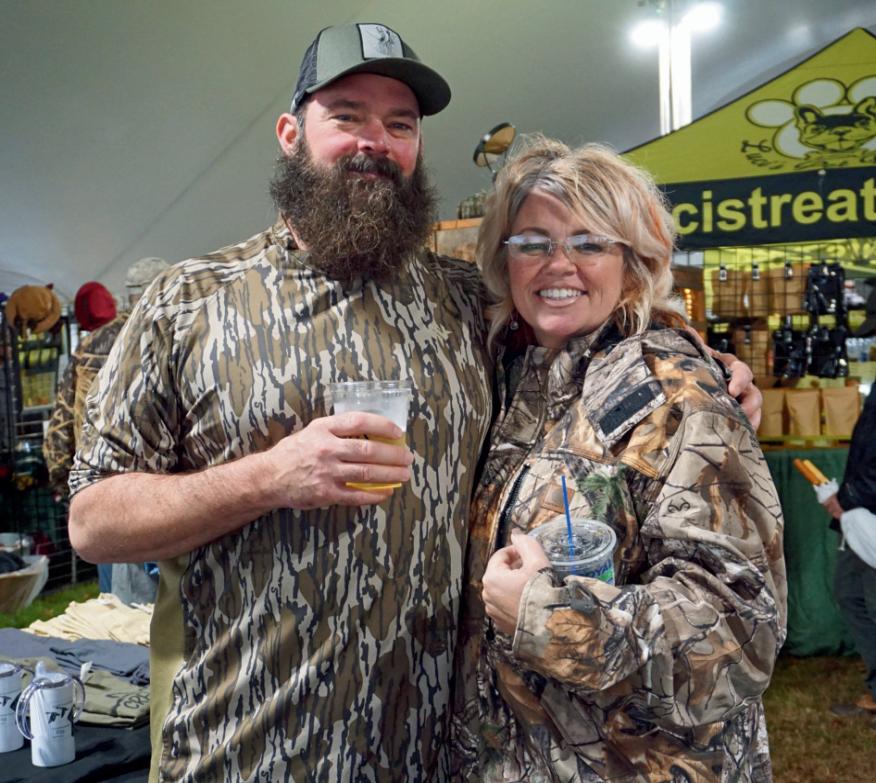

up catch number four after casting her line, getting a fish nearly everytime. Out on the water, she lit up with a bright smile and talent beyond belief. On a day with wind and rain, Megan brought sunshine to the sport of fishing.
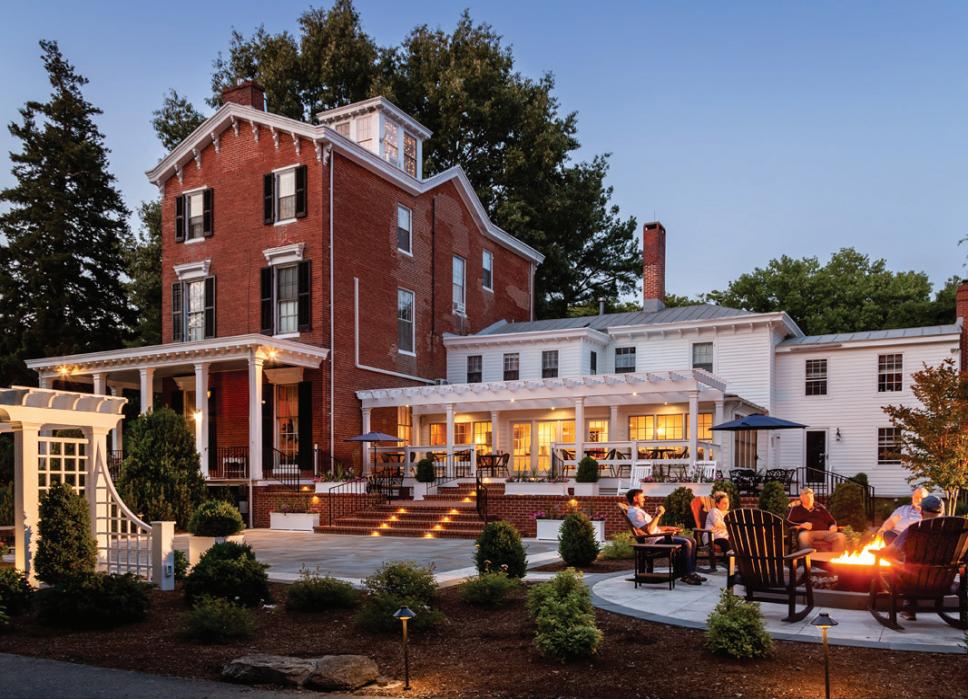
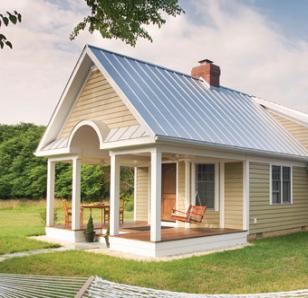
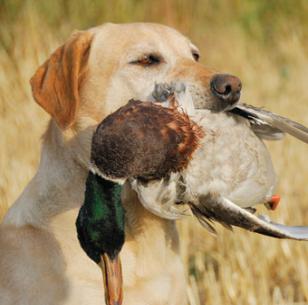



There is no better place than the Brampton Inn on Maryland’s Eastern Shore whenitcomes to enjoying your sport of choice without roughing it.
After aday in the field, the historic manor house, built circa 1860, and private guest cottagesflanking the 35-acre countryestate provides a quiterespite where you can create your own personal getaway. When you’re ready to kick back and relax, enjoy acocktail on the terrace by the firepit and asatisfying dinner.Then unwind with an in-room massage.

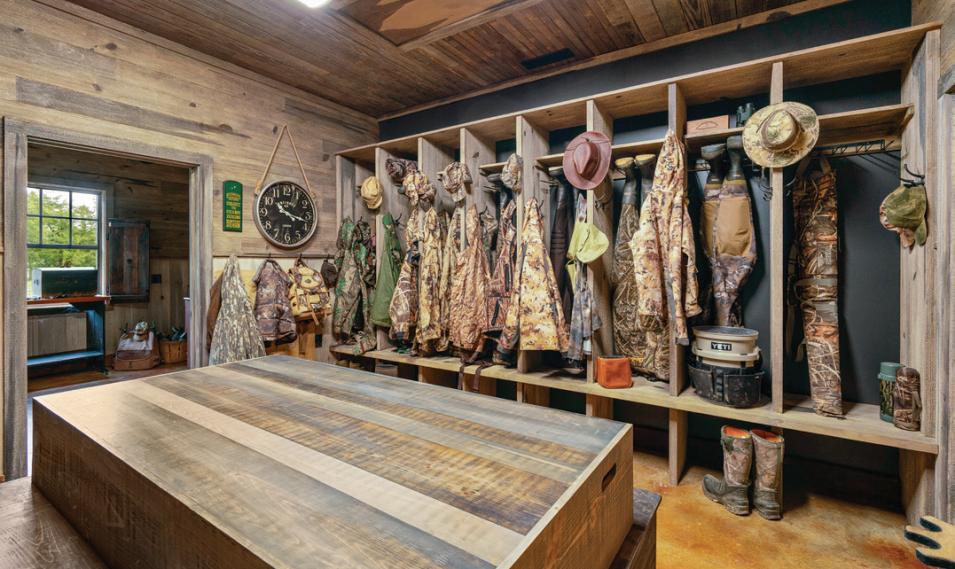
























E E N CE OF THE E S E R N S HO RE












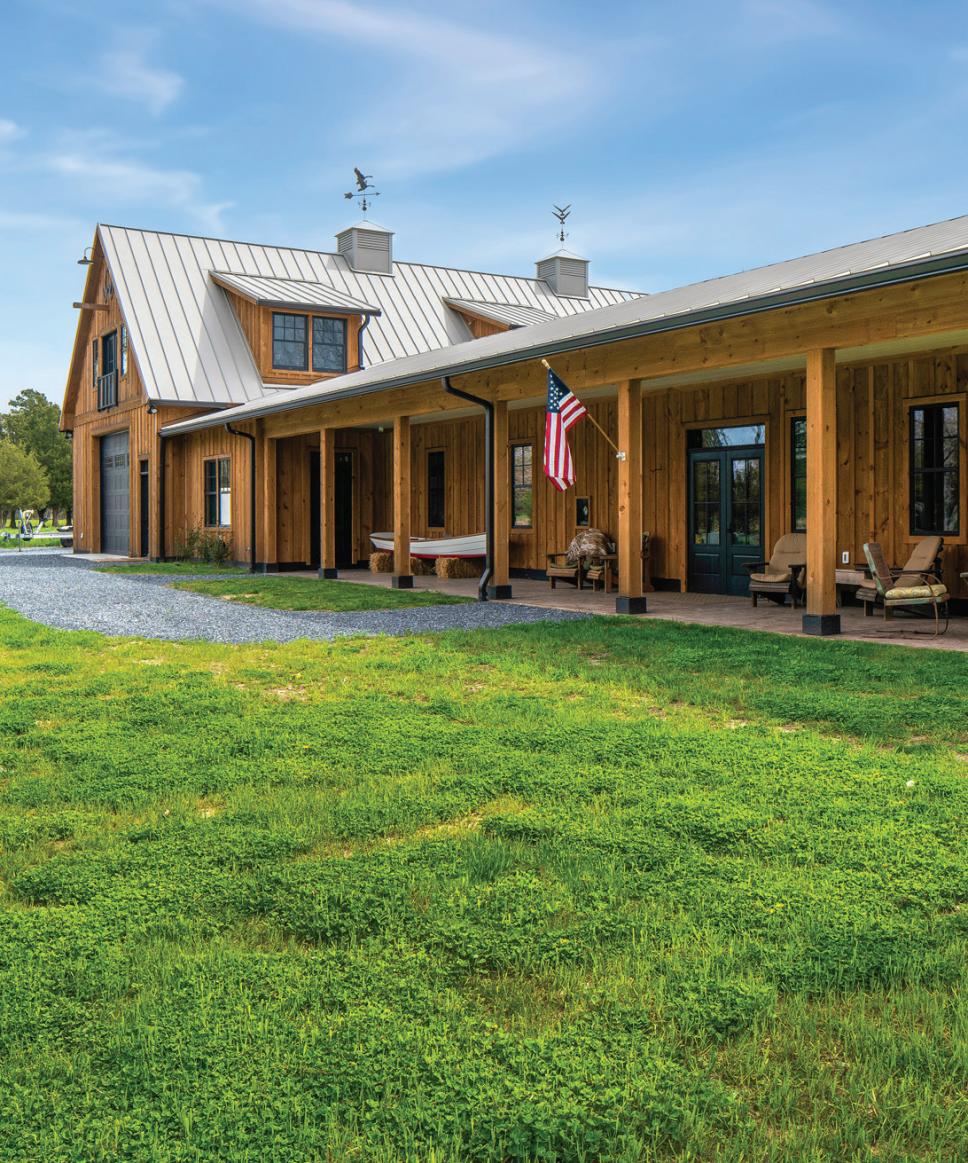
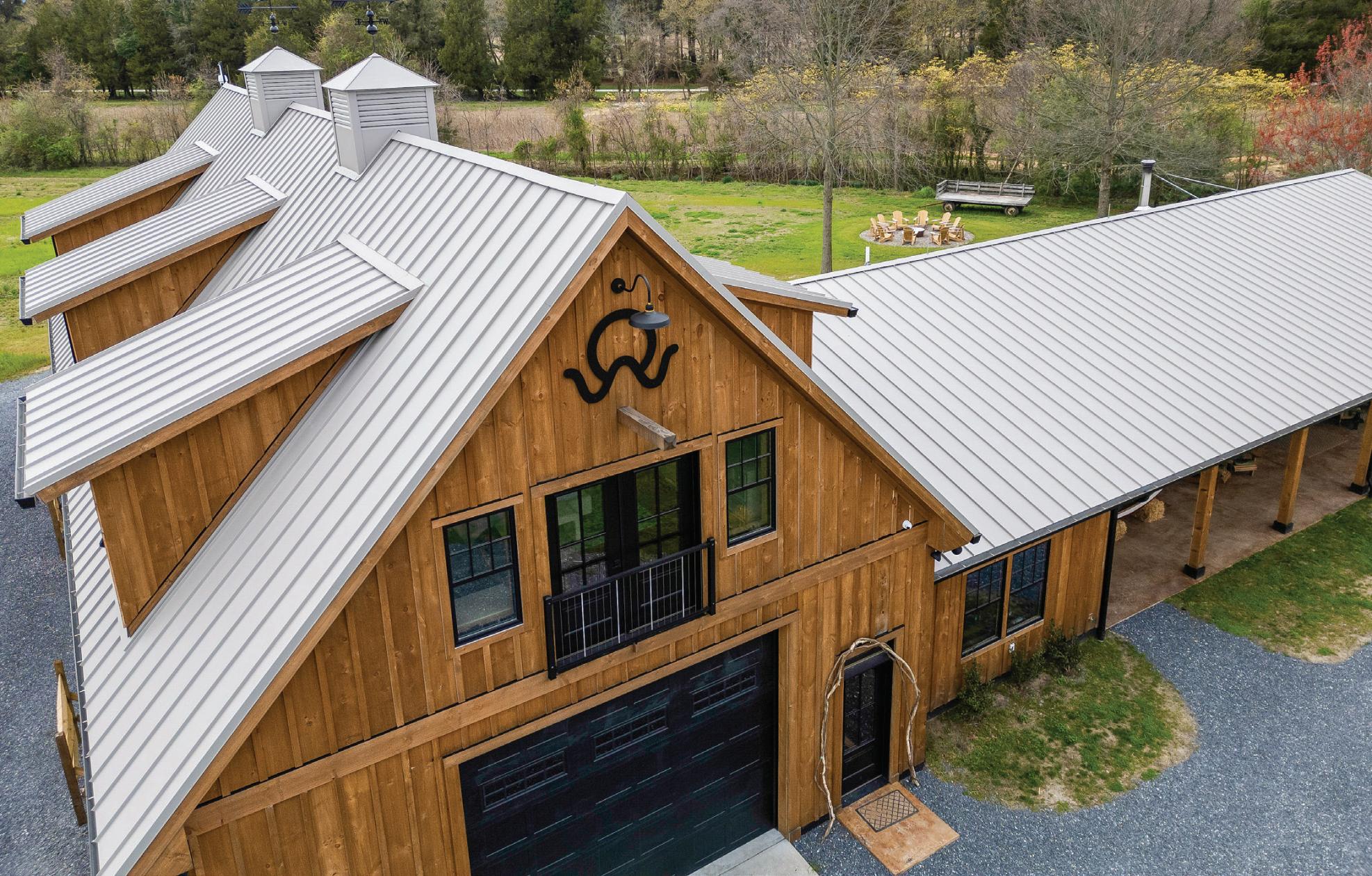































































ONE OF TALBOT COU NTY'S PREMIER WAT ERFRONT COMMUNIT IES FEAT URES COASTAL STYLE HOMES BUILT BY PAQ UI ND ESIGN BUILD.
CENTRALLY LOCATE DB ETW EEN EASTON & ST. MIC HAELS &J US TAS TONE'S THROW FROM THE OX FORD BE LLEVUE FE RRY ON THE TRED AVON. THE CO MMUNITY FE ATURE SI TS OWN PRIV ATE BEACH &K AY AK LA UNCH WIT H NE AR BY PUBLIC PARK WI TH PLA YGRO UND & MARINA. JUST MINUTES TO TALB OT COUNTY'S FAV OR ITE WA TERFRO NT TOW NS BY CAR, BIKE, OR BO AT.





